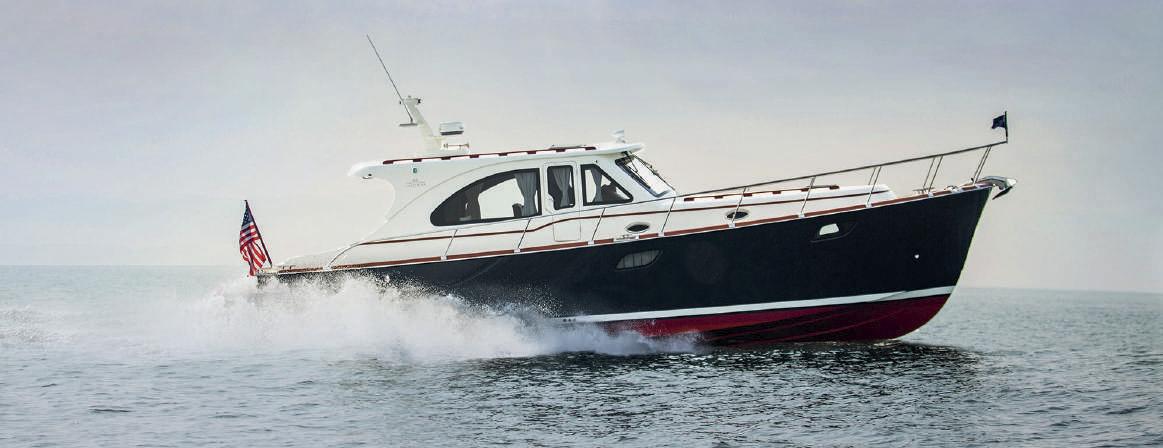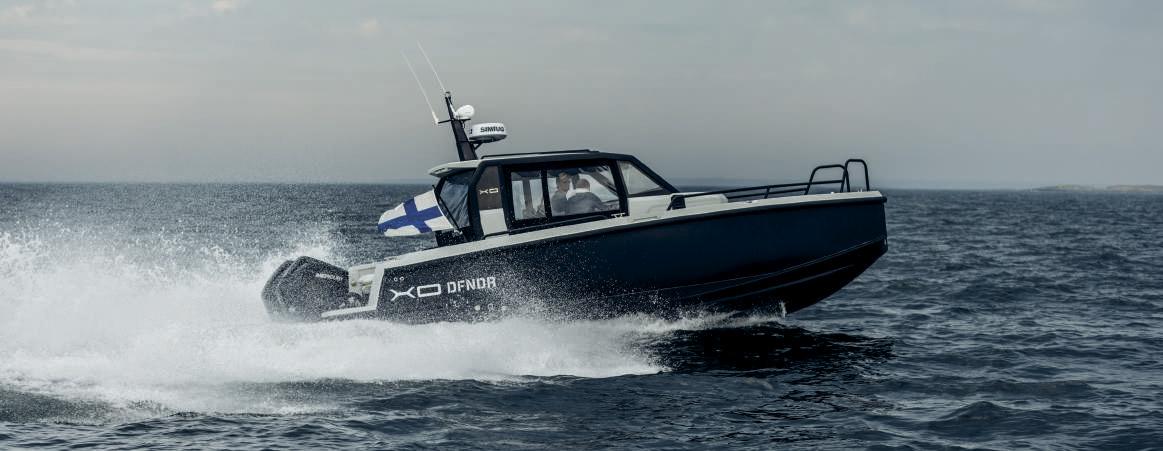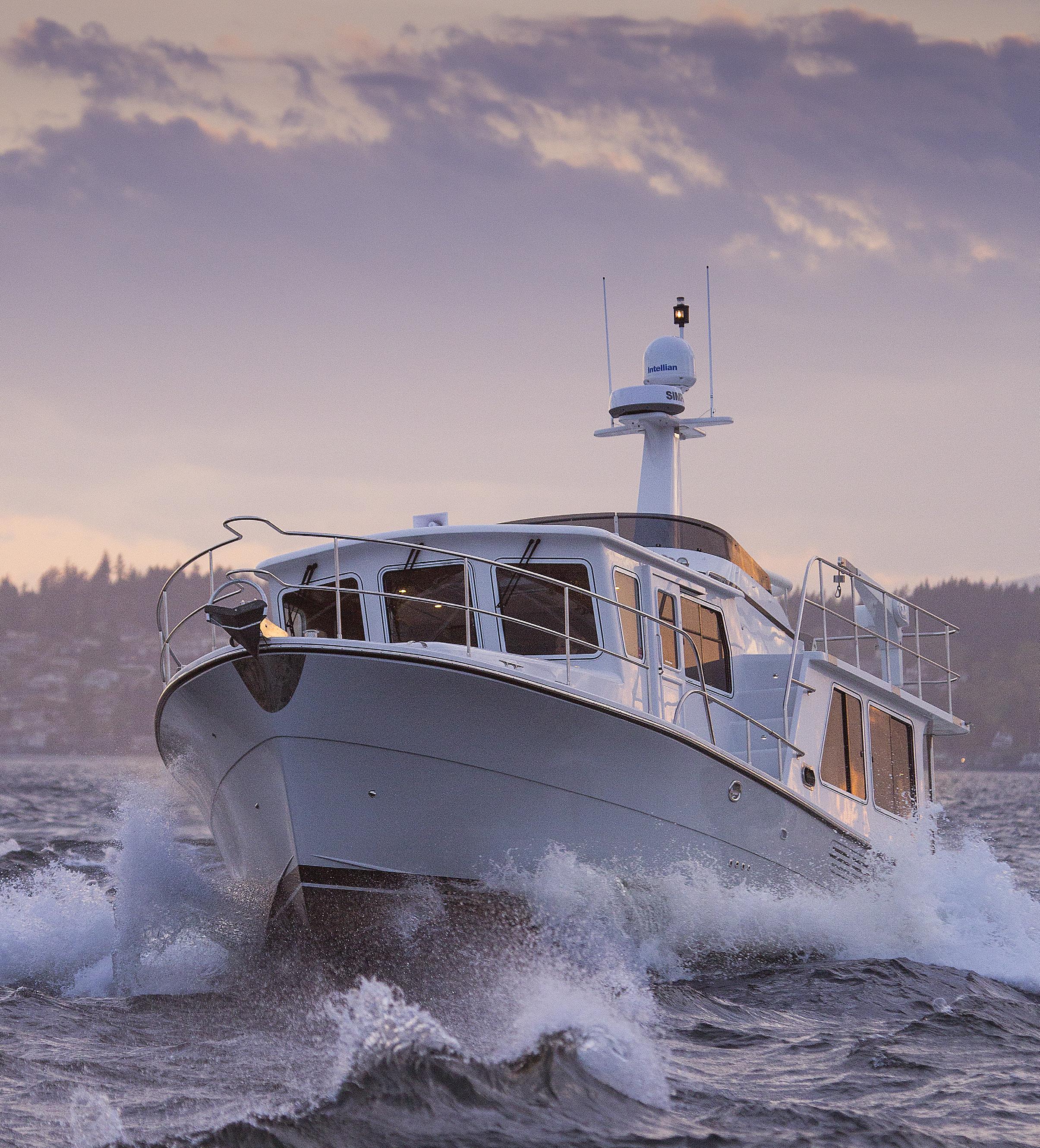








































We’ve made it to February. The holidays are over and the summer, with its quiet nights on the hook and refreshing swims off the stern, feels a long way off. Thankfully, the February Boat Show issue of Pacific Yachting is here. We do our best each year to make this issue as entertaining and informative as possible—to fill those dark and dreary days with nautical lessons to be learned and things to look forward to.
But there’s something else to look forward to this year (at the time this is going to press, at least). The Vancouver International Boat Show is back, and in person! I am not sure about you, but I am looking forward to seeing everyone’s faces, reuniting with readers and clients and enjoying the collective vibe that always feels like the kick off of boating season. A lot has been lost these past two years as we’ve gone without the in-person show. If you’re on the fence at all about going, don’t be. All your favourite exhibitors (and some new ones) are returning this year so you’re sure to find everything you need to start the 2023 season off right. Come say hi to the Pacific Yachting crew in the concourse of BC Place.
As for this issue, we hope it gets you as excited as it gets us. Turn to page 40 to find out if your photo submission won our annual Pacific Yachting
Photo Contest. Didn’t submit this year? Check it out anyways for some cruising inspiration. We love seeing what our readers got up to over the last year and we’re always amazed by some of the places you go.
Interested in the latest developments in new boats, check out our New Boat Roundup starting on page 53. There’s something for everyone on these pages and it’s fun to browse even if you aren’t looking for an upgrade.
More interested in honing your seamanship skills, read Liza Copeland’s column on special buoys, fixed aids and other navigational markers. It’s amazing how much there is to know about navigation—and knowing it could very well save you and your boat the next time you’re on the water. Also check out the final instalment of Martyn Clark’s three-part series on marlinspike seamanship, where he elucidates on best practices for coiling, belaying and preventing chafe. I have looked forward to these instructional columns and I am sad to see them end. On the bright side, Martyn has a few other column ideas up his sleeve so stay tuned for more seamanship knowledge this year.
I know it’s only February, but before you know it summer will be here and we’ll be spending long, relaxing days on the water. Swing by the boat show and make sure you’re ready for when those moments arrive.
–Sam Burkhartpacificyachting.com @pacific_yachting pacificyachtingmagazine
EDITOR
Sam Burkhart editor@pacificyachting.com
ART DIRECTOR Arran Yates
ASSISTANT EDITOR Blaine Willick blainew@pacificyachting.com

AD COORDINATOR Summer Konechny
DIRECTOR OF SALES
Tyrone Stelzenmuller 604-620-0031 tyrones@pacificyachting.com
ACCOUNT MANAGER (VAN. ISLE) Kathy Moore 250-748-6416 kathy@pacificyachting.com
ACCOUNT MANAGER Meena Mann 604-559-9052 meena@pacificyachting.com
PUBLISHER / PRESIDENT Mark Yelic MARKETING MANAGER Desiree Miller GROUP CONTROLLER Anthea Williams ACCOUNTING Angie Danis, Elizabeth Williams CONSUMER MARKETING Craig Sweetman
CIRCULATION & CUSTOMER SERVICE Roxanne Davies, Lauren McCabe, Marissa Miller
SUBSCRIPTION HOTLINE 1-800-663-7611
SUBSCRIBER ENQUIRIES: subscriptions@opmediagroup.ca
SUBSCRIPTION RATES
One year Canadian and United States: $48.00 (Prices vary by province). International: $58.00 per year.
Editorial submissions: Submissions may be sent via email to editor@pacificyachting.com or via mail with a self-addressed, stamped envelope. Queries are preferred. The publisher assumes no responsibility for lost material.
From time to time, we make our subscribers’ names available to reputable companies whose products or services we feel may be of interest. To be excluded from these mailings, just send us your mailing label with a request to delete your name.
Printed in Canada
Return undeliverable Canadian address to Circulation Dept. 802-1166 Alberni Street Vancouver, BC V6E 3Z3 Canada
Contents copyright 2022 by OP Media Group Ltd. All rights reserved.
ISSN 0030-8986 802-1166 Alberni Street Vancouver, BC, Canada V6E 3Z3 Tel: (604) 428-0259 Fax: (604) 620-0245

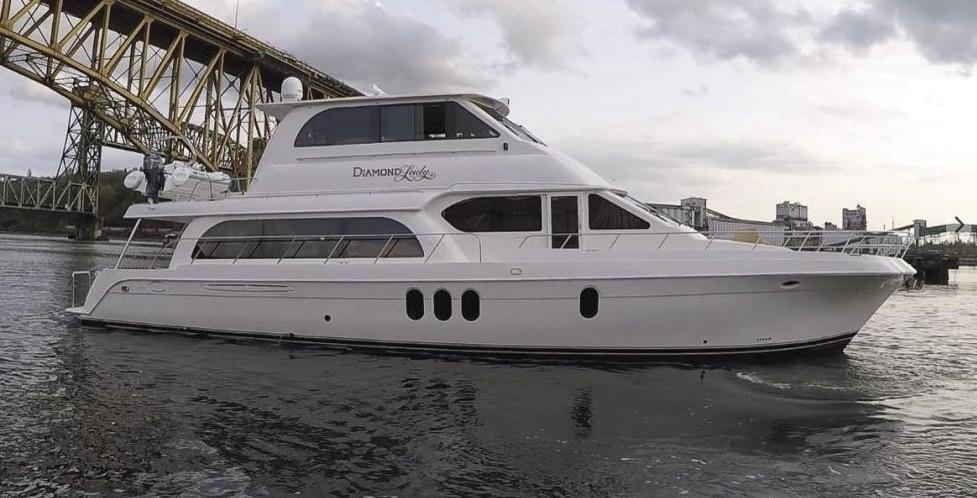


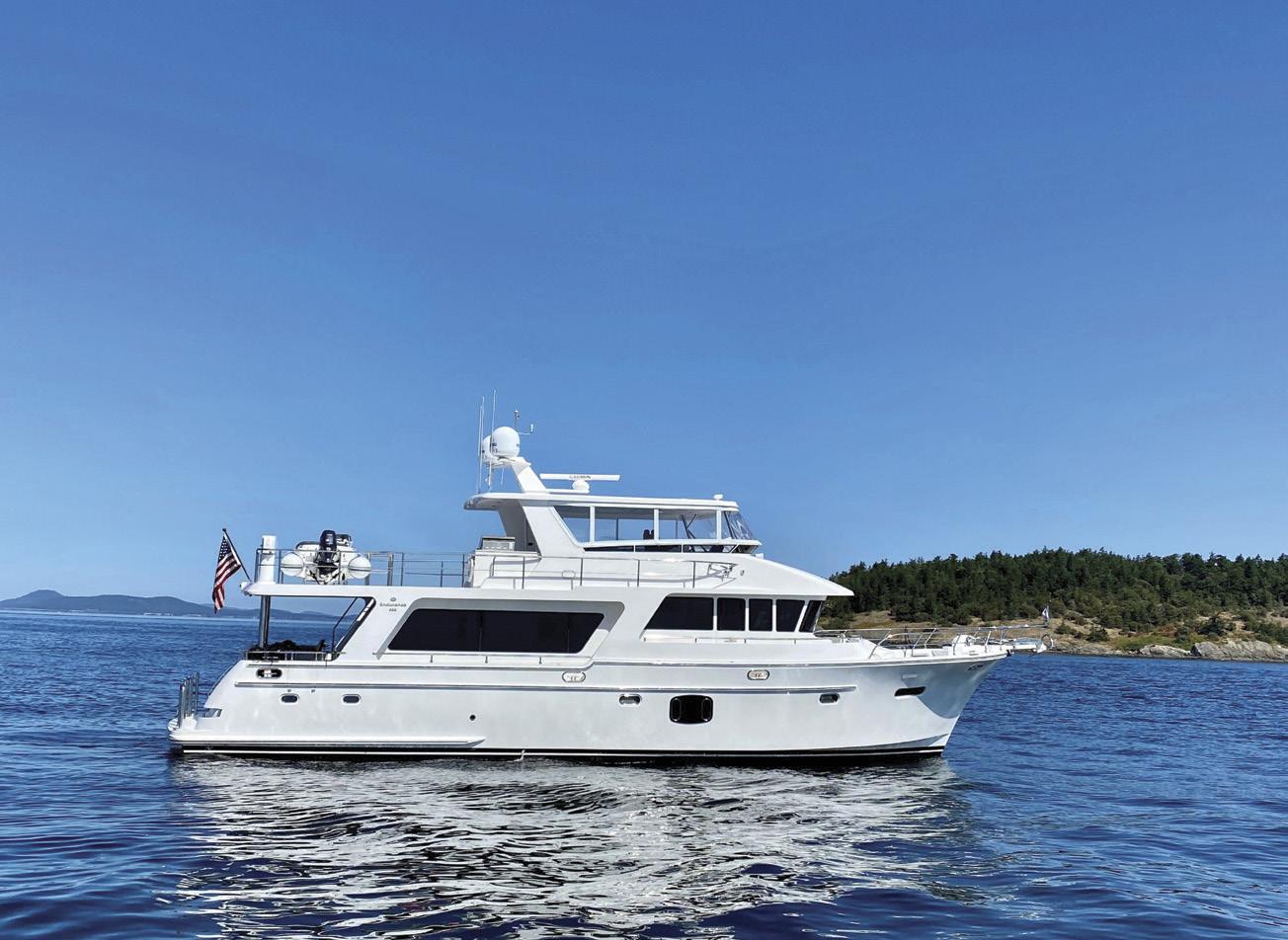

Send your letter, along with your full name, and your boat’s name (if applicable), to editor@pacificyachting.com. Note that letters are selected and edited for brevity and clarity.
Great article on the problems freighters create in the Southern Gulf Islands and the irreversible environmental damage being done. Such a shame that the Port can’t manage the elimination of these anchorages through better management and prioritizing marine life and this unique ecosystem. I wonder how many years it will be before the only thing that sails around the Southern Gulf Islands and the Salish Sea is freighters? What a tragedy for the yachting/sailing/kayaking communities and all of those who call the Southern Gulf Island waters home.
It was the summer of 1973 that I first visited Ocean Falls. We were in between fishing openings on the Central Coast so a side trip to Ocean Falls was decided upon.
As we turned the corner the lights were blazing. The mill was still opetating at that time.
We stayed a couple days, ate our meals in the cafeteria in the Martin Inn, drank some beer in the large pub and took a tour of the mill—a rather dark, noisy place as I recall. We then motored back to the fishing grounds around Bella Bella.
Over the years, from time to time, I would take a break between openings and go to “the falls” for some entertainment and good water—the fuel station there had the best water on the coast!
Then the mill shut down around 1980 and things began to fade away. The trips to Ocean Falls became less and less. Ironically, the pulp mill that Ocean Falls’ timber quota was transferred to in Elk Falls, just north of Campbell River, now stands empty and silent.
In 2009, the last year I commercial fished on the way up to Prince Rupert, I took a side trip up to Ocean Falls. I stayed the night, and the next day I walked out to Martin Valley to photograph the houses, many with new tin roofs, then I motored off to Shearwater. I thought this would be the last time but a few years back I took a friend’s vessel from the West Coast of Vancouver Island up to Bella Coola. On the way we spent a day and night in Ocean Falls.
The Martin Inn was wide open. It had been previously locked and chained up tight. I climbed up onto the roof and up into elevator motor house. The view was great, the condition of the building was anything but!
Ocean Falls with its dam and power plant will probably escape the fate of other communities such as Butedale—still hanging on by its teeth— or the first working pulp mill in BC, Swanson Bay.
Anyway, Ocean Falls is part of the once thriving ventures such as those found at Namu, Bella Bella and Rivers and Smiths inlets. Sometimes one wonders if it all couldn’t have been done better?
—Dennis Peacock Clearwater, BC





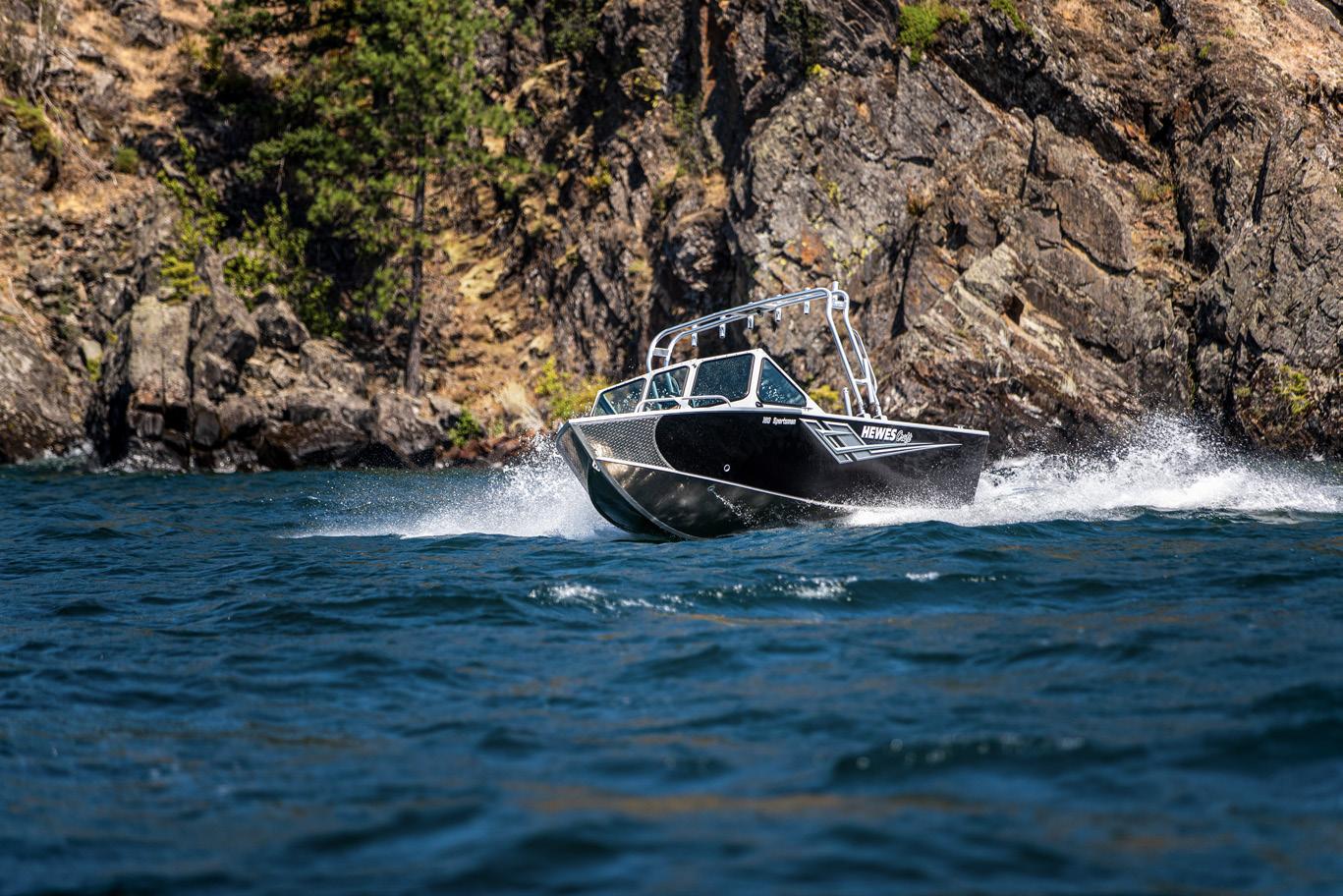
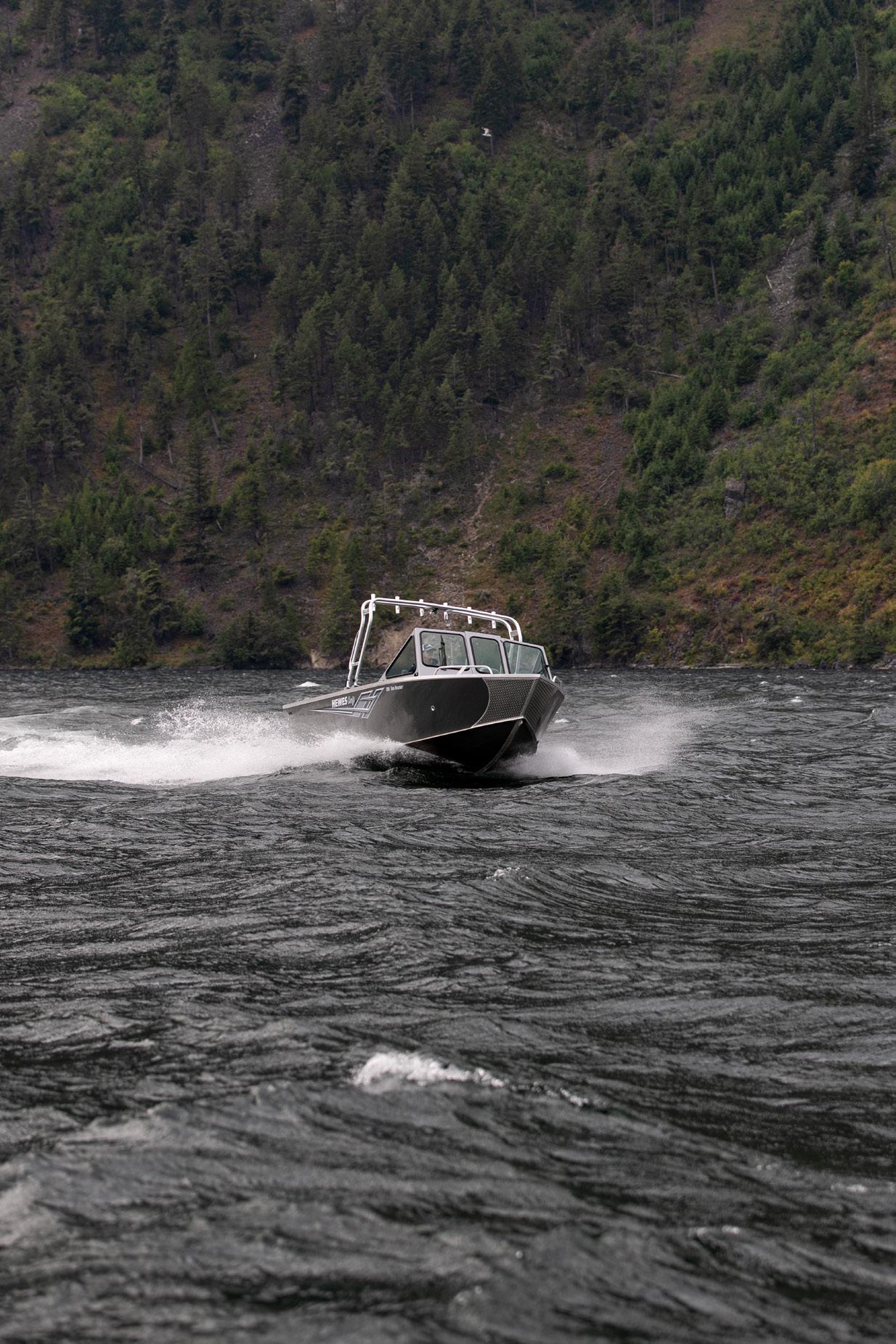



This is a local news-driven section. If something catches your attention that would be of interest to local boaters, send it along to blainew@pacificyachting.com.
FERRY NEWSot everyone who boats cruises on a recreational sailboat or powerboat. The residents of the Southern Gulf Islands—Mayne, Saturna, Galiano, and the Penders—board a larger vessel and have ridden the dependable Mayne Queen ferry for 57 years. You’ve surely seen it if you’ve ever boated in the Gulf Islands. The 287.7-foot
(84.96-metre) ferry carries up to 58 cars, plus 400 passengers and crew. Travelling at a top speed of 14.5 knots, the ferry has transported more than one islander generation to Vancouver Island for supplies, groceries and medical appointments. The ferry was constructed in 1965 at the Victoria Machinery Depot and has been a lifeline for the four islands’ populations,

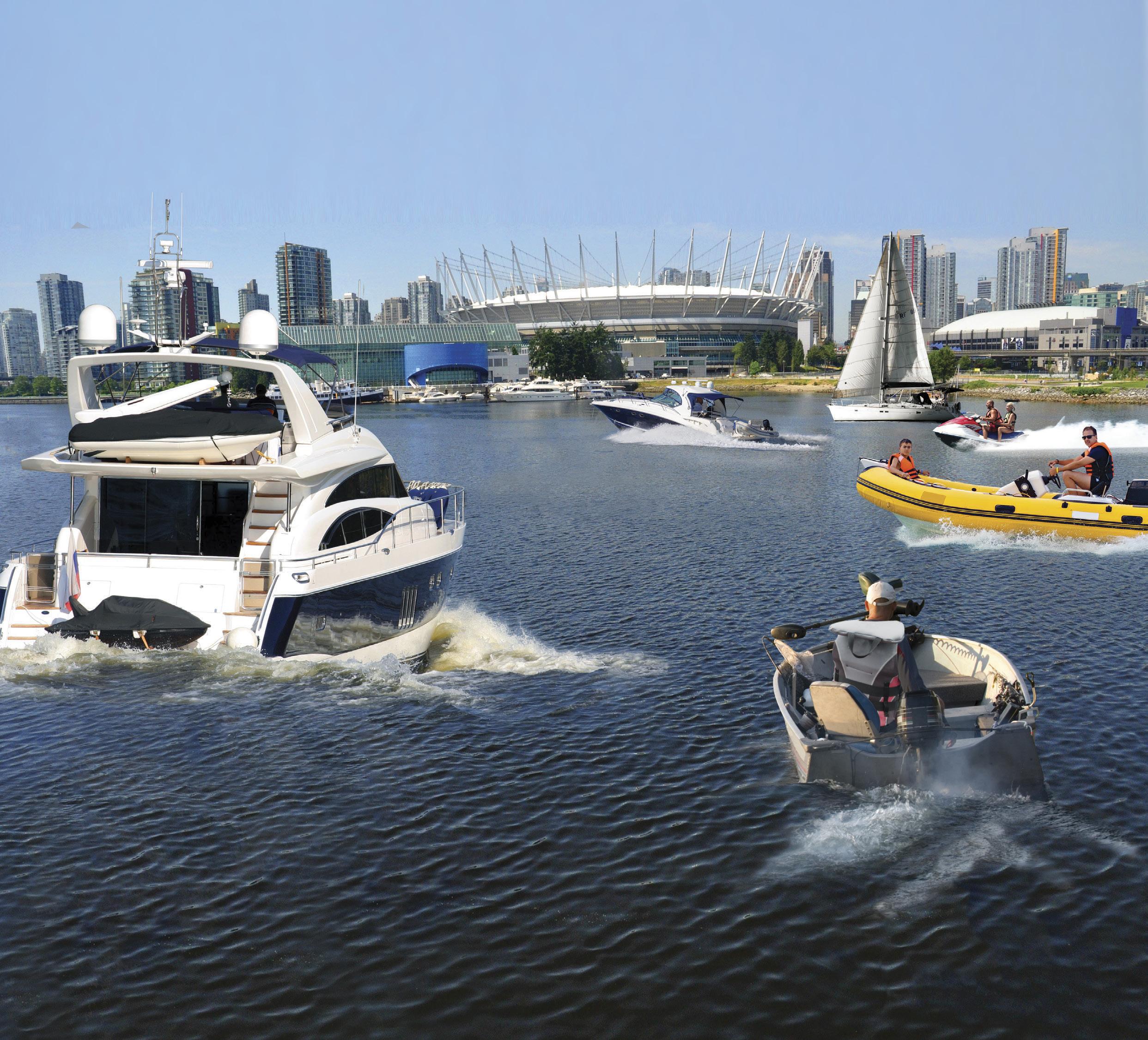

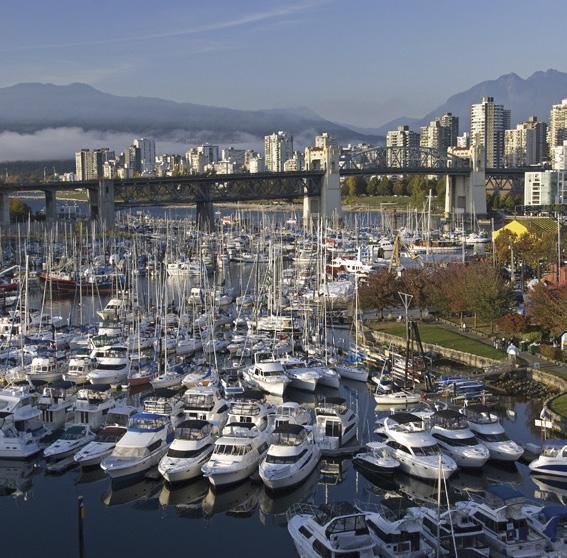
as well as transport for the tens of thousands of vacationers, hikers and cyclists who visit during the summer for events like the Saturna Lamb Barbecue.
Saturna-resident, Senator Pat Carney (retd), told me her mother wrote an article about the Mayne Queen’s maiden voyage more than half a century ago. “As a multigenerational resident of Saturna,” she said, “I’ve sailed this ferry for decades. It’s my favourite ferry, the queen of the entire fleet. Totally reliable. There’ll never be another like her.”
To celebrate her retirement, the Mayne Queen held two days of events during her last runs among the island quartet. On November 19, she travelled the last service with passengers aboard; many islanders rode the ferry for this last voyage, enjoying the beautiful route, communing with crew

who’ve become friends and who’ve been devoted to running and maintaining her. The crew reported that sometimes passengers show their appreciation by bringing donuts.
The next day, the ferry made her last round without passengers. At each island dock, the Mayne Queen was greeted by residents who’d gathered to say farewell.
Saturna’s Priscilla Ewbank told me 150 people came to Lyall Harbour to honour the ship and crew. “The Mayne Queen has a heart of her own to inspire such enthusiastic appreciation and faithful following,” she said. “She’s sailed into the rhythm of the individual and collective heart of our communities.” One Saturna choir member had written a farewell song. An eight-foot banner celebrated 57 years of splendid
service. Gifts for the crew were delivered and food was so plentiful, it had to be served on the car deck. Children, dogs, even a baby in a stroller participated in the farewell ceremony.
The Mayne Queen will not be mothballed but will serve as relief vessel when other ferries are out of commission or need drydock upgrades or repairs. According to BC Ferries, the 107-metre Salish Class ferry, the Salish Heron, replaces the Mayne Queen. The Salish Heron can transport 138 vehicles and 600 passengers and crew at a maximum speed of 15.5 knots.
She will have to prove herself to garner the affection the Mayne Queen earned over the past five-and-a-half decades.
—Marianne ScottFebruary 1 to 5
WESTERN CANADA’S LARGEST boat show is back at BC Place and on-the-water at Granville Island Maritime Market & Marina from Wednesday, February 1 to Sunday, February 5. After a two-year hiatus, this well-loved boating event is returning. This year’s show will feature an incredible display of boats, featuring the latest in power and sail, inflatables, paddleboards and more! There will be free interactive seminars and do-it-yourself workshops, as well as entertainment for the whole family. We can’t wait to see you there!
For more information, a full seminar schedule and to purchase tickets visit vancouverboatshow.ca.





February 3 to 11



START DREAMING AND get your shopping lists ready! The Seattle Boat Show presented by Union Marine and the Port of Seattle is back from Friday, February 3 through Saturday, February 11. It’s the largest show on the West Coast with two locations: indoors at Lumen Field Event Center and on the water at the Port of Seattle’s Bell Harbor Marina.

There are three acres of the latest and greatest gadgets and gear as well as an extensive seminar selection. Twenty-five percent of this year’s seminars are new and focusing on technology and innovation. The special seminar ticket includes multi-day admission to the show, a boatload of goodies and access to all seminars online and on demand after the show.
If that weren’t enough fun, there are wine and beer nights, a Dogs on Deck promotion and a special Kids AquaZone full of family-friendly activities.
A free shuttle runs continuously between both locations. To find out more go to seattleboatshow.com.
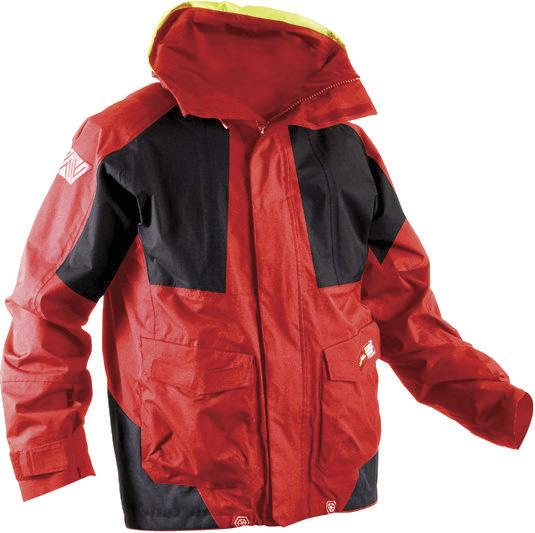


Seaweeds are my muse,” writes Amanda Swinimer in The Science and Spirit of Seaweed She sums up her book in its subtitle: Discovering Food, Medicine and Purpose in the Kelp Forests of the Pacific Northwest.
From the moment Swinimer tasted the explosive flavour of dried bull kelp, she vowed to make seaweed her life’s work. Extending her science degree from Dalhousie University, she began studying the ocean and the fundamental role seaweed (macroalgae) plays in the planet’s ecosystem. She founded a company on Vancouver Island’s west coast, Dakini Tidal Wilds in 2003, and continues to sustainably harvest our coastal kelp forests.
Beautiful photos illuminate the green, red, and brown seaweeds she describes (the pages are colour coded), and the images of the most common species show us how to identify them, and describe their range, their nutritional and culinary properties, their medicinal value, and how they’re harvested. As she focuses on sustainability, she has deep concerns about our oceans having become dumping sites.
She includes a short chapter on how to harvest kelp explaining that if we don’t want to dive into the
ocean, or own a boat, we can find seaweeds washed up on the beach and how to assess their viability for consumption.
Swinimer intersperses personal reflections and experiences throughout the book. She writes that “Providing people with what I deeply believe is one of the most health-supporting living organisms on the planet gives me a sense of purpose that I need in order to feel whole.”
An extensive section is devoted to seaweeds’ health qualities. Their medicinal and nutrient-rich food properties have been known since ancient times and in the past few decades, science has verified them. Swinimer hails seaweeds’ vitamins, high fibre, essential fatty acids and proteins, and even includes a photo of a toddler chomping on a piece of dried seaweed. She highlights the minerals that are essential to health and that seaweeds “are the most concentrated food source of minerals on the planet.”
The book concludes with recipes that range from Vancouver Island Niçoise Salad to Seaweed Crackers to Chocolate Macadamia Ginger Kelp Pavement.
The Science and Spirit of Seaweed is a highly informative, readable book. While you are sailing our coast and visiting shores, Swinimer may inspire you to snorkel or dive into a kelp forest or collect your dinner on the beach. The book was shortlisted for the 2022 City of Victoria Butler Book Prize.

—Marianne Scott
Sidney, BC | 250-656-2639
INA MARINE Victoria, BC | 250-474-2448
INLET MARINE Port Moody, BC | 604-936-4602
LA MARINE Port Alberni, BC | 250-723-2522
LUND AUTO & OUTBOARD LTD. Lund, BC | 604-483-4612
MADEIRA MARINE 1980 LTD. Madeira Park, BC | 604-883-2266
M&P MERCURY SALES Burnaby, BC | 604-524-0311
MONTI’S MARINE & MOTOR SPORTS Duncan, BC | 250-748-4451
ROD’S POWER & MARINE LTD. Tofino, BC | 250-725-3735
SEA POWER MARINE CENTRE LTD. Sidney, BC | 250-656-4341
MERCURY 5.7L V10 350 AND 400HP
VECTOR YACHT SERVICES LTD. Sidney, BC | 250-655-3222

V10 Verado outboards shift your expectations performance feels like. They come to power, propelling you forward to sensational smooth, quiet and refined, they deliver only Verado outboards can provide.
Mercury engines are made for exploring.
400HP VERADO ®


expectations of what high-horsepower to life with impressively responsive sensational top speeds. Exceptionally deliver an unrivaled driving experience
V10 Verado outboards shift your expectations of what high-horsepower performance feels like. They come to life with impressively responsive power, propelling you forward to sensational top speeds. Exceptionally smooth, quiet and refined, they deliver an unrivaled driving experience only Verado outboards can provide.

Mercury engines are made for exploring. So are you. Go Boldly.
exploring. So are you. Go Boldly.
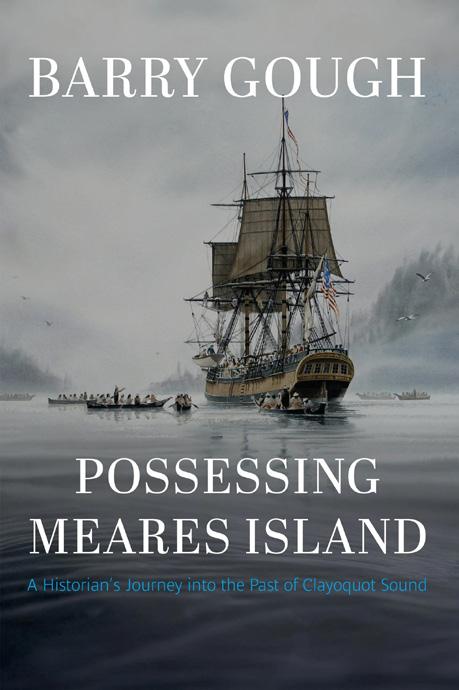 By Barry M. Gough, Harbour Publishing, 207 pages, $36.95.
By Barry M. Gough, Harbour Publishing, 207 pages, $36.95.
At first glance you might think this book, written by one of Canada’s leading historians, might be a tad heavy going. However, I read and reviewed Gough’s Fortune’s A River: The Collision of Empires in Northwest America for Pacific Yachting back in 2007 so I knew better. No disappointments here either. This nautical and maritime history expert has again balanced extensive research, archival references, personal experiences and interviews with some darn fine writing. I love the way Gough is able to equally inform and engage—if only my high school texts had been like this!
For many of us, Meares Island embodies the fight to save old growth timber in Clayoquot, but as Gough recounts, it did considerably more than that; the fallout from the protests and the Nuu-Chah-Nulth Tribal Council’s court case in 1985 (resulting in an ongoing injunction to halt logging on Meares Island) led to the formation of BC’s provincial Ministry of Native Affairs three years later. A move probably accelerated by overwhelming public support for the government’s entry into treaty negotiations.
Contacted several years earlier by the legal firm representing the Ahousaht and Clayoquot tribes, the author had undertaken copious research on the history
of Meares Island in defence of their claim to the island. The eventual decision resulted in an injunction on logging that is still in effect, beginning a positive process that would halt clear cut logging and be a victory for both the environment and for First Nations accommodation (a noun which the author, in his penultimate chapter, has convinced me is far better than ‘reconciliation’, which he points out is an old term of colonisation).
At the heart of the book is the story of sea otter Chief Wickaninnish and his territory, Clayoquot Sound, although Chief Maquinna and Nootka Sound also factor in. The 11 chapters are in two parts, The Empire of Fortune and the shorter War for the Woods. They are broken into smaller chapters, beginning in 1770, the beginning of the historical record and the first foreign arrivals in Clayoquot Sound, through to the present time and the fight for the woods. Gough’s style reminds me of good films; he cuts away constantly to other scenes in time and place and subsequently shows rather than tells. I wound up reading this hard cover in mid-December, with Christmas baking undone and gifts unwrapped, and came away with a much more complete understanding of our complicated history.
The author says this is a book of property and possession, but I think that there is much more on display in these pages.
—Cherie Thiessen
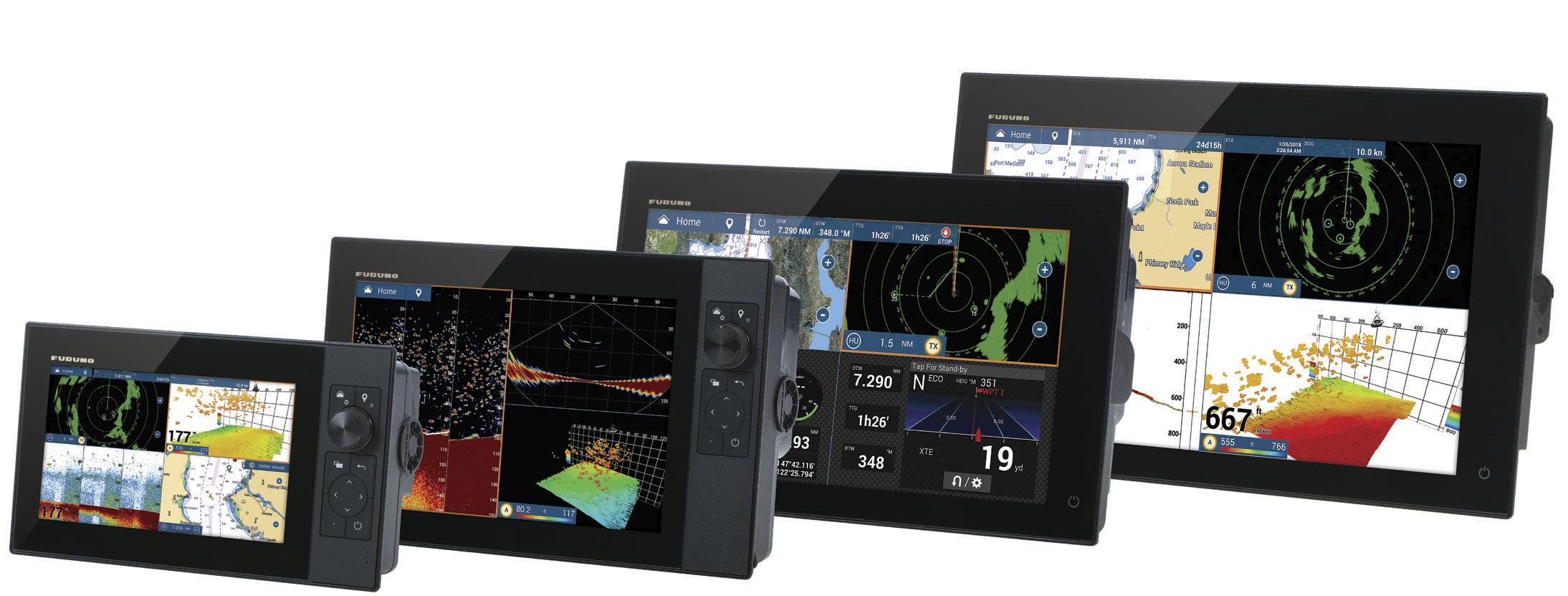



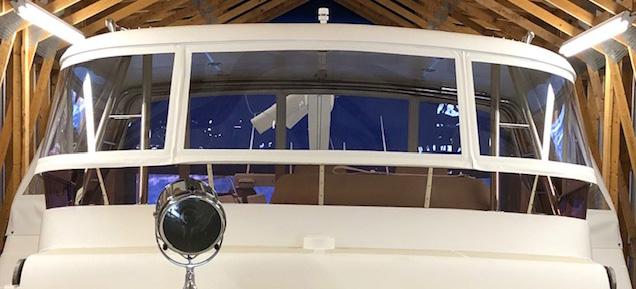


The wonderful waters of the Pacific Northwest are a sight to behold but take a dip at any time of year and you’ll get a striking chill. In Canada, drowning is the third leading cause of accidental death (surpassed by unintentional poisoning and motor vehicle accidents), and the shock of our cold water can cause hypothermia to set in quickly. A young Liam Pope-Lau capsized in the frigid waters of Victoria and experienced just how low temperatures can get.
Pope-Lau, now in Grade 8, was surprised by the cold while he bobbed in his lifejacket. The event stuck with him, and he wondered about the number of people who succumb to hypothermia while waiting for rescue or the people who struggle to save themselves as hypothermia sets in. So, Pope-Lau teamed up with his friend Fraser Tuck and for the last two years they have been working to create a self-heating lifejacket. What they produced became LifeHeat.
The pair have entered numerous science fairs and last year won five awards at the Vancouver Island Regional Science Fair. The design is rather simple, but extremely effective. A regular lifejacket is equipped with a small pouch at the base of the lower back, the pouch is filled with a mixture of chemicals, upon contact with water the pouch produces heat. That chemical mixture is based on calcium chloride, the same ingredient you find in the salt used to de-ice sidewalks in the winter. Pope-Lau and Tuck tested it in the waters of Victoria, carefully changing the mixture to get it just right. Now the pouch can stay warm for 30 to 40 minutes, which could greatly increase the chances of someone overboard being rescued.
In November, the BC Science Fair Foundation held its annual contest, the Youth Innovation Showcase, which encourages youth to explore creative ways to solve everyday challenges. LifeHeat was chosen as one of the finalists of the contest where it was judged by industry


experts. The two Grade 8s walked away from the contest with first place and a prize of $5,000. They plan to put the money back into the project and refine the design.
So, what’s next for Pope-Lau, Tuck and LifeHeat? In their award speech that was streamed online, they mentioned that they have been in contact
with someone in the BC Ferries safety department and are hoping to discuss the possibility of implementing the lifejacket design on ferries. In the long term, the two think their lifejacket has potential, but rather than financial gain they are hoping that their design just helps save lives.
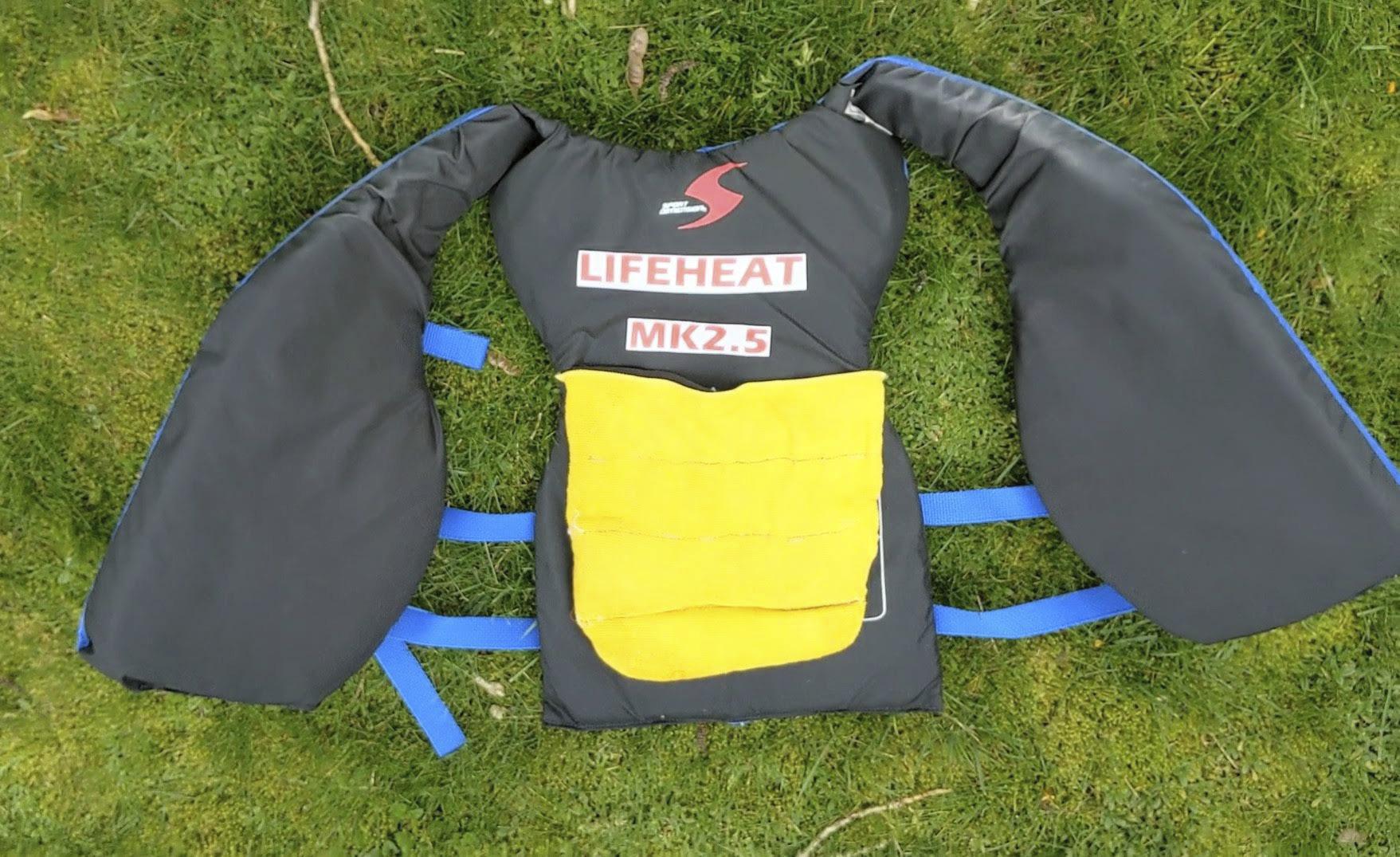







 Blaine Willick
Blaine Willick

On December 6, 2022, the Maritime Museum of British Columbia presented its Beaver Medal to five British Columbians and one organization for outstanding contributions to BC’s marine sector.
Lieutenant Governor Janet Austin was slated to present the medals, but as she was indisposed, Admiral John Anderson (retd) did the honours at the CFB Esquimalt’s Wardroom.
Those receiving the Beaver medal include Roger Girouard, who after re-
tiring as Rear Admiral, RCN, taught leadership at Royal Roads, followed by another service position as Assistant Commissioner of the Coast Guard’s Western Region. While serving the Coast Guard, Girouard made significant contributions to improving prevention and response to marine incidents and shipping safety and established the Reconciliation Framework Agreement between the federal government and 14 Pacific First Nations on marine safety and oceans protection actions. Another medal recipient is artist Bill
Maximick whose powerful and authentic paintings strongly illustrate his many years working on tugs, fishboats and in remote logging camps. He has served as a mentor to other artists. Residing in the Comox Valley, Bill continues to paint.
For nearly 40 years, historian and author John McKay has gained an international reputation for exhaustive research of ships from the 17th to 20th centuries. He has drawn meticulous plans of historically significant ships whose original plans have been lost. As one example of the many detailed plans that Mr. McKay has published, his book on Lord Nelson’s flagship, The 100-Gun Ship Victory, includes 300 perspective and three-view drawings, which have enabled model-makers around the world to build accurate Victory models. Beginning his maritime career as a cadet,
An active shipping lane is no place to stop for a photo. Move to the side and keep the channel clear.

IT’S A PICTURE PERFECT DAY ON THE WATER. DON’T SPOIL IT WITH A RISKY
Phillip Nelson joined Transport Canada where he has served as ship inspector, master and mate examiner, port warden and Labour Canada Safety Officer. He subsequently became the regional director of Transport Canada Marine Safety Branch in Ontario. For the past 19 years, Mr. Nelson has served as President of the not-for-profit Shipowners’ Association. Kevin Obermeyer began his maritime career as Port of Nanaimo’s harbour master, then became Director of Marine Operations with the Pacific Pilotage Authority, and subsequently served as CEO of that organization. His work has focussed on developing protocols and guidelines for navigational safety. He has also been active in the Oceans Protection Plan and chairs the International Sailors’ Society Canada. Greg Willmon and Barrie Rogers of

Devon Transport bought Lady Rose Marine Services in the summer of 2021, thereby ensuring that the MV Frances Barkley would continue to offer essential transport and passenger services to Bamfield, Ucluelet and Barkley Sound as well as connecting Tseshaht members to their traditional territories and neighbouring Nuu-chah-nulth. Fifty-one people and organizations have received the Beaver Medal over the past 11 years; they in-





























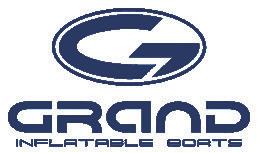



















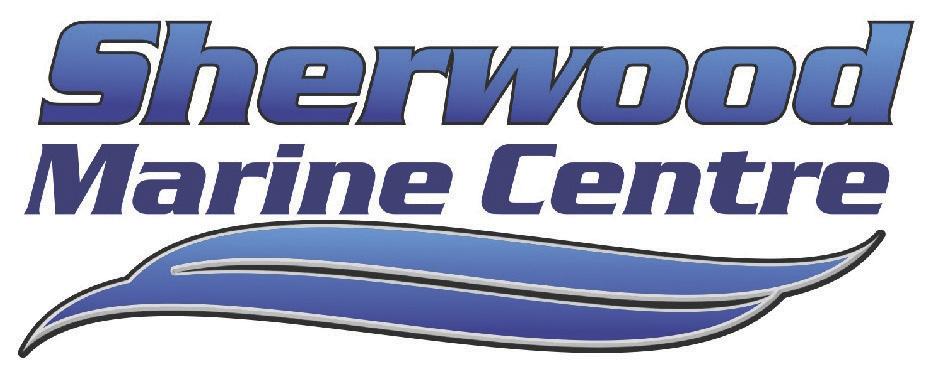
clude boat builders, marine artists, naval architects, entrepreneurs, marine historians and Arctic navigators. The Hudson’s Bay Company’s SS Beaver was the first steam-powered ship on North America’s west coast and operated for 52 years in the fur trade and as a surveying and charting ship until foundering in 1888. The gold-plated Beaver medal is cast from materials salvaged from the wreck.
 —Marianne Scott
—Marianne Scott
Cupid is flying around this month, shooting little arrows everywhere. In the galley, the first thing that comes to mind is chocolate—chocolate mousse, chocolate bark, double chocolate chip cookies, brownies, flourless chocolate cake. I’m ignoring all that. This year, instead, I’m
BY ROXANNE DUNNfocused on the lowly bean.
CExcuse me? A Valentine’s party featuring beans? Did anyone ever say, “A pot of beans, a loaf of bread, and thou?”

If not, it’s time someone did. Cooking beans for your family and friends says “I love you.” They are heart-healthy, nutritious little powerhouses. Heck, they help make healthy hair, skin, blood, muscle, bone, gut, and joints, too. In fact, every type of cell benefits.
Need a vegetarian main? When combined with grains, they form a complete, low-fat, high-fibre protein that delivers all nine essential amino acids. And there’s one more thing in their favour:
since they take up little space and don’t require refrigeration, they make great cruising companions.
Wait a minute. Beans are carbs, aren’t they? Yup. And some carbohydrates have a bad reputation, which they deserve. But beans are complex carbohydrates. As a result, they break down more slowly and affect our bodies differently than their refined cousins. Plus, they contain a lot of fibre, and a highfibre diet reduces the risk of cardiovascular disease and helps lower the level of blood sugar.
Mixed with a little love, herbs, spices and other healthful ingredients, they


















The MKIV Ocean furler: It’s built for hard work. Which is nice because nobody aboard is particularly interested in that.


We developed the brand new MKIV Ocean furler especially for cruisers who would prefer a furler for cruisers. One smooth-rolling enough to make every furl a little less physical, while being bullet proof to stand and deliver for years. Designed especially for intuitive assembly and retrofit, the Ocean furler offers Harken’s most robust capability. Then we add the features cruising sailors have been requesting, at a price that is certainly its most competitive attribute.



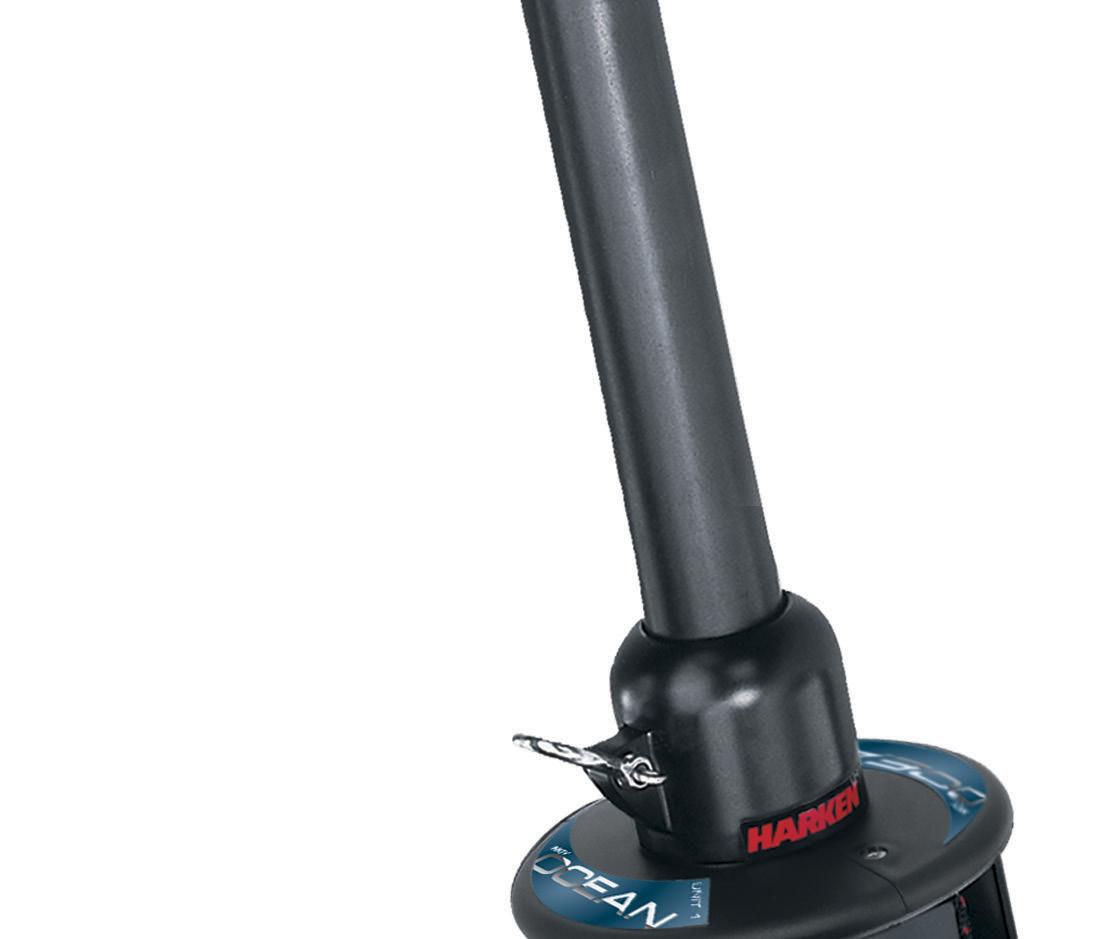










Transat Marine: 800.565.9561 • info@transatmarine.com • www.transatmarine.com Western Marine Company: 800.663.0600 • sales@westernmarine.com • www.westernmarine.com

make interesting, versatile, delicious additions to lunch and dinner menus. Here are some easy-to-make favourites: curried black bean and sweet potato soup; pasta with roasted garlic, tomatoes, and beans; roasted fennel with beans and wilted chard; Tuscan bean soup; cannellini bean salad with oranges and fennel or celery; homemade refried beans.
The only question is whether to use dried or canned beans. Dried beans are less expensive than canned, and some people believe they taste better. Certainly, while cooking, they can be infused with flavour. During the winter, I simmer them slowly with herbs and spices. They create warm, comforting scents that invite me to curl up with a book while they work their magic. During the summer, however, canned beans help keep the galley cool and free up the cook’s time to enjoy being out on the water.
Substituting canned for dried beans or vice versa is easy. One 425-gram (15-ounce) can of beans contains approximately 1.5 cups. Dried beans a little more than double in size when they are soaked overnight and cooked, so you can substitute 3/4 cup dried beans, soaked and cooked, for one can. Exceptions to this are black beans and garbanzo beans, which increase slightly more than others. A scant 3/4 cup dried should equal one can.
If you’re like me, you’ve heard lots of advice about when to add salt to dried beans—before cooking, halfway through cooking, or only after cooking. I wanted to settle this once and for all, so I went to Paula Wolfert’s Mediterranean Grains and Greens book. She says it depends on the age of the beans. If you know they’re fresh, you can add salt when you begin cooking. If you’re not sure how old they are, wait until they’ve cooked for least 30 minutes. It’s worth noting that, according to Paula Wolfert, the amount of time required to cook them also depends on their age. The older they are, the longer it takes. This recipe is one of my favourites.
To make 3 cups cooked beans (equal to two cans [425 grams or 15 ounces])
Note: For any type of dried bean.
•1 1/2 cups dried beans •1 1/2 teaspoons salt
•Water
A small bouquet of fresh thyme or rosemary and parsley, tied in cheesecloth with 1 small sliced carrot, 1/2 stalk sliced celery, 2 cloves garlic, 10 peppercorns, a bay leaf and / or other aromatics as desired.
1. Place beans in a pot or bowl.
2. Cover to twice the depth of the beans with cool water.
3. Soak overnight.
4. Drain, place in a heavy pot, and add 4 1/2 cups water or enough to cover.
5. Submerge aromatics if using.
6. Simmer at least 30 minutes, skimming off foam.
7. Add salt.
8. Simmer, partially covered, until tender, depending on the type of bean and its age, approx. 60 to 90 minutes total.
9. Cool in liquid. Remove aromatics. Use or refrigerate in liquid up to three days.
Note: Cannellini beans preferred. Makes for 6 to 8 servings
•1 1/2 cups cooked dried beans or canned beans
•280 grams (10 ounces) orecchiette or other small pasta
•4 cups baby spinach
•1 425-gram (15-ounce) jar artichoke hearts
•1/3 cup thinly sliced red onion or scallions
•1/2 cup sliced black olives
•1/2 cup chopped parsley
•3/4 cup diced red bell pepper
•Salt and freshly ground pepper to taste
Optional: Feta cheese, crumbled
Dressing
•2 – 3 cloves garlic, minced
•2 – 3 tablespoons shallots, minced
•1/2 cup extra virgin olive oil
•2 tablespoons red wine vinegar
•2 tablespoons freshly squeezed lemon juice
•1/2 teaspoon lemon zest, packed
•1/2 teaspoon salt
•20 grinds pepper
•1 teaspoon Dijon mustard
•1/2 teaspoon herbes de Provence
Optional: Pinch red pepper flakes
1. Shake dressing ingredients in small jar.
2. Drain beans, toss with half the dressing; refrigerate two hours.
3. Cook pasta, drain, toss with beans.
4. Coarsely chop spinach and artichoke hearts.
5. Add remaining ingredients.
6. Toss, add dressing to taste, correct seasonings.
Pasta Salad with
You can make it with whatever pasta you have on board and use either dried or canned beans. Generally, I use orecchiette and cannellini beans. To make it more appealing to children’s palates, I’ve toned down the dressing by reducing the amount of mustard, red pepper and shallots that I normally use. Feel free to amp it up. While this salad tastes good right away, it also benefits from a day in the refrigerator. Enjoy!
7. Serve at room temperature.




Ation, Sailing Directions, the Canadian Aids to Navigation System, GPS/DGPS publications and the Owner’s Guide to Private Buoys
As I cruised the Gulf Islands recently, I realised how frequently one uses navigation aids when cruising our local waters. Not only do they aid safe passage through channels, they also help us avoid the many shallow reefs along our rocky shores. While the low spring tide showed many of the jagged rocks, high water painted a different picture, making it easy for careless boaters to try to cut corners, only to find themselves aground in well-marked channels. It reinforced the importance of identifying these aids and keeping them in sight visually, as well as using electronic charts, for safe cruising.
Visual aids include buoys, day beacons, day marks and lights. In my last article I covered lateral and cardinal buoys and will now continue with an overview of the special situation and fixed aids to navigation that are common in BC waters. For further reference the Canadian Coast Guard has both a detailed document online as well as a quick reference guide to help understand their functions, and suggests they be used in conjunction with other marine publications such as nautical charts, List of Lights, Buoys and Fog Signals, Radio Aids to Marine Naviga-
Special buoys are categorized into cautionary, anchorage, information, hazard, control, mooring, scientific, keep out, diving and swimming. Each indicates information in a different way, so having the Coast Guard’s quick reference guide handy is invaluable, particularly in busy boating and water sports areas.
Shape has no significance with special buoys although they are often cylinders. They may have yellow reflective material or yellow lights; and cautionary, scientific and anchorage buoys may display a yellow ‘x’ topmark. They can have letters but are not numbered and may carry a flag.



Be aware that in addition, there are also boating restriction signs such as
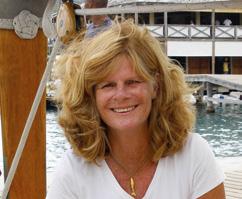
speed limits, “no water skiing” or “no motoring allowed” which are generally framed by orange and may indicate a direction.
These are fixed structures with a light that may be at or near shorelines or on built up man-made piers in or near waterways. The light colour, flash character, and the colour and shape of the structure is listed in the List of Lights, Buoys and Fog Signals which is a Canadian government publication and may also be noted on a nautical chart. Light types include fixed, isophase, flashing, occulting and emergency backup.

Physical types and shapes vary. They can have vertical or tapering sides, be circular, square, polygonal or octagonal in shape, and can be constructed of wood, masonry, concrete, metal or fibreglass. They may be slender cylindrical structures such as pipes or poles or open skeleton towers.
Control: Notes speed limits, wash restrictions, and other limitations.
Hazard: Notes a hazard such as a shoal or a rock.
Information: Share local information like campsite, marina, etc.
Keep Out: Designates area where boats are prohibited.
Major lighted aids, such as lighthouses, are coastal landfall lights that may display a main light and may be equipped with a fog signal and/or RACON (a radar beacon that transmits a Morse code pulse that can be seen on a radar display distinguishing it from surrounding radar targets).
Minor lighted aids are fixed marks which indicate the position or warn of dangers. Typically, these display a single red, green or black band or a day beacon (explained later) to mark lateral significance (marking the edge of a channel).

These are installed above an isolated danger which has navigable water all around it. They are black with one broad red horizontal band and display identification letter(s).
Cardinal aids indicate the location of the safest or deepest water by reference to the cardinal points of the compass. There are four cardinal aids: north, east, south and west that are similar to cardinal buoys characteristics. See last month’s GO BOATING column for an in depth look at cardinal aids.
Day Beacons are usually unlit aids used primarily to assist the mariner during daylight hours although they may also be found on minor lighted aids.
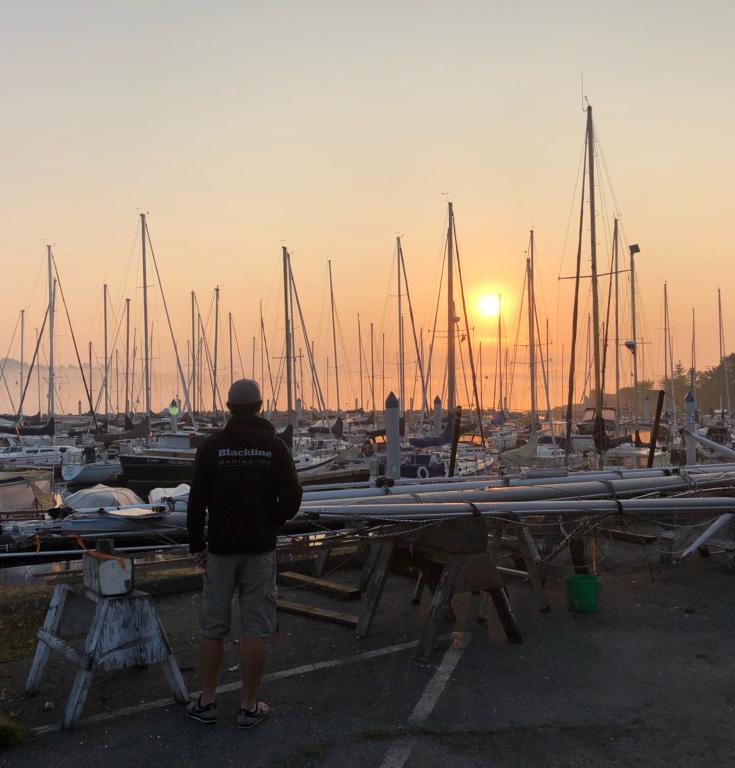

Colour, shape and sometimes a number help identify them. Retroreflective and/or fluorescent accents improve their visibility and identification at night with the aid of a searchlight.
These beacons consist of a black and green square on a white background framed by a reflective green border. A Port Hand Day Beacon identifies the port (left) side of a channel or hazard and must be kept on the left side
when proceeding upstream. Port-Hand Day Beacons may display an odd number marked with reflective white lettering for reference on marine charts.
be kept on the right side when proceeding upstream. They may display an even number marked with reflective white lettering for reference on marine charts.



Port-Junction Day Beacon (bifurcation) These mark the junction of two channels and may be passed on either side. If the preferred channel is desired, they should be kept on the vessel’s port (left) side when travelling upstream.
Starboard-Junction Day Beacon (bifurcation) These beacons mark the junction of two channels and may be passed on either side. If the preferred channel is desired, the Starboard-Junction Day Beacon should be kept on the vessel’s starboard (right) side when travelling upstream.


Note: the correct interpretation of lateral aids requires knowledge of the ‘upstream’, which is when proceeding from seaward, heading toward the headwaters of a river, into a harbour or with the flood tide, when starboard aids must be kept to starboard and port aids to port. This can sometimes be confusing on our coast. For example: when transiting from a channel into a harbour.
A ‘no anchorage’ day beacon is square with a black anchor symbol centred on a white background with a red fluorescent diagonal stripe superimposed across it. Do not anchor within the zone indicated on the chart. The area may contain submerged pipelines, power cables or other hazards on the sea floor.
Ranges are lined up vertically to show safe passage.
recommended track. The shapes and colours of the day marks and the colours and characters of lights are advertised in the List of Lights, Buoys and Fog Signals publication. Although officially described as trapezoidal fixed navigation marks with the front day mark resembling the lower half of an hourglass and the rear day mark resembling the top half of an hourglass in our experience the shape of the range markers varies hugely locally from white wooden triangles to structures on buildings. Despite technological developments, ranges are still worth using today.
Starboard Hand Day Beacon These beacons consist of a red triangle on a white background framed by a reflective red border. A Starboard Hand Day Beacon identifies the starboard (right) side of the channel or hazard and must

A range gives a leading line for navigators with two or more fixed navigation marks situated some distance apart and at different elevations. When both marks are in line the observer is on the
Aural aids, such as bell buoys, whistle buoys and fog horns, have sounds that warn mariners of dangers when
visual aids are obscured by weather conditions. They are normally operated manually or automatically when visibility is reduced to less than two miles. Find out more in the List of Lights, Buoys and Fog Signals.

A sector light consists of a single light whose total luminous beam is normally divided into sectors of different colours to provide a warning or a leading line to mariners. Refer to the chart or government List of Lights, Buoys and Fog Signals.



Newer in concept is AIS AtoN. It is an electronic (digital) navigation aid that is broadcast by an authorized service provider using the AIS Message 21 (aids-to-navigation report) and can be displayed on configured shipborne and shore-based navigation equipment. There are two types of AIS AtoN being used in Canada: physical and virtual. See the CCG e-navigation portal for a more in-depth look.

WE ARE FORTUNATE to have numerous Aids to Navigation along our shores that advise us on the best or preferred route, and to have handy resources through the CCG Aid to Navigation quick reference guide, for identifying unfamiliar aids if needed. Using the double reference of locating these aids visually as well as on the chart adds additional safety, especially in low visibility or if using older charts, and can be especially useful when there is a strong current. Finally, be particularly careful in familiar areas—it is easy to become complacent! Safe sailing!

On the southernmost island in the Salish Sea, tranquil Oro Bay offers a break from the nearby urban areas. With its surrounding pastureland it provides a peaceful setting. Anderson Island is home to approximately 1,000 yearround residents and was named for one of its original settlers in 1841 by Navy Lieutenant Charles Wilkes of the United States Exploring Expedition.
OTranquil Oro Bay is made-up of an outer and an inner bay. The west branch of the bay is well protected from all weather offering plenty of anchoring space in 10 feet (three metres) of water over a mud bottom. Safe entry to the back-bay anchorage is made safely by staying in the centre of the outer bay while approaching the green can and red nuns marking the entrance to the inner bay.
There are three navigation aids to assist skippers with safe entrance into the inner bay. Red nun “2” is kept to starboard when entering and pass between green can “3” and red nun “4”. It is suggested to avoid entering on a zero tide, especially deep draft vessels. Hazardous shoals lie north and south
of the marked entrance.
The inner bay is large at over a mile in length and less than a half-mile wide, but the northern and southern ends dry at low water. There is safe anchorage in the centre portion with plenty of swing room.
When entering the inter bay, a set of docks come into view on the southeast shore. The first is a Tacoma Yacht Club outstation, next is a Bremerton Yacht Club outstation and the third is Oro Bay Marina and home to the Oro Bay Yacht Club.

The southeast shore of this little hidey-hole is also the resting place of the Ocean City, a 189-foot 50car ferry built in 1928. Originally steam-powered, it was built for the
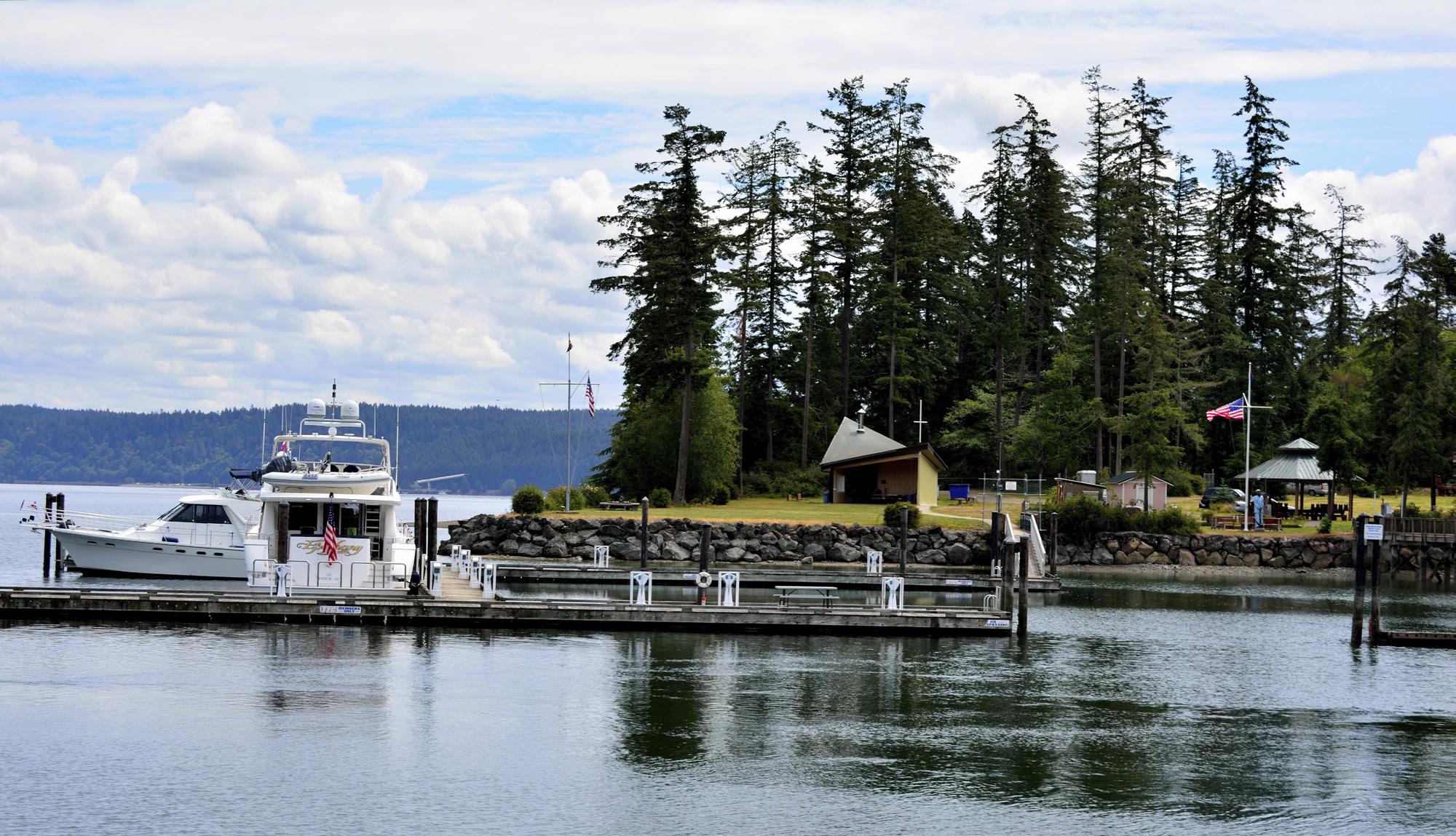




Reading Railroad. Re-powered with a 1,600-horsepower Fairbanks-Morse engine, the ferry was acquired by the state of Virginia in 1950. Captain Tom Palmer, an Anderson Island Ferry captain, purchased the ferry in 1984, and hoped it would supplement his current 30-car ferry. He and his brother brought Ocean City from the East Coast to the Salish Sea via the Panama Canal. Palmer’s ferry service was taken over by the local Pierce County government, and she was never put into service.
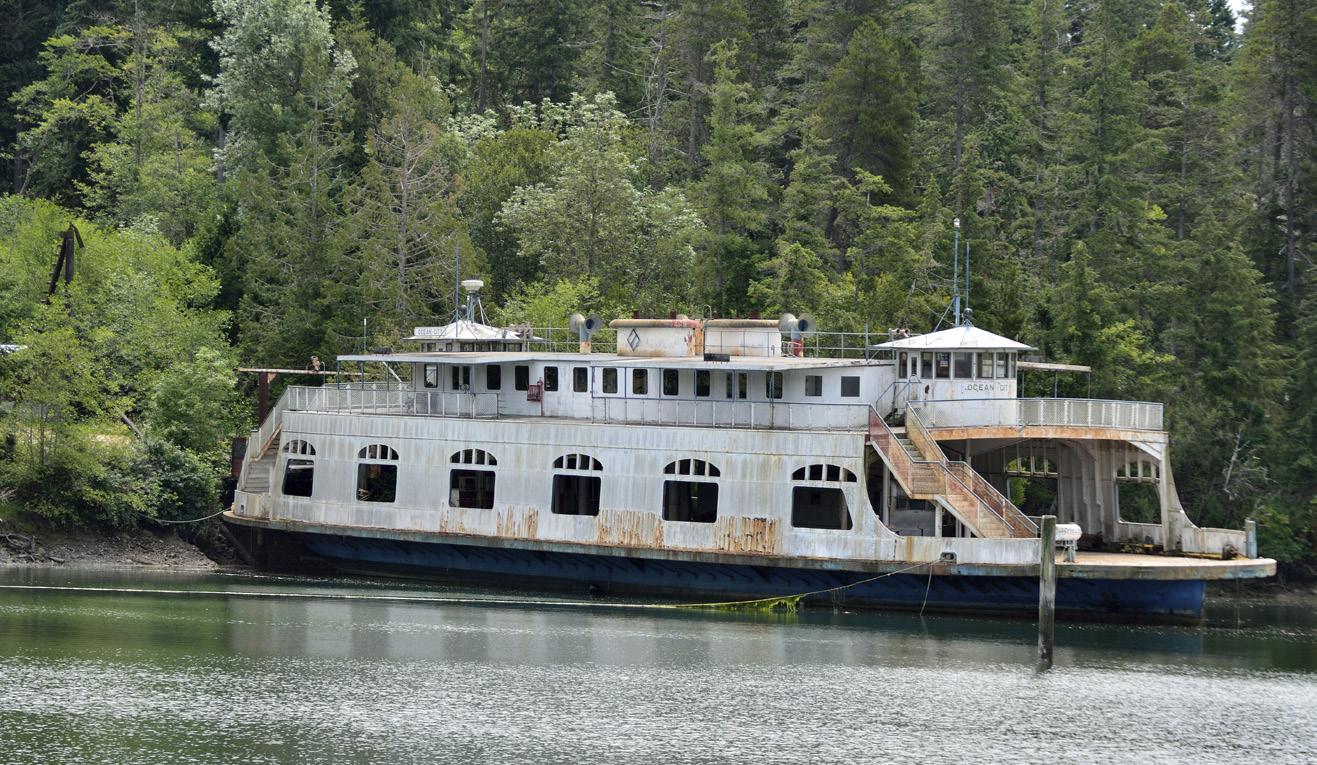
With its many coves and inlets, there is quite a bit to explore via dinghy or kayak. Enjoy the rural tranquil scenery and the wildlife. The bay is a resting area for migrating waterfowl and has its fair share of curious seals and foraging river otters. The waters around Jacobs Point are part of the Nisqually Reach Aquatic Reserve, and park shorelines provide food and shel-


ter for juvenile salmon migrating out from the Nisqually Delta.
Eighty-two-acre Jacobs Point Park occupies most of the peninsula between inner and outer Oro Bay. Access is via a wooden staircase located
north of the two red nuns and leads to a second growth forest, a 2.5-mile main trail loop with spurs, a 200-yearold Garry oak tree, the remains of the Jacobs homestead, the wetlands, a historic 1893 brickyard, picnic and views
WHE N YO U GO
Location 47.08’19” N, 122.41’29” W
Anderson Island Parks andersonislandparks.org
Washington Water Trail Association wwta.org/water-trails/ cascadia-marine-trail Nearest Marina Zittel’s Marina, zittelsmarina.com
across the Salish Sea to Mount Rainier. The Anderson Island Parks organization has a couple words of caution for visitors. The first being a warning about an abundance of poison oak and nettles just off the trails and the second advising to watch out for “sucking mud” in some locations on the beach. Don’t get trapped!
The Jacobs Point Park land was purchased in 2011. Historically, the property was a pioneer farm dating from 1915, and connected with a former brickyard which is located on adjoining property the Jacobs family still owns.
For the more adventurous, take the dinghy or kayak four miles around the south end of the island and follow the shoreline north to 81-acre Andy’s Marine Park. The core of the park (61-acres) was a gift of Andrew Anderson (1895-1975), a true visionary concerned with the preservation of this area. Land your dinghy or kayak on the public beach with shells, driftwood, rocks and aquatic life. The sand and gravel spit within the park is also a Washington State Water Trails campsite that is only available by reservation through the Parks District. On the backside of the spit is a lagoon teeming with wildlife. Follow the onemile trail up the cove that meanders through a heavily wooded area with informational signs identifying native plants and trees.
Oro Bay makes a great multiple night anchorage with all it offers to see and do. It’s also a cosy quiet anchorage to just sit back and relax.
Sooke Bay Marine Centre
Brand new robust dock with 30 berths added to our marina in the beautiful Sooke Bay, just an hours drive west of Victoria. With a total of 60 berths, we can easily accommodate vessels up to 60’ in our well protected, private, gated marina. Monthly and Annual moorage available.

7369 West Coast Rd, Sooke BC, V9Z 0R8 | 778-352-1043 manager@sookebaymarine.ca | www.sookebaymarine.ca



Although narrow, the western entrance to the anchorage (with Kent Island on the left and Staples Island on the right) is both wide enough and deep enough for safe passage.

OOne of the few benefits to getting older is that younger boaters sometimes ask for advice based on the assumption that I’ve been around the block a few times and may have some experience to pass along. One of the most commonly asked questions is, “So, what’s your favourite anchorage?” That’s a tough one, like asking, “Who’s your favourite grandchild?”
There’s no real answer to either, but if the chips are down, and I had to choose one spot on our beautiful West Coast between Victoria and Prince Rupert, I have to admit that the Walker Group would come in pretty high on the “choice-o-metre.” And where exactly is it? Well, it’s not anywhere obvious. Most of the pleasure boaters who pass it barely notice its existence, but that little archipelago of islands, islets and hidden channels has provided some of the best gunkholing we’ve had.
FOR A START, it’s conveniently placed on a direct line along the shortest distance between Port McNeill at the top of Vancouver Island, and Fury Cove and Fitz Hugh Sound at the start of the mid-coast. (Read our series on Cruising the Central Coast in the September to November 2022 issues of PY for more information on what lies beyond the Walker Group). That’s the exposed transit that takes you into the wilderness of the Hakai Reserve, Bella Bella, the great Bear Rainforest, the Inside and Outside passages, and ultimately, the Alaska border. It’s the gateway to adventure, the portal to a different world far beyond the one-week warriors of Desolation Sound and the madding crowds in the
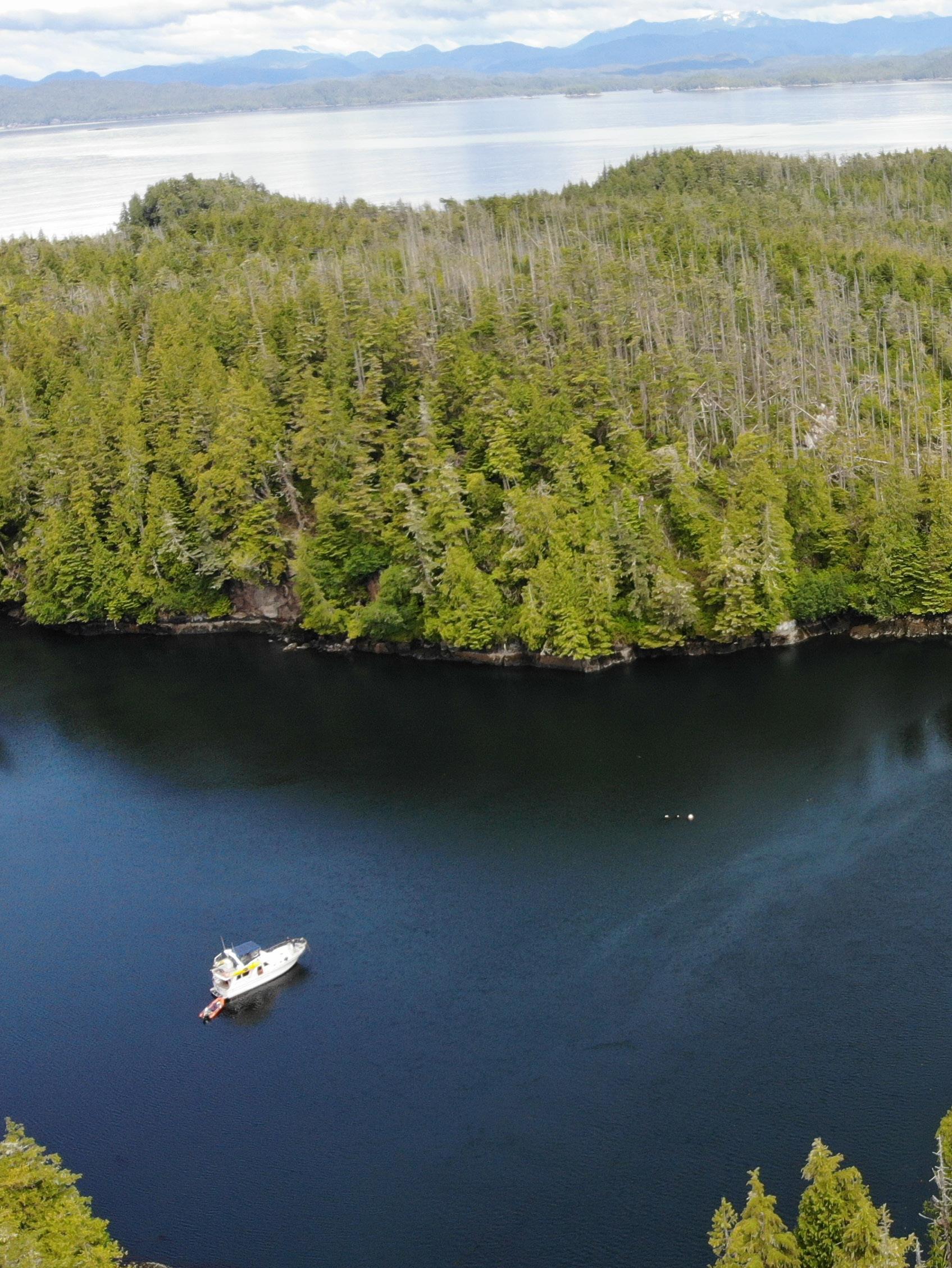
busy Salish Sea anchorages.
Go north, young man, should be tattooed onto every wannabe skipper who leaves Puget Sound or Vancouver’s Lower Mainland. Go north, and before you make the big, exposed jump past Cape Caution, break your journey at the Walker Group, making the transit into two manageable distances of 25 and 40 miles, rather than one epic 65 mile adventure. In the past we’ve used Miles Inlet or the Southgate Group on the mainland (east) side or Clam Cove, Port Alexander or Bull Harbour on the Vancouver Island (west) side as a midway point. But for minimum distance,
THE WALKERS COMPRISE two largeish islands, Staples and Kent, and a cluster of lesser ones. From the chart it’s not obvious that there’s an anchorage worth speaking of, but looks are misleading. Enter from either the west side off Gordon Channel/Bolivar Passage, or the east off Ripple Passage/Shelter Passage, using CHS Chart 3549. The entrance from both sides is narrow (about 50 metres) and the east side is full of bull kelp, but there’s five metres of water at low tide, and once inside, the channel opens out on both the north and south sides.
The open waters of Queen Charlotte Strait surround the Walker Group, but there’s a snug anchorage between Kent and Staples islands. Seen looking east past Ripple Passage to the mainland beyond.

Anchor over muddy sand in four to six metres with good holding. If you are close to the east-west channel, you may be able to see the Scarlett Point light on Balaklava Island to the west.
There’s room for two or three boats, unless you plan to stern tie, in which case more could squeeze in. Try to get out of the cross current that runs back and forth between the two entrances. The further you can pull out of the main flow, the less swing you’ll need, but be aware that at low water both the channel to the north and the bay to the
south dry to sand flats. There are no logs at the backs of the bays, indicating the pocket is well sheltered in all weather.
ALL RIGHT, WHAT’S so special about the place? First, of course, is the pleasure of getting out of the long low swells that reach into the outer half of Queen Charlotte Strait. The anchorage is blissfully and suddenly calm, while swells and spray sweep the steep outer cliffs of the islands. There’s a real pleasure in getting quickly and safely out of a lurching sea into a safe harbour. It’s no coincidence
that the English word ‘heaven’ derives from the Norse ‘haven’ or ‘haben’, meaning safe harbour.
The Walkers are a great place to explore by paddleboard or kayak. Intricate water alleys and channels, some deep, some drying at low tide, lead off in different directions, providing plenty to discover. There are a surprising number of birds for what seems like an isolated group. There are the usual crows, eagles, ravens and even osprey to be seen, but what prompts little birds like Swainson’s and varied thrushes, orange-crowned warblers and Pacific wrens (the latter weighing just nine grams and boasting the impressive Latin name Troglodytes troglodytes) to visit? Why does a bird the size of a plum choose to fly all the way out here, across all that unfriendly sea? No matter, its song fills the Sitka spruce and western redcedar forest with a volume that far outranks its size.
On the mud flats, exposed at low tide, we’ve seen flocks of western sandpipers and sanderlings, and the occasional pairs of yellow legs. Go fishing in Gordon Channel and you’ll see rhino auklets, common murres, marbled and ancient murrelets plus ring-billed, glaucouswinged and mew gulls.
However, it’s not what’s above the sea’s surface, but what’s below that should make you stop here. There are a number of places in the Broughtons justifiably famous for their spectacular marine life (the inlet to Booker Lagoon comes to mind—dive boats are often there) but the north wall of Staples Island, at the western entrance, is just as spectacular.
Try to visit during a spring tide and wait for low water. The falling water exposes a wall of sea life that, unlike Booker, is exposed for over an hour with minimal cross current. The cliff is crowded with anemones, tube worms, chitons, sea stars, ascidians, urchins, crabs, sponges, nudibranchs, bryozoans and so many types of kelp (including my favourite, the iridescent seaweed Mazzaella splendens which flashes shades of blue, red and yellow like an opal).
Bring a camera. There’s so much to see and identify that you can spend hours later, with book in hand, discovering the many species that cram the wall. What is worth noting, in all this density of competing marine life, is that if you cross the entrance to the north shore (the southern tip of Kent Island), there is almost nothing to get excited about, apart from sea sacs, barnacles and rock weed. Why such a contrast? It would seem that marine life prospers in cold locations with strong currents. Staples’ north-facing cliff never sees the sun; the south-facing shore opposite gets little else. The difference is remarkable.
KENT ISLAND IS about 1.5 miles long from the southeast tip to its northwest cape of Tommy Point, and makes a good circumnavigation. The east side is well protected by islets, many with impressive krumholtz salal and cedar perched on top. There’s no doubt where the prevailing winter wind comes from—the southeast—and not the northwest as you might suspect. The shoreline has interesting bays and nooks to explore with a paddle—not recommended if you are using a propeller.

Coming down the west side of the island, there’s a bay that reaches into the island and is very much worth investigating. At its head, it appears to terminate in a rocky bluff capped by the usual cedars, but looks can be deceiving. Investigate up close at low tide and you’ll find two openings which join together out of sight, making what you thought was part of Kent Island to be, in fact, a tiny islet that hides a wide, sandy beach behind. Standing on the beach, you are completely hidden from the outer channel.
ONE DAY, WHEN paddling into that bay from Bolivar Passage we saw something moving amid the bull kelp far off. Moving quietly, we saw through binoculars that a sea otter was tumbling over and over, like a




barrel, sometimes head over tail, and sometimes left over right. What was it doing? Using the silence of our kayaks, we slowly closed the gap until we were just a few lengths away.
As is widely known, sea otters have one of the densest fur coats of all mammals. It insulates them from the cold seas in which they live and hunt, but it needs management. Otters spend a lot of time grooming, and that was what this one was doing. Curiously, it had its eyes firmly closed, unaware of our presence. For about 15 minutes it went about its toilet, first cleaning its paws, front and back, and then grooming its fur—over the head, behind the ears, under the chin— scratch and clean, rub and scrub. And every minute or two it would roll over completely, re-wetting the fur. Being so buoyant, it bobbed back to the surface like a cork, to continue the combing and licking. We watched in fascination. Through binoculars we could see every knot and tangle as the animal went about its business, twisting itself right round to groom the fur on its spine.
Finally satisfied, it rolled onto its back, opened its eyes and saw us for the first time. Startled, it disappeared in an instant into the kelp forest below. The tension broke. We both laughed at the experience we’d just had. Then, picking up our paddles, we slid quietly out of the bay and continued our circumnavigation of the island. You miss a lot by using an outboard.
FINALLY, ONE OF the best features of the Walker Group is how it seems to repel the morning fog that covers the outer strait in the summer months, only burning off at noon. Tucked away at the anchorage, we’ve experienced bright sunshine when on either side the fog lay thickly, turning the strait to gray. Like an unwelcome dog at the gate, the fog would hover at the entrance to the anchorage, but seemed never quite bold enough to roll in and smother us.
Edward Walker was born in the north of England in 1826 and came to the West Coast as an employee of the Hudson’s Bay Company, where he was one of the first residents of the new coal town of Nanaimo. He later joined a partnership of merchants who bought and converted a number of trading ships to serve the region, and Walker himself was master of the Nanaimo Packet, a schooner. Among other tasks, it carried construction material for the Fisgard lighthouse in Esquimalt Harbour, completed in 1860.
From 1858 until near the end of the century, Edward Walker was active in shipping, coming to know the coast intimately. In that regard he was an acquaintance of Captain Richards of the Royal Navy survey ship HMS Plumper, whose task it was to chart in greater detail much of Captain Vancouver’s earlier work. Walker advised Richards on numerous mapping details. Richards in turn named a number of features after Walker—a previously uncharted rock in Trincomali Channel became Walker Rock. The Walker Group was named for him when the Plumper worked in Queen Charlotte Strait.
On that subject, Queen Charlotte Sound and Islands (now Haida
Gwaii) were named for the wife of King George III (the mad king). Coming from German nobility, Charlotte Sophia married George in 1761. In later years, when the king’s mental health became a cause of great concern politically, Charlotte remained popular with the British people and was a stabilizing influence on her husband during his episodic lapses of sanity.
However, Queen Charlotte Strait has a slightly indirect origin. It was named by Captain Richards of the Plumper (again) not for the longdeceased Queen of Great Britain, but for HMS Queen Charlotte, 110 guns, flagship of Lord Howe at the ‘Glorious First of June’ battle of 1794. The strait is therefore named only indirectly after the Queen.
Captain Richards was a busy man at a time when more detailed charts demanded more place names, preferably Anglophone ones. He named the Gordon Group, just south of the Walker Group for his friend Captain George Gordon who commanded the first steam sloop HMS Cormorant on the coast from 1846 to 50. Gordon Channel followed from the islands adjacent to them. George Gordon, incidentally, stayed in the navy his entire life, attaining the rank of full Admiral in 1877.


We love the February issue! Why? Because every year the Pacific Yachting Photo Contest reminds us how much fun we had over the last year and gets us excited about the upcoming boating season. While it may still be a few months away, it’s never too early to start dreaming about your summer cruising adventures.
This year’s contest was our largest to date. We received hundreds of submissions, which made picking a winner a real challenge.
As usual, those of us in the office did our best to sort through the photos to crown our top three and, as usual, a number of worthwhile winners were relegated to the “honourable mention” pile. Others, that were certainly worthy of publication, had to be left out. Look for bonus photos on our instagram: @pacific_yachting. We hope that, like us, you are inspired by these photos to explore new places and visit old favourites. Fair winds and following seas in 2023!
PY CrewCongratulations to first place winner, Lyle Nelson, who won a Yeti V Series Stainless Steel Cooler for his stunning photo from the Johns Hopkins Glacier in Alaska. Stephanie Becic won second place with her dreamy summer photo of pure bliss at Gambier Island. She is taking home a Helly Hansen duffel bag. Third prize, a 25-litre dry bag from Gill, was awarded to Martin Knowles for his frozen overhead shot.
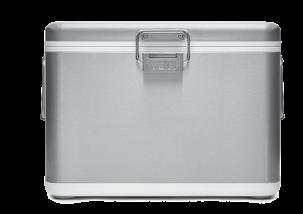





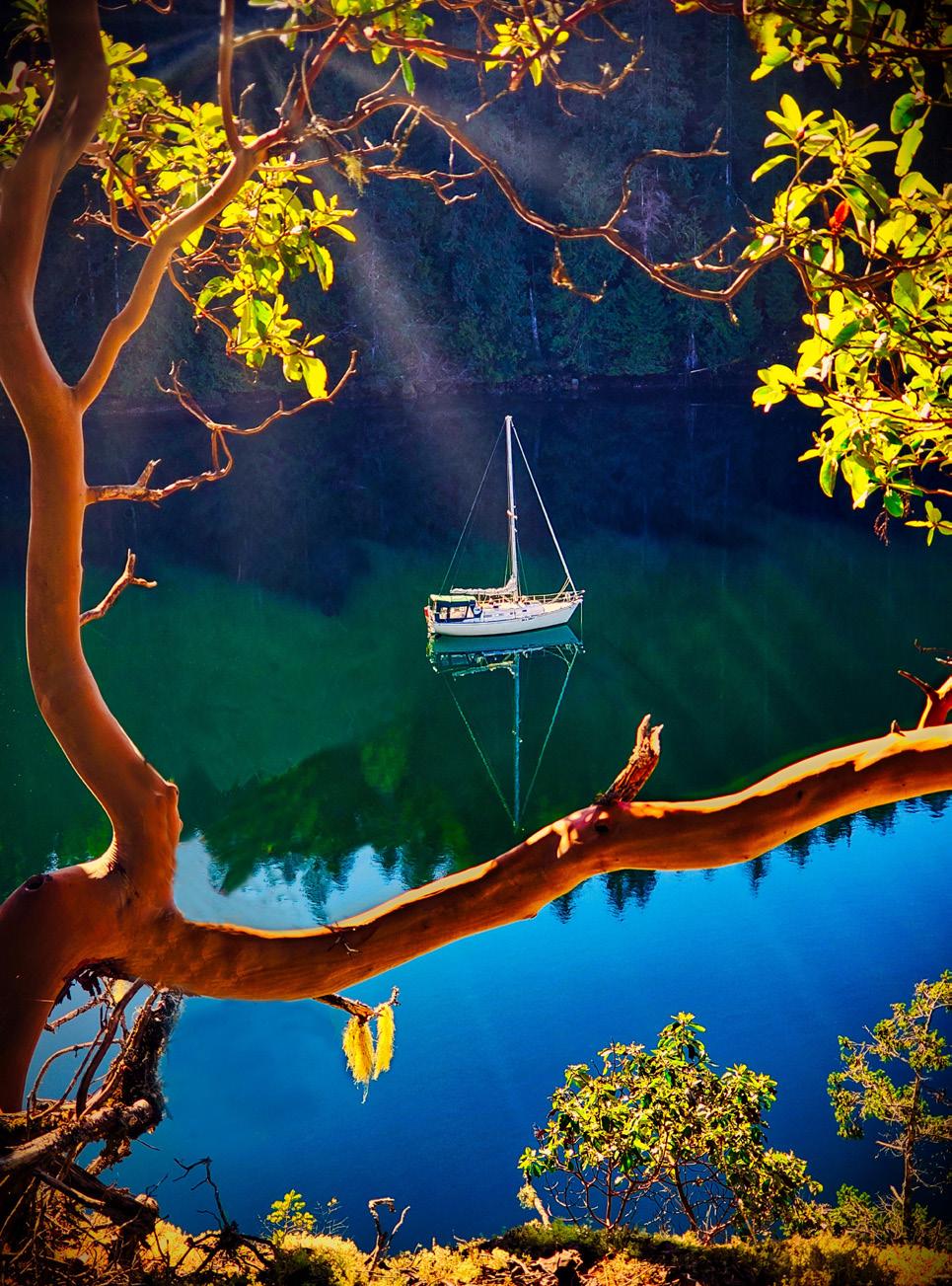
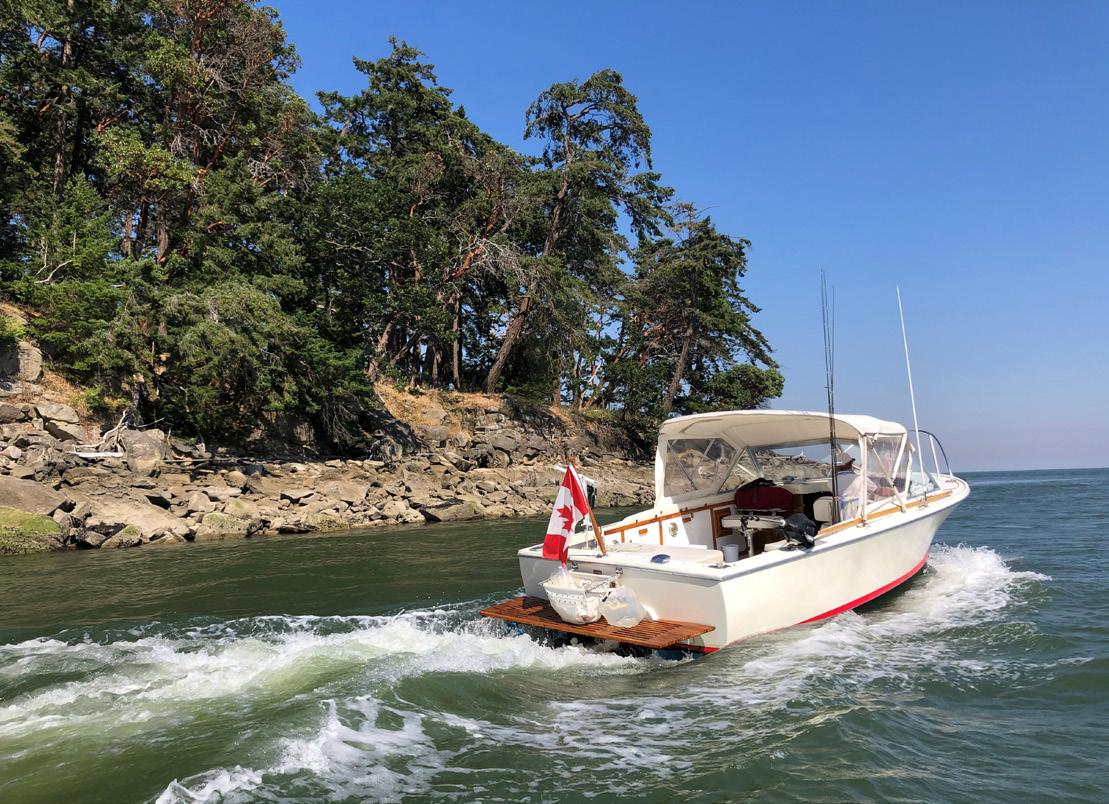
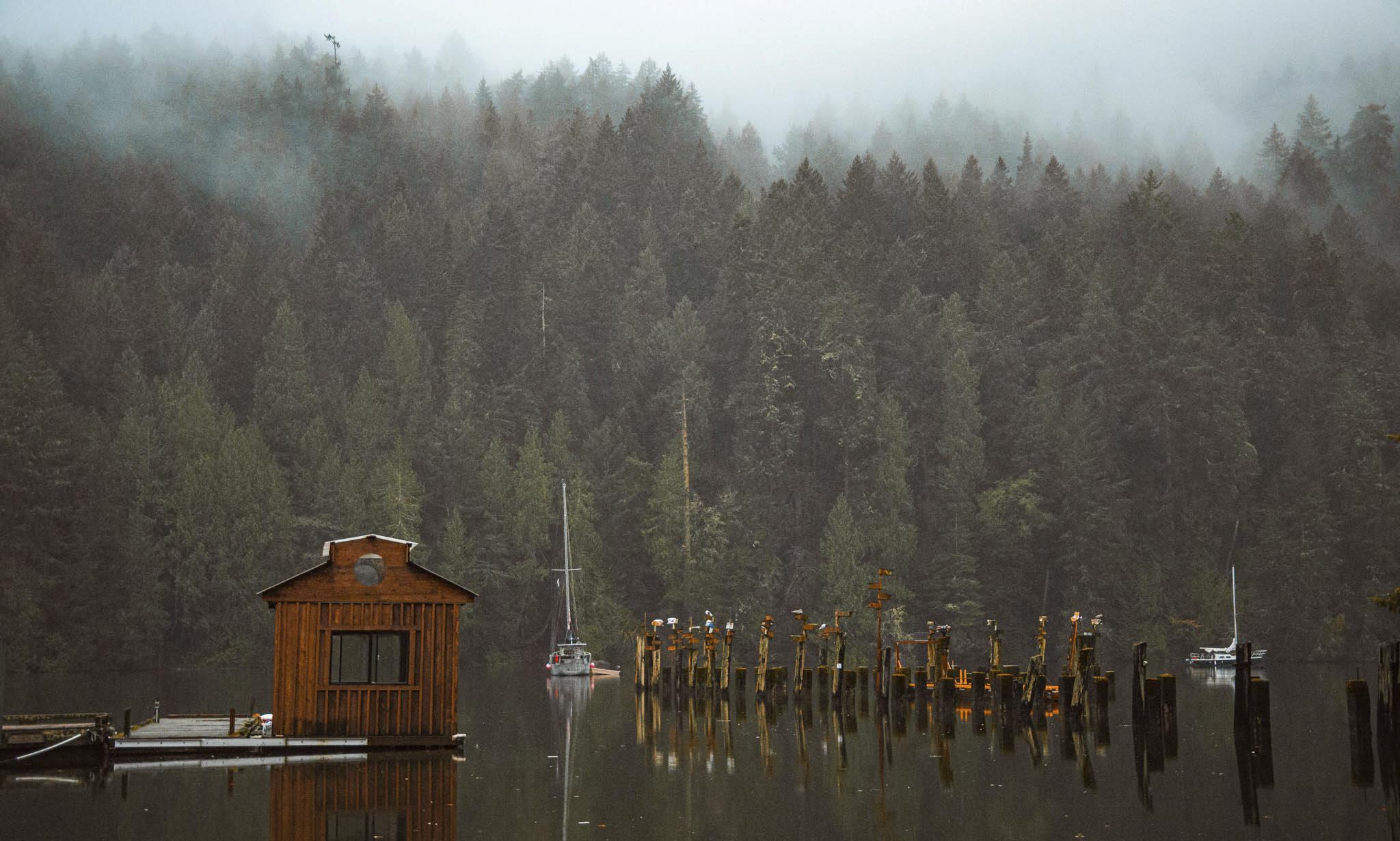


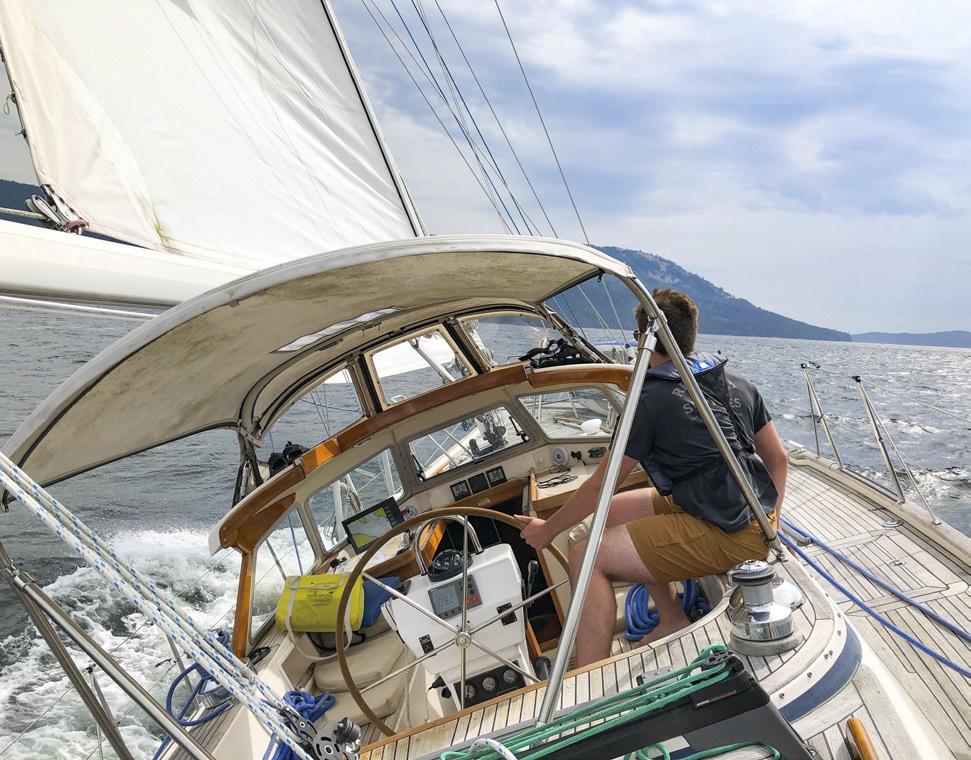

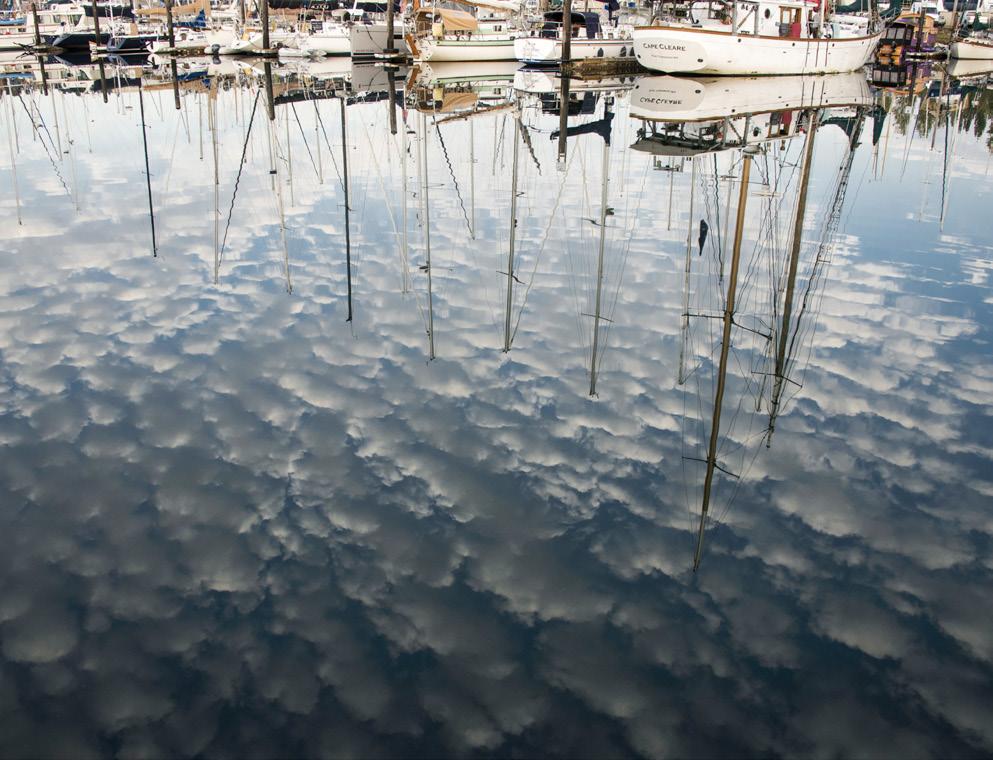

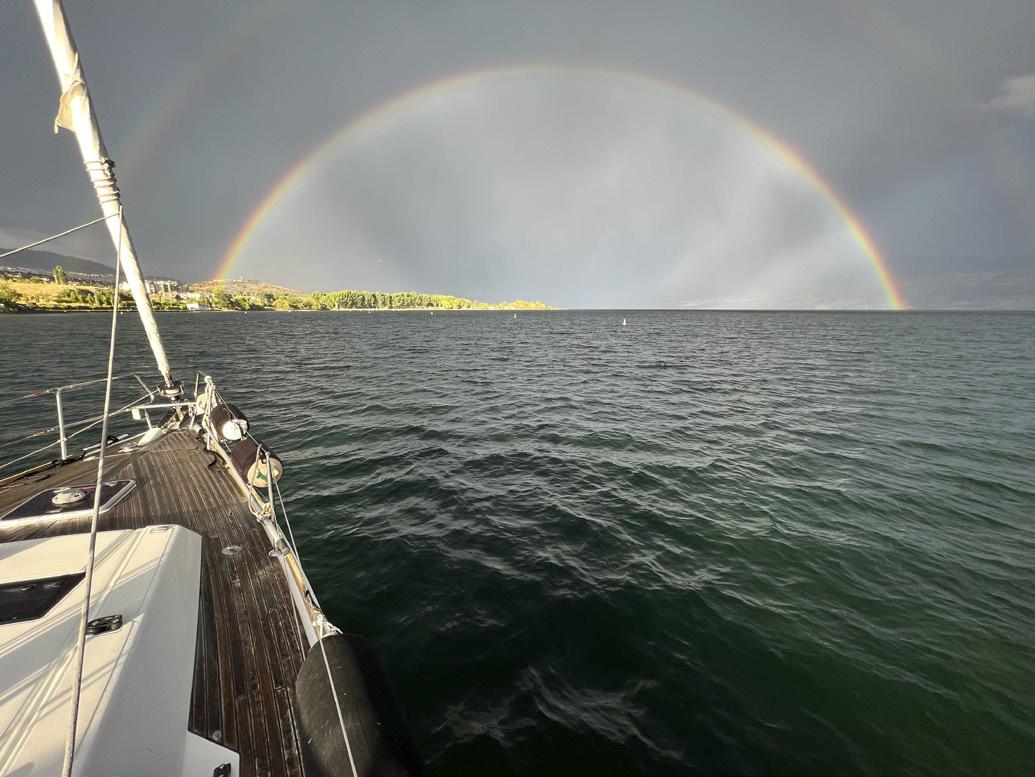




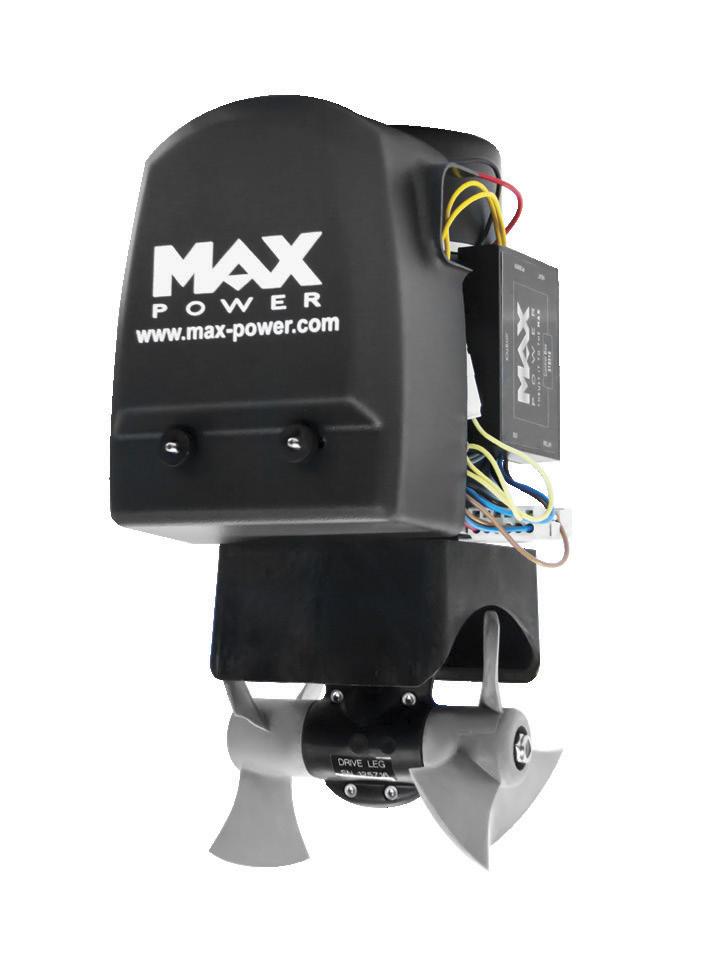











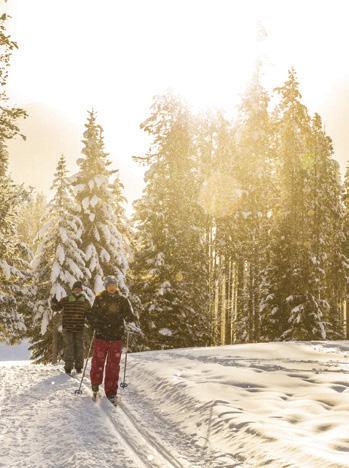


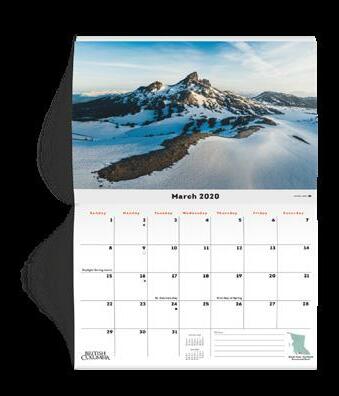
BY NOW YOU will be familiar with the knot family tree, the essential knots and how to splice three-stranded rope. In this article we will examine how to belay and coil line properly (where the most dangerous mistakes are made) and how to prevent chafe.
First let’s have a close look at a piece of the three-strand rope (sometimes called the “twist”). Hold it in front of you in both hands. [Figure One]

You will observe that the strands run from top left to bottom right. We refer to this as “right laid” rope and it means that the strands spiral in a clockwise direction. For this reason, we should always coil, or “twist,” clockwise; if we fail to do this, in time the strands will “hockle” or become dislodged slightly from their normally smooth contour. Not only does it weaken the rope but can cause jamming in a tightly fitting block or fairlead. Today, many of us use braided line which doesn’t behave like three-strand rope but since a lot of the latter is still in circulation it is good practice to always coiling clockwise so we don’t inadvertently distress our old and easily spliced friend, the “twist”.
Now we’ve mentioned before that exceptions are abound in the world of the marlinspike sailor. Here’s another one: when you first purchase a coil of twist from the chandlers (especially the modern synthetic versions such as polypropylene) it is probably kinked. In this case, coil the rope anti-clock-
wise first and then clockwise. If this doesn’t get rid of the kinks just repeat the manoeuvre. It works like magic!
Recently, I had the misfortune of borrowing the yacht club launch for a quick visit to inspect our mooring. I could have chosen to row out, of course, a quiet and seamanlike approach, but I was in a hurry. The launch was made fast to two cleats on the dock, fore and aft, but instead
of several turns around each cleat, finished off with a locking hitch, the dockside admiral had thrown a well tightened hitch after every turn! Perhaps he was expecting an out-of-season hurricane. By the time Margaret and I had unscrambled the rat’s nest, our inspection would have been better served by a pleasant row in the dinghy. So, before we go any further, let’s differentiate between “belay” and “make fast” when attaching a line to a cleat. To “belay” (properly) is to commence with a round turn and then several figure-of-eights [Figure Three]. To “make fast” is to finish off the foregoing by adding a single hitch, to “lock” the belaying turns [Figure Four]. Only one hitch is needed: any more are superfluous and could be downright dangerous if you needed to cast off in a hurry.
There is a lot of debate among boaters as when not to make fast. For sailors, a sheet should be ready to slack off or trim at a moment’s notice: a locking hitch increases the length of time to release the line which needs to be as quick as possible when a squall hits. For this reason, sheets are seldom “jam cleated” or made fast with a locking hitch. On the other hand, dock lines which are not always under tension and usually do not need to be cast off in an excessive hurry, are made fast. Let’s return to belaying a line properly. It is important to start with a round turn before employing the “over and under” figure-of-eight turns [Figure Two]. Why? Because then you have complete control over the line when easing it out under pressure. Another important factor is that the line
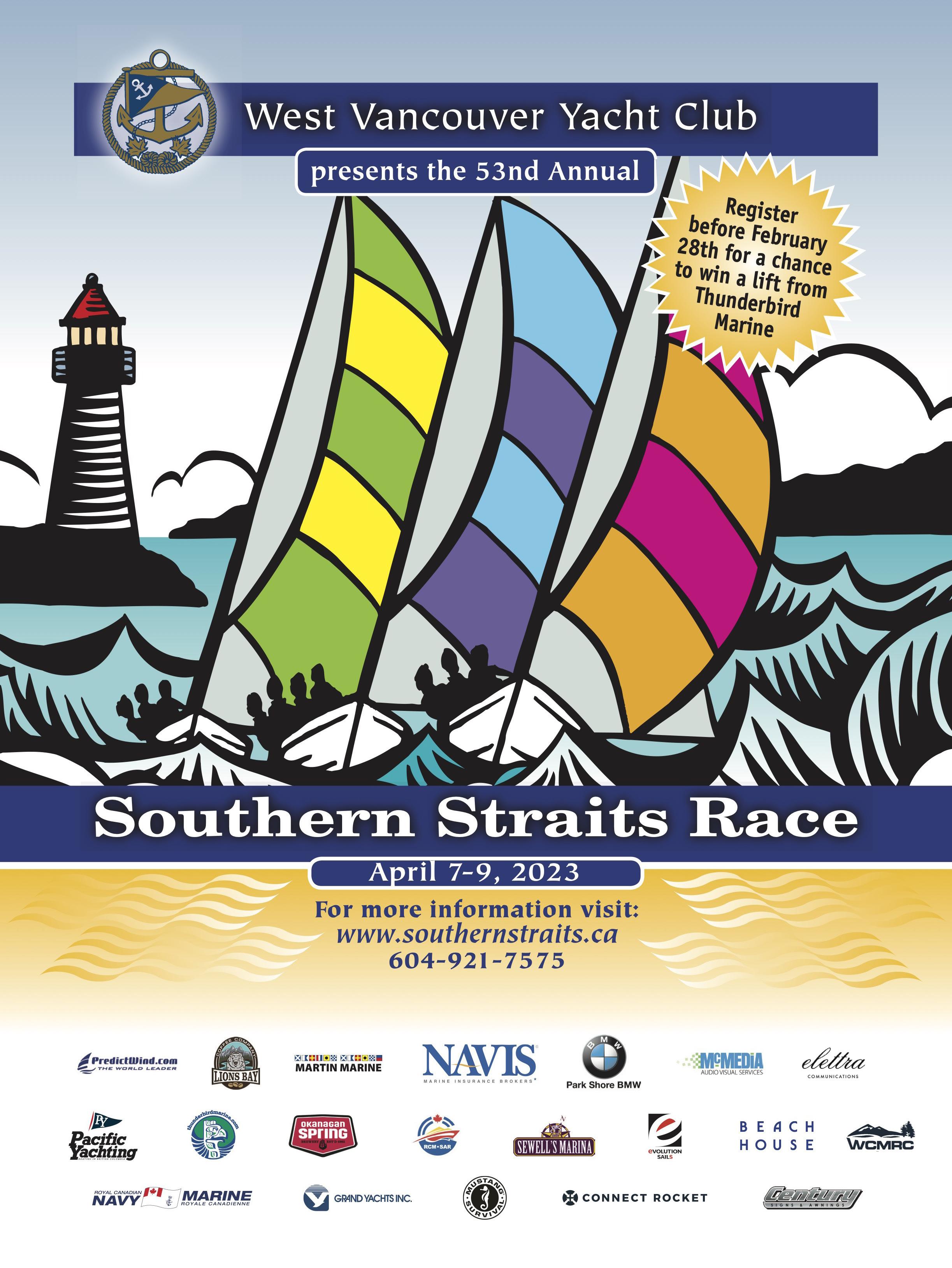
should approach the cleat at a slight angle (10 degrees is ideal) to enable the easing off process to work effectively [Figure Two]. If there is no angle between the line and the cleat the turns get jammed up which results in excessive friction and a sheet that will run out in a succession of jerks (if at all).


Halyards are treated a little differently than sheets or dock lines. Ideally there is a cleat on the mast at a convenient height above the deck. Some halyards will come down from above (most small sailboats) or up from a turning block in the base of the mast. Belay as you would a sheet (starting with a round turn). You are now left with a fairly large length of rope to deal with. Start your coil close to the cleat and work it out to the end of the line. Once done, hold the coil in you left hand and with your right hand pull the bight of the standing part (close to the cleat) through the coil towards you, twist it to the left (or against the lay of three-strand line) and slip it over the top of the cleat. It will remain securely (and neatly) hanging until you are ready to lower away.

Unlike halyards, sheets are never secured but must be free to run at all times. This is often overlooked. Sheets tend to lie neglected on the cockpit floor, sat upon by unaware guests or the ship’s cat and even (I’ve had it happen) fall overboard to foul the shaft and propeller! Whoever is tending a sheet should be given strict instructions to watch it carefully and have it ready to run out instantly.
Anchor lines (cables) that do not stow below and are left on the fore deck are usually too long and cumbersome to be coiled by hand. There are three ways to accomplish this:
1. Coiling. Coil down directly on the deck, starting close to the anchor and make each turn slightly larger than the last one so that there is less chance of fouling. Now turn over the coils carefully and rearrange any line that is out of place.

2. Faking (also called Faking Down). [Figure 5]. Starting with the end close to the anchor lay the line on the deck in a series of figure-of-eights. Once again, turn over the coils.







3. Flaking (often confused with Faking). In this coiling process the cable is laid out on the deck in parallel lines. You need a lot more room than faking but flaking is the least likely to tangle.
purchase and less friction.

The arch enemy of rope is chafe. Incorrectly positioned cleats and fairleads, blocks that are too small and rough edges all lead to the breakdown of rope fibres. Hervey Garrett Smith, the author of several good books on marlinspike seamanship, commented that he once sailed a boat with a bronze cleat on the port side and a wooden one on the starboard side for his jib sheets. The metal one was advertised as being “of an improved design.” By midsummer, reports Smith, “the port sheet was completely worn out from the constant friction of the metal, the starboard sheet was as good as new!”
It is a good idea to check on any cleat or chock for rough edges and fair them down where possible with a file or sandpaper (wooden cleats do their own fairing). Blocks with too small sheaves (unfortunately, the failing of many jib sheet blocks) should be replaced with a larger size. Many mainsheet blocks, which line up perfectly when the boom is on the vessel’s centreline, can cause excessive chafe when on a broad reach or running free. Often an additional shackle, or two single blocks instead of a double, for example, will provide the same


The greatest destroyers of rope are the chocks, or metal fairleads, we use for dock or mooring lines. A common mistake is to use a chock designed for a forward leading line (such as a bow line) for a spring line leading aft from the same chock. The angle of the spring line is so acute that it will chafe through in short order. If the spring line doesn’t have a dedicated fairlead, install one or you will have to lead it over the cap rail or toe rail, well protected with chafing gear. In fact, all permanent dock lines should be protected with chafing gear. The most aesthetically pleasing option is to parcel the line with a strip of canvas served with synthetic marline or seine twine (available at most chandlers). Not so attractive is a length of heavy-duty rubber hose (head plumbing hoses work well) slipped over the line to the appropriate spot and with a hole drilled in each end to accept the marline for lashing it in place.

I keep our 32-foot Friendship Sloop on a heavy-duty mooring, which we purchased second-hand. It came with such large mooring pennants that there is no room for additional chafing gear. Margaret renders lamb fat into old-fashioned tallow, which we slap on the pennants, in the area of the chocks, from time to time to keep them from chafing. Works well except for the distinctive aroma of mutton from the foredeck in hot weather!

That concludes our three-part introduction to the wonderful world of marlinspike seamanship—the knot family tree, how to tuck a simple splice, why rope behaves the way it does and how to take advantage of that knowledge. It’s time now to put it all to work and amaze your fellow boaters with useful bends and hitches and attaching lines so they stay put! Happy knotting.





elcome to our annual roundup of new powerboats where we take a look at what is new on the water and what is just over the horizon. Local dealers are reporting that new boat sales have slowed somewhat since the crazy days at the height of the COVID-19 pandemic when we saw record-breaking sales of new and used boats. Sales now appear to be settling down to pre-pandemic levels. However, the fallout from the pandemic is still being felt. We’re hearing about significant delays in the delivery of new boats due to both supply chain issues and shipping delays. Supply chain issues are affecting the manufacturing sector as builders are sometimes unable to source vital components.

Shipping delays are due to the low availability of transport ships while logistical glitches are also affecting deliveries of vessels not built in North America. (Though many offer the opportunity to take delivery in the country of origin so that owners can, for example, cruise the Mediterranean and have the vessel delivered later.) In some cases, the earliest that new boat orders can expect to be delivered is in late 2023 or 2024—so the sooner you order that new boat, the sooner you’ll be out on the water.
This year, we have focussed on offerings from local dealers. In addition, due to space constraints, we have only highlighted a single model per brand, despite many builders offering several new models.

Alva Yachts is an innovative manufacturer of luxury solar sail and power yachts. The German company was developed in early 2020 from the former Pica Yachts, which was founded in 2013. At that point, Pica already had six years of experience in the development, construction and marketing of smaller electric yachts, and by the beginning of 2020, over 40 boats had been sold. The design and development of the yachts is carried out by Germany’s Henn Design. Its owner Holger Henn is also co-founder of Alva Yachts. Alva is now offering a luxury electric monohull, three luxury electric catamarans and two electric sailing yachts all manufactured in Turkey.
One new offering from Alva is its Eco Cruise 50 (50’/15.24 m). The design is described as minimalistic and futuristic, and it certainly stands out. The vessel generates power from both integrated solar panels and a 50-kW generator (optional to 100 kW). Propulsion is from either twin 100-kW or 230-kW electric motors which should provide up to 20 knots cruising speed. Battery capacity is from 150 to 240 kW/h. The interior layout and accommodation are on the same level with plenty of open space and all the amenities one could expect of a vessel of this size. Accommodation is in either three or four cabins, with separate crew berths available on the upper deck. One impressive feature is a large beach club area which when underway can carry the yacht’s tender. alva-yachts.com
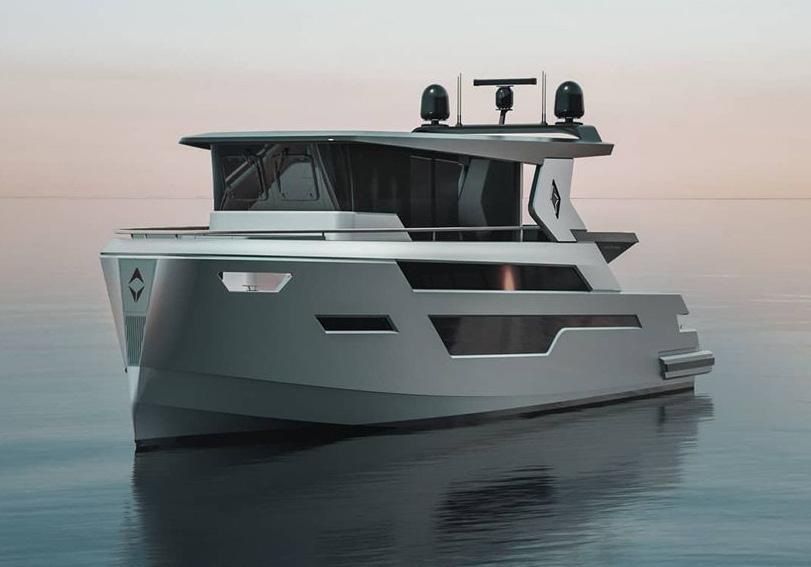
Sold by SV Business Group, West Vancouver, 604-901-2524
Burlington-Washington-based Aspen Power Catamarans has earned a solid reputation for building unique, super fuel-efficient, stable and soft-riding power proas (one hull is 35 percent narrower than the other). Aspen has introduced the outboard-powered C108 (37’ 6”/11.43 m). The change to outboard power has allowed Aspen to create new layout for the C108 that includes a larger cockpit with ample lazarette storage. The new saloon offers 30 percent more livable space than previous Aspen models and includes full height wraparound Solar Gard windows and a five-person C-shaped dinette. The long, linear galley includes an oven, stove and microwave. The cabin space is unparalleled for a boat this size and includes three private cabins and a large head with shower. The master suite is equipped with a king-sized bed. Powered by a 200-horsepower outboard on the starboard hull and a 115-horsepower outboard on the port, Aspen reports that at a comfortable cruise of 19 knots, fuel consumption was nearly two miles per gallon. aspenpowercatamarans.com
Aspen Power Catamarans, Burlington, WA, 360-668-4347
design and the extensive use of high-end leather furnishings. The company builds six model lines in lengths from 42 to 120 feet (13.8 to 36.6 metres).
The Grande 26M (85’ 7”/26.09 m) is being hailed as the company’s first low emission megayacht, thanks to its innovative propulsion system and overall weight savings that reduces fuel consumption and C02 emissions by 20 percent. To do this, the Azimut yard developed their own propulsion system (POD 4600) in partnership with ZF. They also realized savings through the extensive use of carbon fibre which reduced the superstructure weight by 30 percent. With twin MAN V12 1,220 or 1,650-horsepower diesels with pods, the 26M is said to accelerate effortlessly to 28 knots. The yacht is also hybrid-ready for the future. Accommodation is in four staterooms below decks and a full-beam owner’s suite on the main deck that is separated from guests and the flow of crew whose accommodation is in the bow. The partially raised wheelhouse allows crew members to access their quarters from the side walkway. One unique cockpit feature is what Azimut calls its Deck2Deck Terrace, the first of its kind. It works by raising the garage door to the cockpit level. With this, a walk-around table in the cockpit can seat up to eight guests for al fresco dining with a terrace view over the water. Inside, full height windows on the main deck and in the owner’s suite are also notable. azimutyachts.com
This well-respected Italian company, which includes the storied Benetti brand, has been producing yachts for 50 years. Azimut yachts are known for their elegant Italian
Sold by Fraser Yacht Sales, Vancouver, 604-734-3344, Alexander Marine USA, Seattle, WA, 206-344-8566



Axopar was founded in Finland in 2014. The company currently offers six models ranging from 22 to 45 feet (6.7 to 13.7 metres) and each is offered in several configurations. Axopars are highly awarded fibreglass speedsters and proving extremely popular in local waters with 130 delivered to date.
The most recent model is the Axopar 45 (45’ 7”/13.9 m) powered by triple 300-horsepower Mercury Verado V8 outboards and is said to be one of the most economical 45-footers on the market. It can cruise at speeds between 19 and 35 knots while remaining in the most cost-effective range. Top speed is 45 knots plus. It will be available in five configurations. The 45 comes with a bow thruster and a number of new details, including side opening balcony platforms. The boat also offers standing height in the front cabin and head, with front lounge accommodation as standard. On the 45 XC Cross Cabin there is also an innovative adjustable wet bar that doubles as both a centre sofa and leaning post to maximise the functionality of the space behind the helm.
Axopar has partnered with the German, high-performance, luxury automotive car producer, Brabus Group in a joint manufacturing alliance. The Brabus line are at heart Axopars, but the signature paint schemes, styling and equipment are more luxurious than the Axopars. Models include the Brabus Shadow 300, the Brabus Shadow 500 and the Brabus Shadow 900 (the latter two are available in a variety of configurations). axopar.com and brabusmarine.com
Sold by Freedom Marine, Vancouver and Sidney, 604-609-0985, 250-940-9060

Germany-based Bavaria Yachts is one of Europe’s largest production yacht builders. The company has a long history of both sailboat and powerboat construction.
The Bavaria SR41 (12.24 metres) kicks off a new line of motorboats for Bavaria. It is said to combine the best of the sporty Bavaria S-line and the Bavaria R-line. It is offered in a two-cabin layout with a full beam midship owner’s cabin and a comfortable VIP cabin in the bow. The galley, dinette and two heads are also below. Large hull windows should ensure plenty of daylight below deck. The design and layout were developed in cooperation by Italian Marco Casali’s Too Design. On deck is a unique lounge area and table facing aft that converts to a sunbed. A larger covered area on the helm deck has a second lounge and table, summer kitchen and a twin companion seat. The helm is minimalist and clean. Power is provided by twin MerCruiser gas or Volvo Penta diesel shaft-drive inboards from 300 to 380 horsepower that should drive the SR41 at close to 40 knots. bavariayachts.com

Sold by Yacht Sales West, Vancouver, 604-488-1202
Swift Trawler is Beneteau’s fast trawler line from 35 to 62 feet (10.7 to 18.9 metres). Over 1,300 Swift Trawlers have been built to date attesting to the popularity of this line.
The Beneteau Swift Trawler 41 Fly (and sedan) (44’/13.43 m) represent a renewal of the original Swift Trawler line. Those ele -
ments include new exterior and interior styling. A U-shaped aft galley links seamlessly with the cockpit, which features a sliding bench to make it easy to get to the swim platform. The helm seat rotates to provide additional saloon seating. Below decks are three cabins—a bow master with en suite, a shared head, two guest cabins with single berths that can be joined to make doubles, or the cabin can be ordered with bunk beds. One of the guest cabins can also be configured as a lazarette for added storage. When combined with a convertible lounge space in the saloon (with privacy curtains), the 41 Fly can sleep seven. The flybridge layout includes a central steering station, double companion seat with a convertible backrest and an L-shaped lounge and table. Power is either twin 320-horsepower Yanmars or twin 270-horsepower Volvo Penta diesels with shaft drives. beneteau.com
Sold by M&P Yacht Centre, Vancouver, 604-692-0333
For more than 60 years, Boston Whaler, a Florida-based subsidiary of the giant Brunswick Corporation, has been building its line of “unsinkable” boats built at their Edgewater, Florida plant.
The all-new 405 Conquest Pilothouse (41’ 4”/12.60 m), a Pilothouse version of the 405 Conquest, marks the next evolution for the rugged Conquest series. The 405 is the largest in the Conquest line, second only in size to the company’s 420 Outrage. Boston Whaler says that the Conquest’s new hulls, “redesigned from the keel up, deliver impressive planing and greater stability than ever.” The 405 delivers high perfor-
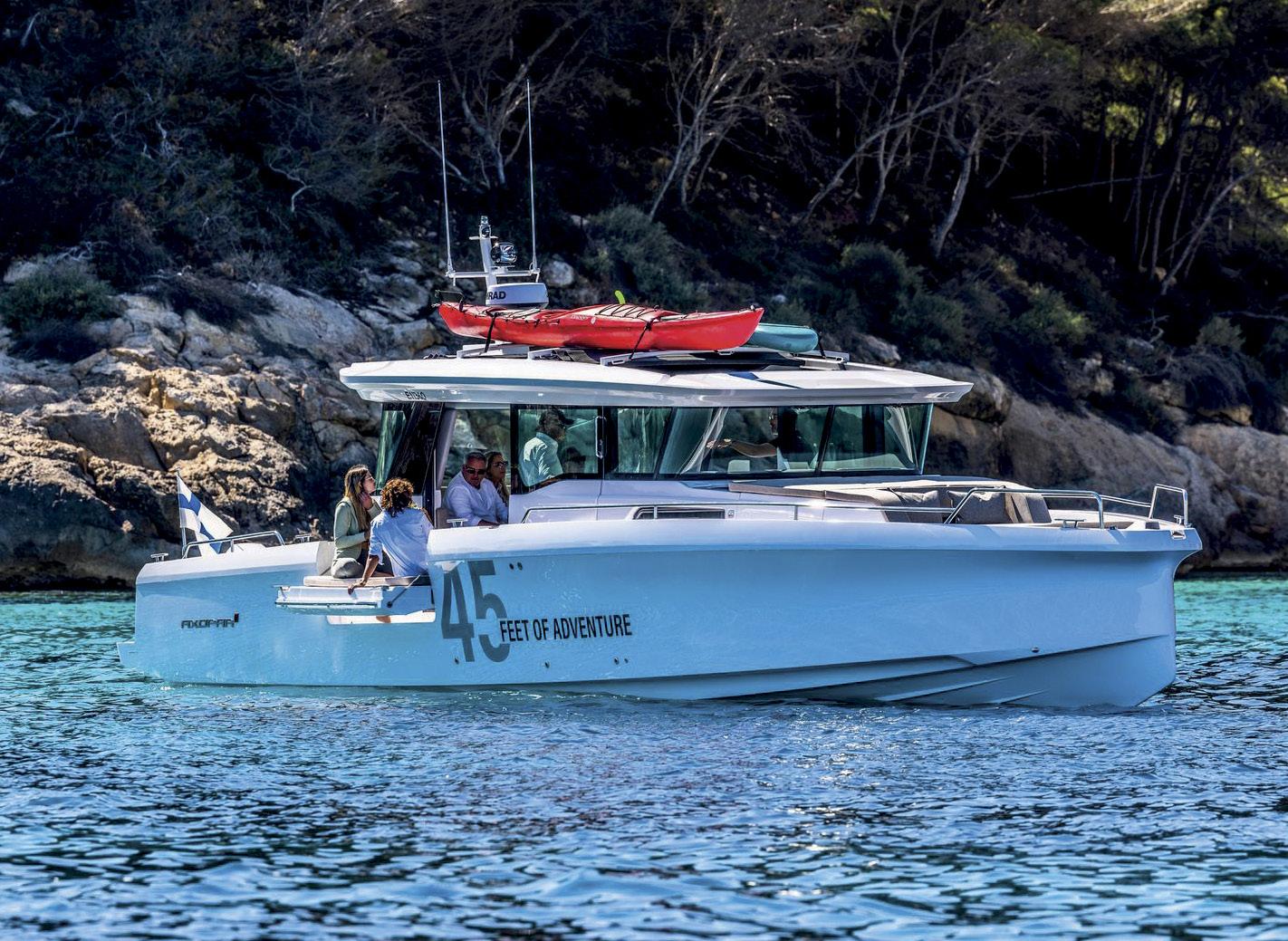
mance through quad 300-horsepower Mercury Verado outboards with standard joystick controls. Optional power is triple 600-horsepower V12 Mercury Verados. The helm deck features a versatile dinette. The forward seat can face forward or backward or fold down to provide an additional berth. The compact L-shaped galley with single burner induction cooktop and drawer fridge tucks between the cockpit and the helm area. The helm console is very slick— essentially a glass bridge with flush push button switches. The saloon is forward and down a few steps. Here is a private master stateroom and guest accommodation under the helm deck. In addition, there is a head with separate shower, a lounge area/
breakfast nook with settee and dining table. The transom prep area is highly customizable with multiple fishing and entertaining options. See the full review of the 405 Conquest (not the Pilothouse version) in the April 2022 issue of PY. bostonwhaler.com
Sold by M&P Yacht Centre, Vancouver, 604-692-0333, Lake Union Sea Ray, Seattle, 206-745-0982
The C-Dory line from Bellingham-based Northwest Marine Industries ranges from

22 to 26 feet (6.70 to 7.95 metres), with enclosed cabins and outboard power. They are most notable from a distance from their concave cabin tops.
The latest model is the 26 Venture Sport (25’ 9”/12.05 m). It has a deeper V and a little more deadrise than the 26 Venture, said to provide smoother riding in open water. The hull is near flat toward the stern, and when combined with reverse chines, rolling is reduced. With only eight inches of draft and a thick bottom she can easily be beached. Features include more than 6’ 4” (193 cm) of headroom in the cabin and galley. The 26 Venture Sport is trailerable and is designed for a single 200-horsepower outboard.

Two 25’ 5” enclosed cabin catamaran models are offered by C-Dory: The 25 Tomcat single engine and 25 Tomcat Sport Catamaran with twin outboards. Catamarans are inherently more fuel-efficient and more stable than monohulls. They also track better and are easier to manoeuvre in the case of the twin outboard offering with the twin outboards spaced far apart. These vessels boast 45-square foot cockpits, V-berths, enclosed heads with stand-up showers and multiple fish boxes with pumps. This trailerable cat is designed to dock or beach virtually anywhere. Maximum outboard power in either model is 350 horsepower, which allows them to cruise at up to 30 knots. c-dory.com
Sold by North Shore Marine, North Vancouver, 604-924-3266.
This Gibsons, BC-based luxury aluminum boat builder is known for its excellent hull and interior finishing and for incorporating the very latest technologies in its four models from 33 to 42 feet (10 to 12.80 metres). While the company’s yachts are best known for their forward sloping windshields the 42 ExpressFish (50’ 6”/23.86 m, outboards up) is a real departure, with a swept windshield and cabin for a much more aerodynamic look. The 42 ExpressFish is built on the redesigned deep-vee hull of the 41T, but with a 12-inch longer bow overhang to provide a sleeker profile. Powered by triple or quad Yamaha 425 outboards, the 42 can accelerate up to a blistering 55 knots. The spacious saloon features fritted side windows with opening panels, a full glass rear door and optional sunroof. The main forward stateroom has an island queen berth while the head and separate shower are roomy and well appointed. The
guest stateroom is located aft under the saloon and has two single berths that convert into a queen. The cockpit, with elevated mezzanine deck, can be customized to suit every owner’s needs, whether fishing, cruising or commuting. coastalcraft.com
Sold by Coastal Craft Yachts, Gibsons, BC, 604-886-3004
The Cutwater line of trailerable, expressstyle cruisers from 24 to 32 feet (7.3 to 9.8 metres) is owned by Ranger Tug’s parent company, Fluid Motion. The Cutwater line, built in Washington State, was designed by Ranger’s founder David Livingstone and is offered in a number of sedan and flybridge configurations. Cutwater’s latest offering is the C-248 Coupe (30’ 10”/9.4 m). The company calls it a “contemporary twist on a classic Downeast design.” The C-248 offers a 360-degree view from the helm as well as an innovative aft bulkhead window that opens, allowing the dinette seat to transform into a rear-facing cockpit seat. Inside is a private stateroom, head and

galley featuring a sink with hot and cold water, stove top, microwave and refrigerator/freezer. The forward stateroom is fitted with wrap around seating and a high/low table that drops to become the forward berth. The main saloon’s dinette for four transforms into an additional berth for two. Below the dinette there is a mid-berth perfect for kids or additional storage. Power is a single Yamaha 250-horsepower outboard. Cutwater’s double-stepped hull is said to increase efficiency and performance, reduce fuel consumption and contribute to a quick time to plane. The C-248 hull also incorporates Laminar Flow Interrupter technology (like inset circles) for smooth, positive cornering. The C-248 comes well equipped. Standard features include a Garmin navigation package featuring a chartplotter with sonar, colour Yamaha engine display, Digital Electric Steering, VHF radio, Fusion stereo system, sport racks, built-in rod holders, fish box and integrated transom cooler. cutwaterboats.com
Sold by Port Boat House, Port Alberni, BC, 250-724-5754. Contact manufacturer for USA dealers.
Daigle Welding and Marine of Campbell River have been manufacturing their tough line of EagleCraft aluminum boats for 37 years. The company has produced more than 800 boats for pleasure and commercial use during that time. In early 2019, the company was acquired by the Bryton Marine Group (formerly Bolton Marine Group), owned by Byron and Sheryl Bolton. Bryton also owns a number of other companies including Kelowna-based Kingfisher aluminum boats.
The EagleCraft Cruiser series is based on EagleCraft’s proven commercial hull design and construction practices. All are sedans, though flybridges could be added to the larger models. As EagleCraft is a custom builder, a great deal of customization and options are available.
Eaglecraft has changed its lineup recently so that it is now offering 36 (11 m), 38 (11.6 m), 42 (12.8 m) and 45-foot (13.7 m) models. A 34-footer (10.4 m), with a completely different design is coming this summer.
The 42 can be fitted with up to three staterooms and 1.5 heads. Power will be the owner’s choice of twin 600-horse -

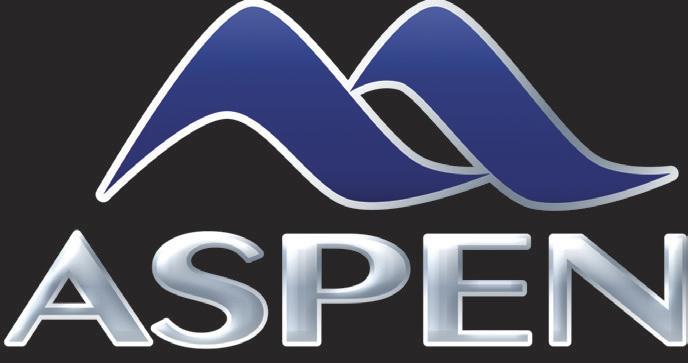

power Mercury Verado, triple outboards of smaller horsepower, or diesel sterndrive inboards. The 45 is offered with up to four staterooms and two heads. Power will be triple 600-horsepower Mercury outboards or quad outboards with optional diesel inboard power. eaglecraft.com
Built and sold by EagleCraft, Campbell River, BC, 250-286-6749
For more than 35 years, Fleming Yachts have lived up to their reputation as being among the toughest and best built pleasure yachts on the market. They also produce one of the best-looking pilothouse cruisers of all time. While it isn’t often that Fleming releases a new model, they’ve done so with
their largest model to date, the Fleming 85. This new flagship complements their existing line up of 55 (16.76 m), 58 (17.68 m), 65 (19.81 m) and 78-foot (23.77 m) models. The 85 (85’ 2”/25.9 m) maintains the classic lines of its predecessors, though the exterior details have been refined and simplified to create an even cleaner look. It was designed by Australian naval architects Norman R. Wright & Sons—who have been designing semi-displacement passagemakers for more than 100 years—and the Fleming design Team. Fleming claims the hull is the most efficient and most beautiful semi-displacement hull on the water. Strong words, but Fleming is known for its seaworthy hulls and for using only the highest quality equipment as standard, with a focus on redundancy and access for maintenance. The 85—which like other Flemings, is built at the Tung Hwa boat yard in Taiwan—is available with either an open

or enclosed flybridge, a three or four cabin interior layout with separate crew quarters and a crew galley. flemingyachts.com

Sold by Fleming Yachts Canada, Sidney and Vancouver, 250-656-8909, 604687-8943, Chuck Hovey Yachts, Seattle 206-624-1908
The Fractus line was born out of a South Korean company called DTEC (Design and Technology), founded in 2006 by ship designer Mr. Youngil Lee. Initially his company focussed on designing and building small to medium size rescue, research and exploration vessels for Korean government projects. However, Lee wanted to expand to designing pleasure craft and in 2016,

he started building under the Magnum brand. The small-vessel Magnum line was designed and built with mainly performance, speed and safety in mind. However, the unique and very distinctive appearance of the Magnums was also a key objective. In 2020, the first Korean-built Magnums arrived in the North American market.
In 2022 DTEC came up with a new line called Fractus for the North American market, with an eye to sport fishing. The Fractus line features the latest hull design technology and new and improved interior and exterior features for the local market, as well as an eco-friendly approach to construction and finishing. Among their new models is the flagship Fractus F75 (24’ 6”/7.5 m). This striking design, powered by either a single 250 or 300-horsepower outboard, comes with a V-berth, a small kid’s berth behind the helm and companion seats, and a head. A portable bow ladder makes it easy to get ashore when beaching the boat. These aren’t roomy vessels
though. Roman Kostyuk, the local importer, says driving the Fractus is an exciting and dynamic experience, likened more to driving a dirt bike than a Harley Davidson. unitedtopmarine.ca
Sold by United Top Marine, Chilliwack, BC, 778-861-5405


Galeon Yachts was founded in 1982 in Poland. The company employs more than 1,200 people and is family-owned and run by a father and son team. The company currently offers 21 models in Hardtop, Flybridge and Skydeck configurations from just over 32 feet (9.8 metres) to just over 83 feet (25 metres).
Galeon only entered the US market about five years ago. The 410 was the first Galeon imported by new Canadian dealer, Freedom Marine. See the review of the 410
in the December 2021 issue of PY. Galeon is offering three new models including the Galeon 375 GTO sedan (LOA 37’ 9”/11.5 m). It is the second in the GTO series, following the Galeon 325. The 375 builds on everything the 325 had, including performance. Power is twin V12 600-horsepower Mercury Verado outboards offering cruising speeds of 35 knots and a maximum speed of 47 knots. The 375 is said to be fun, fast and innovative, with plenty of entertainment areas, including a recessed bow lounge accessed through a helm door and a cockpit with forward or aft facing sliding transom seats and Galeon’s innovative Beach Mode, which creates additional room for entertaining with folding balconies. Comfort is enhanced by soft cockpit decking and an electric awning. Accommodation is a bow master and a second cabin aft under the helm deck. galeonyachts.us
Sold by Freedom Marine, Vancouver and Sidney, 604-609-0985 and 250-940-9060
Grady-White has been building fishing machines in Greenville, North Carolina since 1959. They have a reputation of designing and producing outstanding fibreglass boats. One of the most significant design details is the company’s patented SeaV² hull, with a “continuously variable vee.” It is unique in that the hull design has no two places on the keel where the deadrise is the same. The vee continuously sharpens from the transom to the bow stem. This is said to deliver a soft and stable ride. Grady says it’s trademark SeaV² hull is ranked highest in performance and ride in every J.D. Power and Associates marine study ever done. Grady-White’s new flagship is the 45-foot (13.72 metre) centre console Canyon 456. It is one of the world’s largest centre console boats and is crafted with Grady’s attention to detail. Fishers will appreciate two live wells, four fish boxes (one a whopping 434 litres), dual bait prep stations, plenty of tackle storage and more rod holders than one can count (including several in the shower compartment). One interesting feature is a 24-inch Garmin screen mounted at the inside of the transom. The idea is to better see what is going on around the boat or to view underwater cameras. It is well protected from being bashed when fighting fish. The cockpit has ample seating and even
air conditioning for those seated in the aft facing settee. A grill here is standard. Below is the accommodation area with a well-equipped galley and the forward berth which is convertible to a dining area with a high-low table and TV. Outside, at the bow, is a spacious lounge area with sunpad and recessed wrap-around seating with twin tables. The tables lower to transform the bow into a casting platform. And for those with queasy stomachs, a gyro stabilizer will keep things on an even keel. Power is four 350-horsepower Yamaha outboards. Top speed is 50 knots with optimum cruise of 26 knots. gradywhite.com
Sold by River City Marine, Abbotsford, 604-852-8599, Parksville Boathouse, Parksville, 250-947-9666.
Slovenia-based Greenline introduced its first hybrid yacht in 2008 and remains one of the major players in the hybrid and pure electric yacht field. The company’s current offerings range from 33 to 68 feet (11.6 to 20.8 metres). However, in addition to hybrid yachts, the company also offers optional twin diesel power as an option. New for 2023 is the Greenline 58 Fly (59’ 8”/18.2 m). The exterior is a very pleasing blend of angular and curved

design elements, thanks to Marco Casali of Too-Design. Power is twin 610 (standard) or 715-horsepower Cummins diesels expected to provide top speeds of 25 knots. The 58 Fly is also available in hybrid drive or fully electric drive configurations. In hybrid mode, the range is up to 25 miles at five knots. In electric mode, the range is 25 miles at seven knots, with a top speed of 12 knots. With the optional range extender mode, which is based on two 25 kW generators, the range is just under 500 miles at 7 knots. Up to 3.63 kW can be generated by solar panels though 1.2 kW is standard with an additional 2.31 kW generated by the optional hardtop solar panels. The pure electric model is available with lithium batteries with up to 320 kW/h, while the hybrid is available with up to 120 kW/h lithium batteries. Owners can choose between a two or three-cabin layout and an optional captain’s cabin. An office is also available. The galley has plenty of room for even the most discerning chef. The saloon comes with a unique lowerable natural wood table. Other notable features include a huge cockpit with full size dining table and an aft-facing bench built into the transom. greenlinehybrid.com
Sold by SV Business Group, West Vancouver, 604-901-2524, Ocean Trawler Yachts, Seattle, 206-659-0710



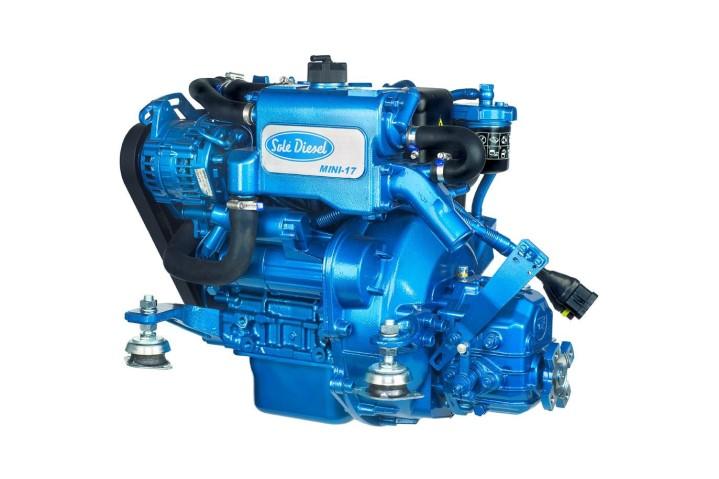

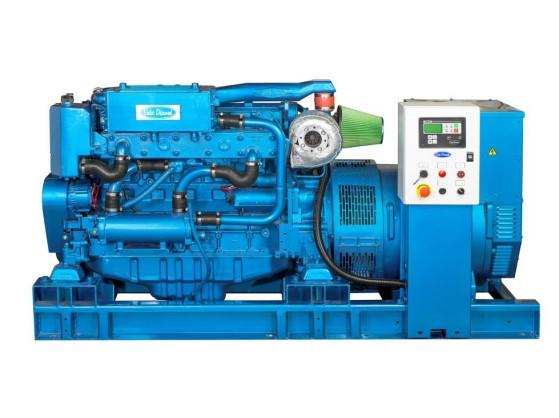

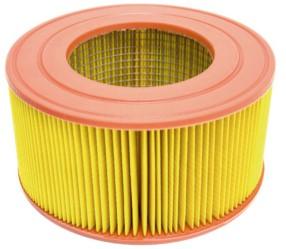

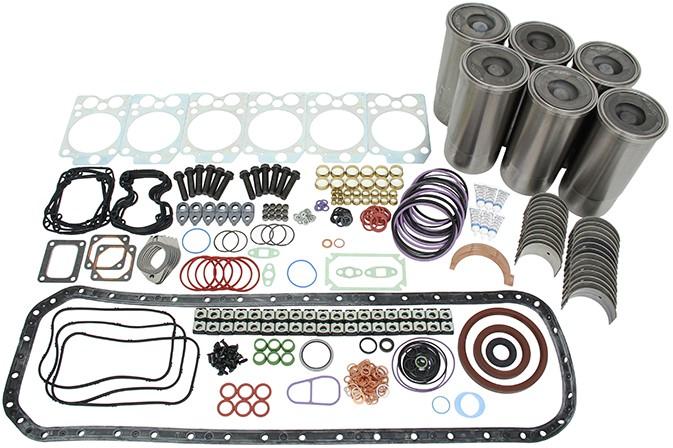







Colville, Washington-based Hewescraft has been building aluminum fishing boats for almost 70 years and continues to be run by the Hewes family. The company produces 10 different series of boat models in dozens of different configurations and sizes ranging from 16 to 29 feet (4.87 to 8.4 metres). Hewescraft claims to be the number one selling heavy-gauge aluminum boat in the Pacific Northwest and Alaska.
The newly redesigned 270 Pacific Explorer (30’ 4”/9.26 m) is based on Hewescraft’s offshore-tough, eight-footwide Alaskan hull with added conveniences for extended stays on the water. The new interior features a class-leading berth and enough space to comfortably sleep a family of four in the fold-down dinette and cuddy (with walk-through bow hatch and sliding privacy door). Many of the amenities and finishing touches previously only found in their flagship 290 Adventure have now been introduced into the Pacific Explorer. Fishing amenities include two in-floor 50-gallon (189-litre) fish boxes with pumps and a 40-gallon (151-litre) fish box in the transom. Power is twin outboards to 500 horsepower. hewescraft.com
Sold by GA Checkpoint Yamaha & Marine, Port Coquitlam and Abbotsford, 604461-3434, 604-854-3440, Sherwood Marine, Saanichton, Vancouver Island, 877-652-6979. Contact the manufacturer for USA dealers.


France-based Jeanneau, which was acquired by Groupe Beneteau in 1995, has been building sailboats and powerboats for more than 60 years. They offer both outboard and inboard models in the NC (New Concept) enclosed cabin line and the Leader open-boat line.

The NC 1295 Fly (41’ 2”/12.56 m) is offered with three cabins, two heads and multiple outdoor living spaces. Those include integrated sun loungers on the forward deck and aft cockpit and an electronically controlled starboard-side cockpit balcony. A door adjacent to the helm provides easy access to the side deck and its raised bulwarks. The helm deck includes an aft galley (with a fold-out counter to the cockpit), a U-shaped dinette and a helm seat that swivels to be part of the action. The
cockpit/helm deck doors open to provide that seamless transition between the two. Power is triple 300-horsepower outboards. jeanneauamerica.com
Sold by Milltown Yacht Sales, Vancouver, 604-269-9516, Sundance Yacht Sales, Seattle, 206-633-2850
The Bryton Marine Group (formerly Bolton Marine Group) produces 28 models of Canadian-made heavy-gauge aluminum boats for rivers, lakes and offshore. The company claims that its plant, located in Vernon, is the most advanced aluminum boat building facility in North America. Each Kingfisher incorporates the company’s exclusive (and
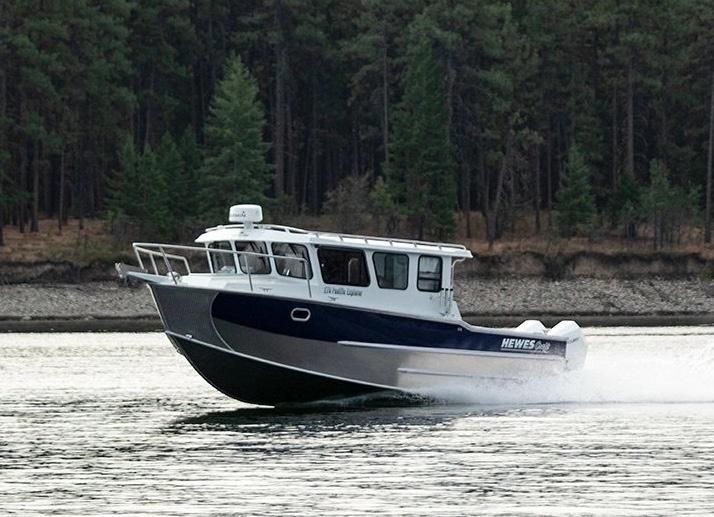
lifetime-warranted) Pre-Flex all-welded hull technology, which provides added strength to their hulls. The company’s offerings include enclosed cabin outboards in their Offshore (seven models) and Coastal (five models) series, as well as smaller river and lake day boats.
Serious fishers will want to check out the 35-foot (10.7-metre) Kingfisher 3425 GFX (Great Fishing & Exploring). This is the largest of the company’s offerings. This 48-knot vessel has everything a fisher or commuter could want, but also some of the amenities of a yacht, including sapele wood cabinets, dinette seating for six, galley, queen berth and separate head. There’s a V-berth and a fold down dinette table for accommodation. Headroom in the cabin is an amazing 6’ 10” (two metres). Several outboard power options are available from Mercury and Yamaha. kingfisherboats.com
Sold by Galleon Marine, Richmond, BC, 604-273-7544, GA Checkpoint Yamaha & Marine, Port Coquitlam and Abbotsford,

604-461-3434, Parksville Boathouse, Parksville, 250-947-9666
This Bremerton, Washington-based company builds open, centre console and enclosed cabin aluminum-hulled rigid inflatables powered by inboard or outboard motors—with about 50 percent for government service. The company is extremely proud of their tough construction and safety features. For added strength and to disperse the stresses from heavy slamming loads, two full height frames run longitudinally down the centre of their boats to create one of the strongest beam designs known to structural engineering—an I-beam. Safety features include patented closed foam and air collar systems, self-bailing decks and reserve flotation foam in hull compartments. The company’s Cabin and Yachtline Cabin models from 27 to 50 feet (8.3 to 15
metres) are most suitable for cruisers and commuters. They combine a very fast, safe ride with all the amenities for life aboard. The difference between the two lines is that the Yachtline offers a significantly higher finish level than the recreational Cabin line.
One recent model is the 35 Yachtline (38’ 5”/14.74 m) with an amazing paint job that disguises the fact that the house, deck and hull are actually aluminum. Like other Life Proof Boats, the positioning of the foam collar low on the hull and twin vertical fins fore and aft provide excellent tracking, tight cornering and best of all, super stability and safety. Features of the 35 Yachtline we looked at included full fishing amenities with in-deck fish boxes, two cockpit benches with a table. Inside were three Shockwave S2 suspension seats, a navigation package, galley with sink and drawer fridge and freezer, twin companion seats with their own touch screen. Below were facing upholstered benches (with optional V-berth instead) with ample overhead storage, a small galley area with sink and
microwave and a stand-up head and vanity. Forward was the walk-through cuddy with drop down bow door. Power was twin 600-horsepower Mercury V-12 outboards (triple 400-horsepower outboards are also available) said to be able to push the 35 to more than 55 knots. lifeproofboats.com
Sold by Life Proof Boats, Bremerton, WA, 360-674-7019

BC-based North Pacific Yachts was founded in 2004 and to date has produced more than 100 trawler-style, China-built yachts from 44 to 59 feet (13.4 to 18.7 metres). The success of North Pacific is largely due to their practical and well-thought-out designs and layouts, high quality construction and finishing and their extremely competitive price point.
The new 59 Pilothouse model (61’ 4”/18.69 m) looks to be another great offering with a tasteful blend of modern and classic lines. The builder says it offers interior volume equal to most boats in the 65-foot (19.8-metre) range and with all North Pacifics, a great deal of customization is available. Hull number 1 will be built with an enclosed skylounge.

In the saloon, a plush linear sofa, movable lounge chairs and rich wood cabinets give the appearance of a highend home living room, and it does appear to be as comfortable as a home. The pilothouse and well-equipped and spacious galley are up a few steps. When underway the U-shaped settee adjacent to
the central helm station will be the place to hang out. Below decks are a full beam master with en suite, a guest cabin in the bow and a smaller guest cabin with singles that can be slid together to make a double. A second head is accessed directly from the forward cabin or from the companionway as a day head. Built into the front of the Portuguese bridge is a lounge seat, which should be another nice space to enjoy the outdoors when underway or when moored. On the flybridge, a partial hard top and U-shaped settee provide an inviting dining or relaxing space with an adjacent summer kitchen. Aft on the flybridge is a davit and storage for a dinghy. Power is twin Cummins 715-horsepower diesels expected to provide an estimated 16.5 knots. northpacificyachts.com
Built and Sold by North Pacific Yachts, Surrey, 604-377-6650
North River manufactures world-class heavy-gauge aluminum boats at their 90,000-square foot manufacturing space on 10 acres in Roseberg, Oregon. The company, founded in 1974, offers several lines of open and enclosed boats. For the avid fisherman or cruiser, the outboard powered Offshore Series, in four base models with different offerings in each, are most likely to attract attention. They are characterized by relatively flat sheer, forward sloping windows and Alaskan bulkheads. Inside they offer standard amenities such as V-berths, small galleys, heads and so forth. northriverboats.com
Bellingham-based Northwest Marine Industries has been around in one form or another since 1955. They produce a number of fibreglass lines: Sea Sport, C-Dory, Osprey, Skagit Orca and Tom Cat up to 32 feet. All are built in Bellingham and are renowned for their tough construction and ability to handle anything that the ocean can throw of them. They can be customized for any make of outboard, electronics, fishing gear and such. Each is hand-laid with all fibreglass stringers and positive foam floatation. See individual listings for each brand. nmiboats.com
Two generations of one family have guided Ocean Alexander for almost four decades. With manufacturing in Taiwan, Ocean Alexander is consistently one of the top selling brands for large yachts in the US and currently produces models ranging from 45 to 155 feet (13.72 to 47.24 metres) in length. The recent Revolution series was designed by Evan Marshall and Arrabito Naval Architects and consists of three absolutely stunning models. The largest is the quad deck 35 Revolution (116’ 9”/35.56 m) megayacht. The 35R expands on the functionality of her smaller sisters and is said to have features that can be compared
to those on much larger yachts. The plumb bow and full width main deck expand even further over that of a traditionally styled yacht. The lower deck boasts four generous staterooms (and the beach club) with ensuites, vanities and queen size berths. Aft are crew quarters for five, with a lounge and additional refrigeration and freezer units. The main deck features a massive saloon with floor to ceiling windows, automatic push button doors, a separate dedicated dining room with room for 10, a day head, and an industrial-size galley forward (and separate). The huge full beam master with his and her walk-in closets and full beam en suite with bathtub and jacuzzi take up the forward end of the main deck and benefit from 180-degree views. Aft is a large covered lounging area with a variety of seating while outdoors and ahead of
area. The sky deck is an open area with U-shaped raised bar/kitchen area with bar seats and a sunpad. A wet bar and day head round up the space. Both fore and aft of this are additional lounging areas. The Beach Club sea level entertaining space is complete with television, wet bar, sauna, gym, fold down swim platform, day head and stall shower. Power for the R35 is twin MAN V12 1,900-horsepower diesels. alexandermarineusa.com
Sold by Alexander Marine USA, Seattle, 206-344-8566
est in the line is the 30-foot Destination, said to offer the smoothest ride of any deep-vee cruiser. It is offered with single or twin diesel, gas sterndrives or twin outboards offering up 35-plus knots and a 450-mile cruising range! Not only is this a fishing machine with a 76-square foot cockpit, walk-around decks and optional aft steering station, it is also well suited for extended excursions with the capacity to sleep six comfortably. ospreypilothouse.com
Sold by Alberni Power & Marine, Port Alberni, 250-724-5722. Contact manufacturer for USA dealers.

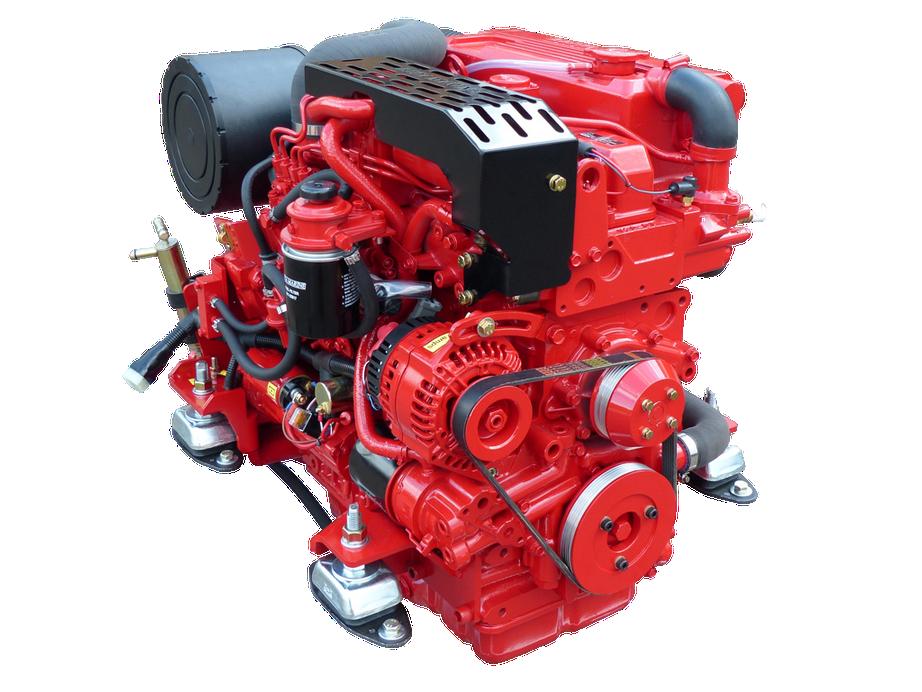

The Osprey line of pilothouse sport fishing boats from Bellingham-based Northwest

Parker Poland has had a large presence in
RIB builder AH Parker & Sons Ltd which was founded in 1886, incorporated in 1940 and active in Poland since the early 1970s. The company has since expanded its offering to fibreglass sport, leisure and fishing boats.
The Monaco 110 (38’ 2”/11.64 m) is a two-cabin, single-head, cruiser designed in collaboration with Tony Castro. It represents the first of the company’s sporty new outboard boat line and is available in both sedan and flybridge versions. What is perhaps most notable is the 110 is one of the few flybridge yachts on the market in its size range with twin outboard power. The two steps in the hull are designed to improve planing by introducing air under the cored hull. The plumb bow widens noticeably above the waterline to provide added volume forward. Hull windows, a one-piece windshield, expansive cabin windows and the nicely reversed transom contribute to a sweet looking ride. A novel and uniquely designed sunbed covers the outboards motors, which also lowers the noise levels for the passengers. The seat/sunbed can slide aft increasing the cockpit area, and forward to tilt the engines up. With the flybridge version, a set of offset steps mounted on a pivoting stainless pole provide access
to the flybridge, yet can swing out of the way to provide more room to get around the removable teak cockpit table. On the flybridge, a U-shaped settee and very large teak table should make for both al fresco dining and a comfy lounging spot. On deck, the starboard side of the asymmetrical cabin offers a wide walkway to make it easy to move forward to the sunpad and anchoring gear. The saloon is bright and airy, thanks to panoramic windows and an overhead skylight, forward of the flybridge (the sedan version comes with a glass sliding roof and another sliding canvas skylight). The L-shaped galley is equipped with a two-burner diesel cooktop, fridge and microwave. The L-shaped dining/lounging area comes with a large high-low table that converts to a third sleeping area. Ahead of the dinette is a double companion seat with the helm area to starboard. Accommodation consists of a bow master and a guest stateroom tucked under the saloon. The head compartment includes a separate shower. Twin 300-horsepower Yamaha outboards push the Monaco 110 along at a top speed of just over 36 knots. See a full review of the flybridge version in the May 2022 issue of PY. parkerpoland.eu
Prestige is the 30-year-old luxury motor yacht brand of France’s huge Beneteau Group. The company offers three lines of sedan and flybridge yachts from 42 to 72 feet (12.8 to 22 metres), and a new catamaran line.
In an interesting departure, Prestige has come out with its first catamaran model, the M48 (48’ 6”/14.79 m). This is the first in the company’s new M-Line of power cats. The added beam of a cat, better fuel economy and inherent stability are certainly advantages over a monohull. This is a flybridge model (hardtop optional) with either three or four staterooms (the forward master can instead become two twin cabins), each with its own private access, something Prestige is very good at. An optional captain’s cabin can be configured for the bow area. There are five en suite heads with separate showers. That’s a lot of room in a vessel this size, but again, the added beam makes this possible. The vo-
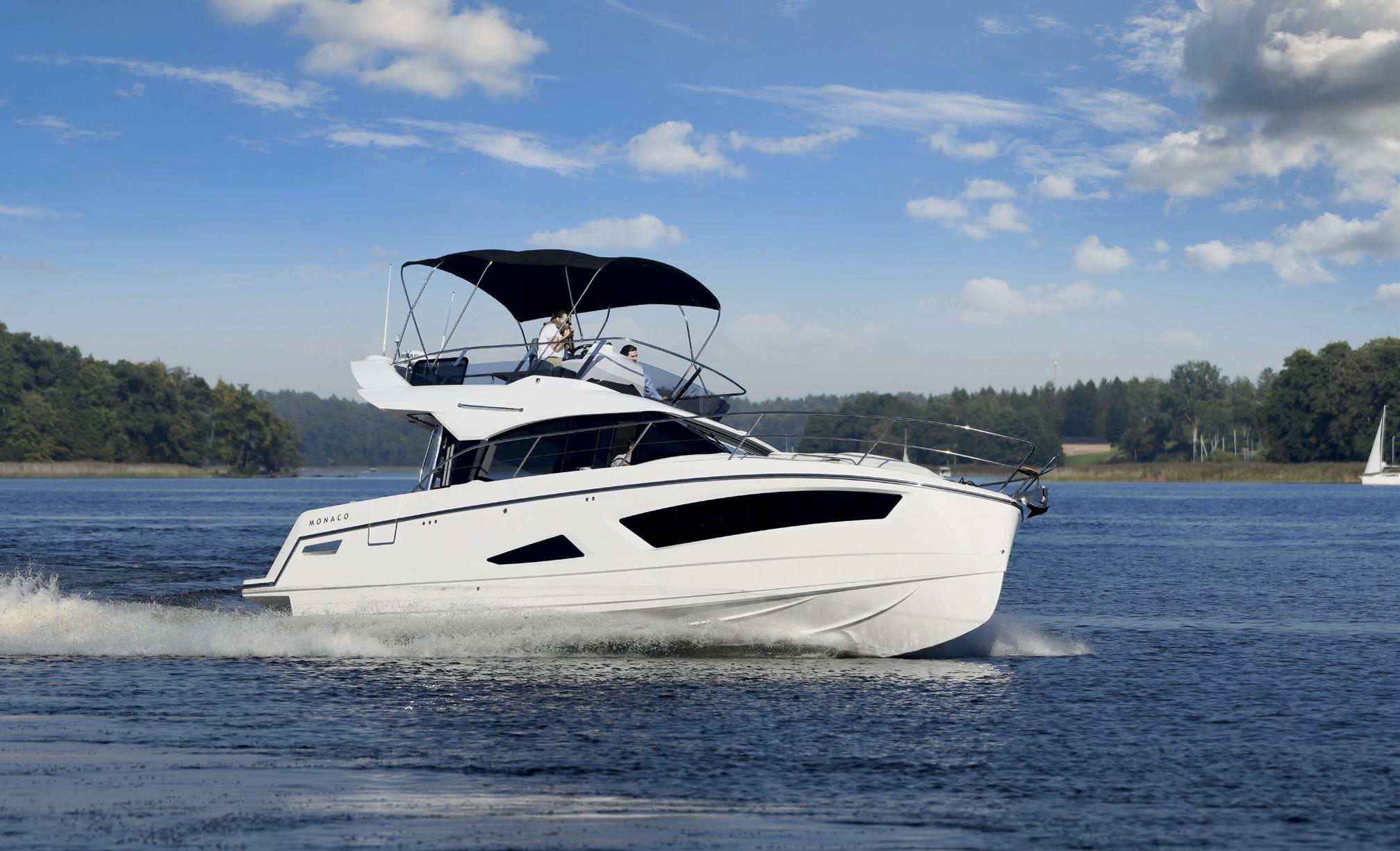
luminous aft cockpit can accommodate up to eight people. An electric swim platform lowers flush to the twin transom platforms to form a huge terrace which doubles as a tender lift. The forward sundeck, accessed by wide side decks, combines with a vast bow lounge with U-shaped sofa and removable table. The saloon offers 360-degree views. The U-shaped aft galley opens directly onto the cockpit. Power is twin Volvo Penta D4, 320-horsepower diesels with V-drives. Cruising speed is 15 knots, maximum speed is 20 knots. prestigeyachts.com
Sold by M&P Yacht Centre, Vancouver, 604-692-0333, Sundance Yacht Sales, Seattle, 206-633-2850
is a seamless transition between the exterior and interior. Her saloon features a U-shaped sofa and dining table for six guests, which can also convert to a comfortable double berth as required, whilst her spacious foredeck boasts a sunpad. The well-proportioned flybridge features an aft U-shaped seating area, forward L-shaped seating to the portside which converts to a sunbed and twin helm seats. The dual-station instrumen-
tation and latest Volvo-Garmin navigation and control systems enable her to be helmed from both the main deck and flybridge. Her twin Volvo Penta D8 IPS drives (1,200 horsepower) allows the F50 to slice through the waves at 36 knots. princessyachts.com
Sold by Freedom Marine, Vancouver and Sidney, 604-609-0985, 250-940-9060
Based in Plymouth, England, Princess Yachts has been building high-end luxury yachts for more than 50 years. Princess offers 21 models ranging in size from a 36 to 95 feet (10.9 to 29 metres).

Princess is offering four new models including the Princess F50 (51’ 4”/15.65 m), a compact flybridge yacht with a focus on the use of space and dynamic performance. Designed with on-deck living in mind, there

Fort Pierce, Florida-based Pursuit Boats was established in 1977 by the Slikker family (who also build Tiaras). They produce 17 models of centre and dual console boats and offshore and sport boats. New for 2023 is their flagship 445 Offshore (46’ 6”/14.37 m). It is the largest and most luxurious boat ever built by Pursuit. It was built in response to owner demand for a larger, more luxurious model than the smaller 385 Offshore. While Pursuits are known as fishing machines, the 445 is more like a luxury cruising yacht, with excellent fishing amenities as a bonus. Among the highlights are walkaround decks, a versatile cockpit that works as well for entertaining as for fishing, a starboard quarter bulkhead that folds outboard and a portside dive door. The helm deck opens seamlessly to the cockpit, with a fully equipped galley aft. Accommodation is in two staterooms, with the bow master and a double berth in the guest cabin. The head has a separate shower.
Powered by triple Yamaha 425-horsepower outboards with a combined horsepower of a whopping 1,275, it cruises at 26 knots with a top speed of just under 44 knots. pursuitboats.com
Sold by Van Isle Marina, Sidney, 250656-1138, Islands Marine Center, Lopez Island, WA, 360-468-3377
Ranger Tugs’ parent company, Fluid Motion, was founded in 1958 in Kent, Washington by David Livingston. Livingston
designed, built and marketed many different vessels (including the Livingston dinghy) and designed boats for a wide range of other manufacturers. In 1998, his company acquired the design for the tugboat-styled Ranger 21. They improved on it and due to its immediate success, the Ranger line grew and grew and now consists of fast trawlers from 23 to 43 feet (seven to 12.5 metres).
The company’s latest model is the Ranger 41 CB (Command Bridge). It represents a significant jump in length from the next largest model, the 31. It was also the first Ranger to use Volvo-Penta IPS pod drives. R-41 is now called the R-43 to reflect its actual size more closely (LOA of almost 47’/14.33 m) and it comes with larger engines and is available in both flybridge and sedan models. Above the waterline of its semi-planing hull, its broad bow adds considerable volume to the bow master. The 43 can boast some innovative features. The guest cabin is immediately to starboard upon entering the saloon and accessed via a private stairway. It is highlighted by a queen-size athwartship berth (or optional twin beds) and its own en suite with shower. This is a smart way to separate owners from guests. One unique feature of the 43 is an electrically activated hatch under the dinette seating area. The entire floor here hinges open to reveal a huge storage area with standing headroom and ample room for a second refrigerator, freezer, full-size washer and separate dryer. The cockpit features an innovative seating arrangement—two side-by-side transom seats that swivel 90 degrees, so they face each other, with a pair of tables between them. rangertugs.com
Sold by: Port Boat House, Port Alberni, 250-724-5754, Ranger Tugs, Kent, WA, 253-839-5213
Bellingham-based Northwest Marine Industries’ Sea Sport line offers six enclosed cabin, fibreglass monohulls models from 22 to 30 feet (6.7 to 9.14 metres) plus Sea Sport’s largest offering in the line, the Pacific 3200 catamaran (32’ 2”/9.8 m). The newest addition to the Sea Sport lineup is the Commander 2800, (28’/8.53 m) designed for both the serious fisherman and leisure family cruising. By adding two feet in length and 13 inches in beam over the 2600 series, owners gain many features that were not possible on the smaller models. The full galley includes a two-burner propane cooktop, a deep sink with hot and cold water and a 3.5-cubic foot refrigerator. The cabin also includes a V-berth and a fully enclosed electric marine head and a hot water shower system. Power is twin 300-horsepower outboards. seasportboats.com
Sold by Alberni Power & Marine, Port Alberni, 250-724-5722. Contact manufacturer for USA dealers.
Sea Ray, part of the giant Brunswick Boat Group, has changed its focus over the years and now focusses more on its outboard powered models—largely day boats—under 40 feet (12.2 metres). For 2023, Sea Ray is introducing two new models.
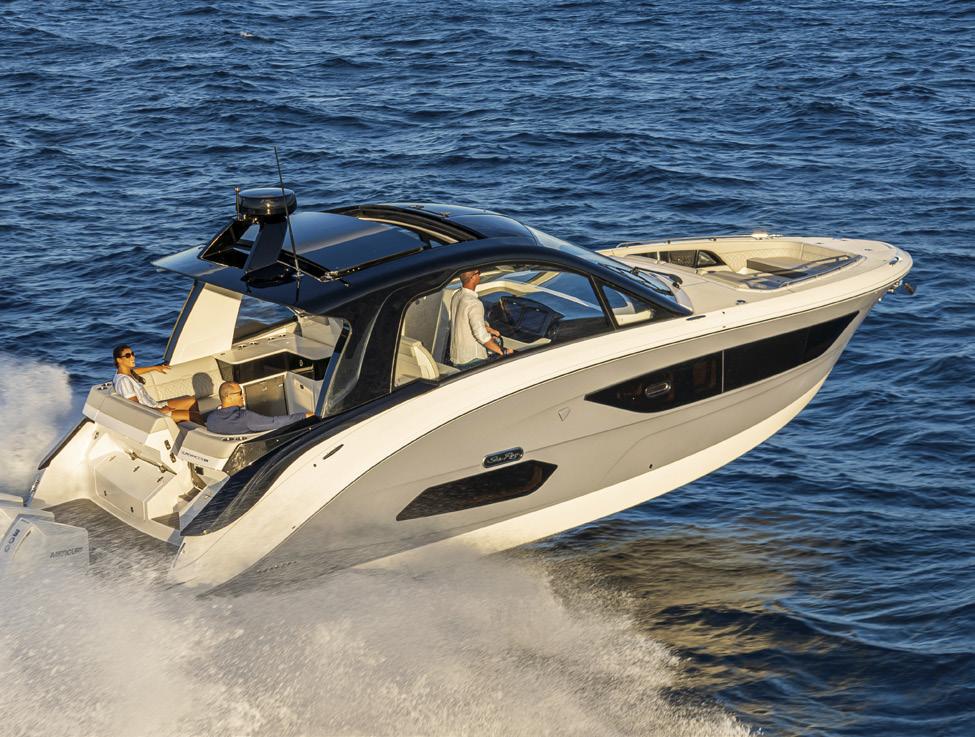
The Sundancer 370 Outboard (39’ 9” /12.12 m) is an open sport boat that is also available in a coupe model offering a hardtop with a full windshield and

electrically actuated windows. The two main entertaining spaces—the cockpit and the bow area—are impressively large and very well suited to hanging out and having fun with family and friends. The U-shaped seating area in the bow has recessed footwells and a removable table that can be configured (with different length support poles) as a coffee table or dining table. The interior is both stylish and comfy, especially with the convertible bed/lounge seat. The seamless glass bridge configuration offers the cleanest layout this reviewer has ever seen. Everything is flush with the helm module. The cockpit features a wet bar, cockpit table, optional Kenyon grill and optional refrigerator. The galley includes a standard microwave and refrigerator. The V-berth is unique in that when entertaining, it folds up electrically to become an aft facing seat, creating a larger L-shaped lounge area. At the push of the down button, it becomes an island berth. The enclosed head is equipped with a separate shower. The midship U-shaped couch also converts to a sleeper for two, ideal for the kids. Standard power is triple Mercury 300-horsepower Verado outboard engines with a top speed
of 40 knots. A Seakeeper gyro stabilizer is optional. See our full review of the 370 Sundancer in the September 2022 issue of PY. searay.com
Sold by M&P Yacht Centre, Vancouver, 604-692-0333, Lake Union Sea Ray, Seattle, 206-284-3800
The Skagit Orca line is another trailerable sportfishing/cruising offering from Bellingham-based Northwest Marine Industries. Two models are offered, a 24-footer (7.32 metres) and a 27-footer (8.13 metres). Both are available in standard or extended cabin versions. The 27 extended cabin version offers full walkaround decks with 85-square feet of cockpit space. This means there’s plenty of room to battle fish, and to prepare your catch on a built-in fish cleaning station, then to store your catch in two four-foot fish boxes. Inside is a head and stand-up shower, hot water tank and heater/cooktop combo and convertible dinette to a double
berth. Power is twin 200-horsepower outboards. skagitorca.com
Built and sold by Northwest Marine Industries, Bellingham, WA, 360 389-5351
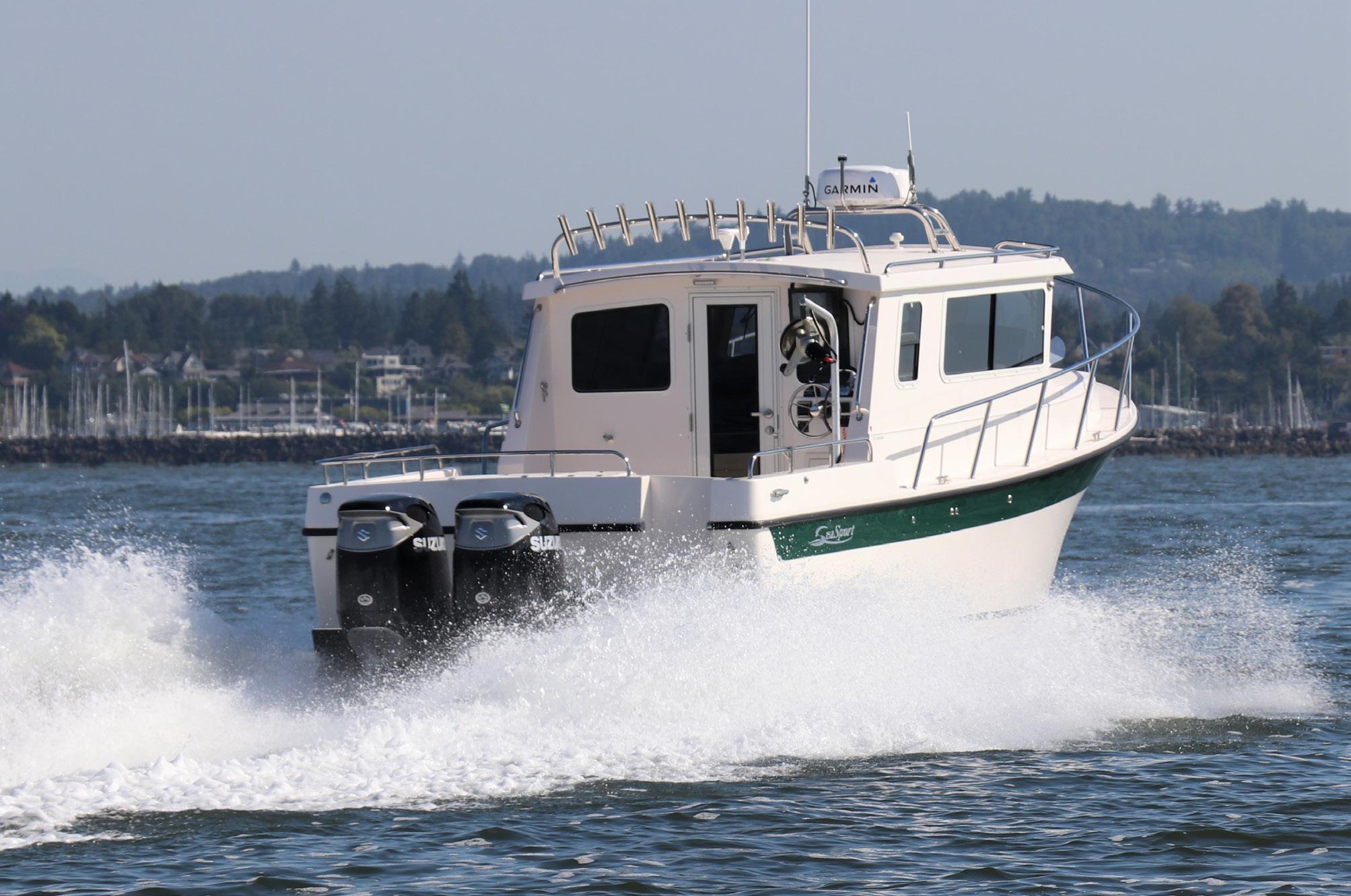
Solara is the latest in the Livingston Family’s legacy of innovation (Livingston, Ranger Tugs, Cutwater Boats, etc.). Solara boats are sold fully loaded with everything one needs to get cruising on the day they are delivered. For ease of boarding, all outboard motor rigging is recessed below deck which eliminates the inherent tripping hazard from conventional rigging. Standard features include autopilot, auto-leveling trim tabs, bow thruster, EVA foam traction decking, bow and stern cameras, lithium batteries, a Garmin navigation package, sport racks and more.
The outboard-powered Solara S250 Coupe (31’ 2”/9.5 m) is likely to be most appealing to cruisers. This versatile pocket cruiser offers 360-degree views from the
helm as well as an opening aft bulkhead window that allows the dinette seat to convert to an aft-facing cockpit seat (as per Cutwaters). Amenities include a private stateroom (with removable table), enclosed head and a galley featuring a sink, hot and cold water, stove top, microwave and refrigerator/freezer. As with others in parent company, Fluid Motion, the outboardpowered Solara line was designed with a double-stepped hull to increase efficiency and performance and reduce fuel consumption and reduce time to plane. The company’s trademark Laminar Flow Interrupters (like indented circles) between the strakes on the forward running surface are said to “prevent the inherent suction created by laminar flow, resulting in enhanced cornering performance.” Power is twin 300-horsepower Yamaha outboards. solaraboats.com
Sold by: Port Boat House, Port Alberni, 250-724-5754. Contact manufacturer for USA dealers.


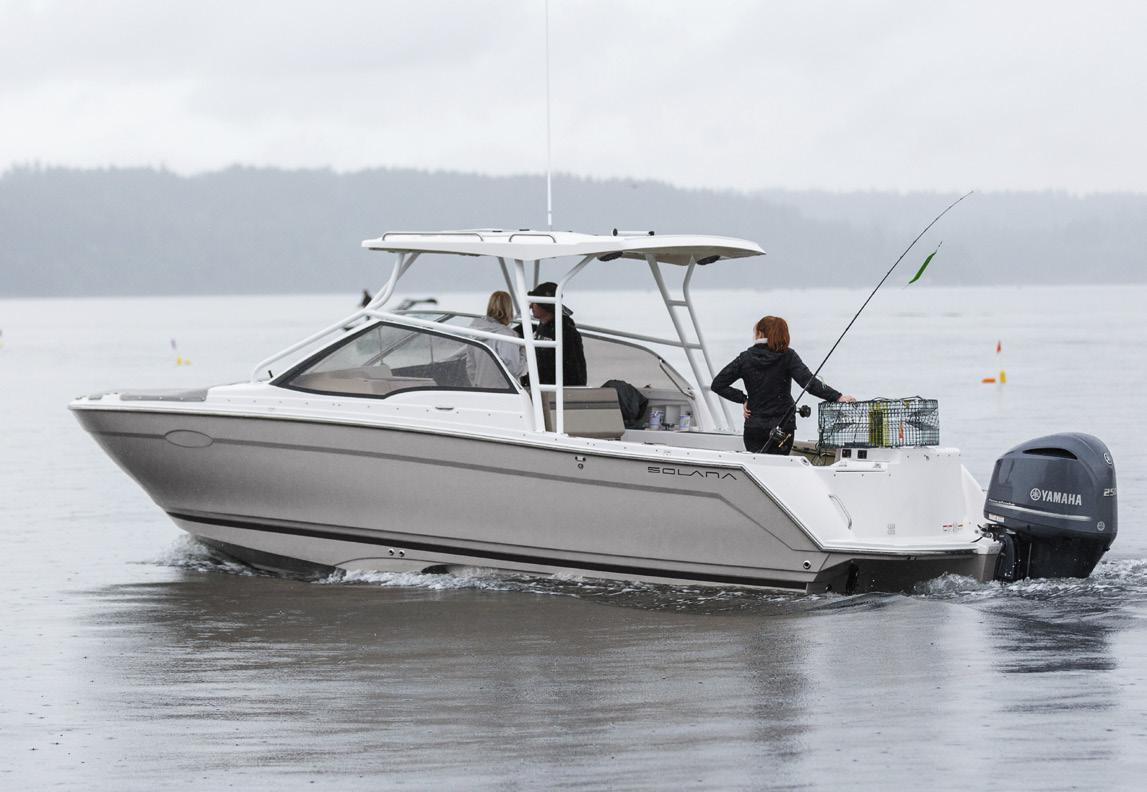
Sunseeker International is the United Kingdom’s largest boat manufacturer and employs over 2,500 designers, engineers and craftsmen. The company exports an average of 150 yachts a year to more than 74 countries.
The new 88 Yacht (86’ 7”/26.4 m) has impressive exterior lines and a sleek hardtop roof with an optional central opening canopy. It can reach speeds of up to 30 knots and can accommodate eight guests in four staterooms, each with its own en suite,
including a massive full-beam master and bow VIP cabin. An additional spacious crew quarters for two is underneath the cockpit. The 88 Yacht’s exterior provides multiple entertaining and relaxing spaces fore and aft. The flybridge has a summer kitchen and an optional infinity spa bath. The Beach Club can be equipped with sunbeds which convert from their lowered water-level configuration to the raised cockpit position at the flick of a switch. An overhead rain shower and plentiful stowage is opposite the extended bathing platform, which can also be used to carry a tender with an optional flybridge crane. The covered raised cockpit area is fitted with a wet bar and room for a central table with seating for eight or facing lounges. The foredeck features a Portuguese bridge and bow area that offers both a large sunpad and a U-
shaped lounge area with table. Inside, the helm area and galley (with breakfast bar) can be separated from the saloon when needed for privacy from the chef and crew, with a central dining area with a table for eight. Aft is the main saloon with acres of lounge seating. sunseeker.com
Sold by M&P Yacht Centre, Vancouver, 604-692-0333, Lake Union Sea Ray, Seattle, 206-284-3800

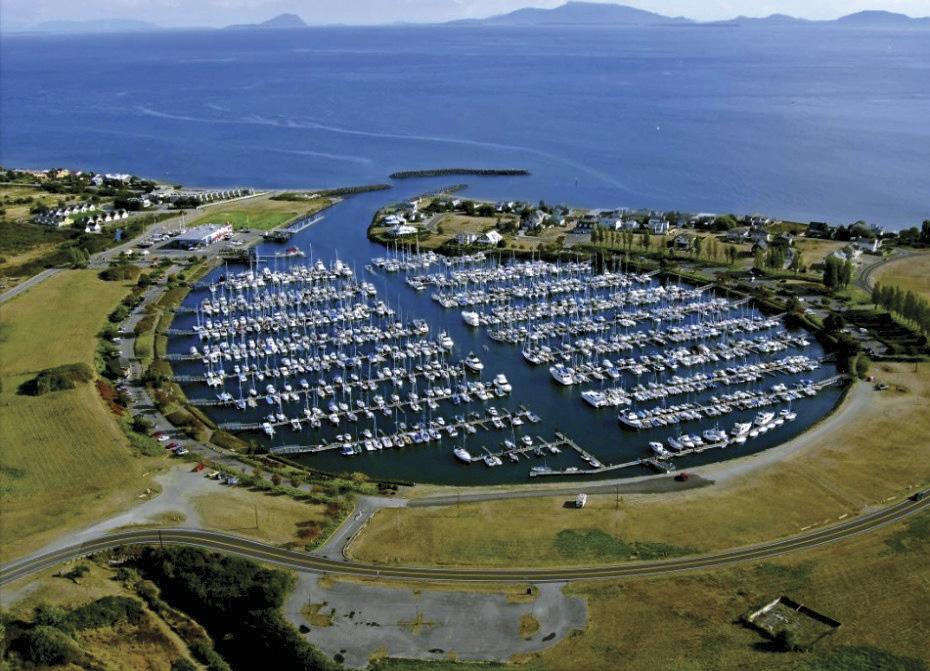
Gibsons, BC-based Tideline Welded Alu minum Boats is offering the TL25. Tideline is a relatively newcomer, founded by Gary Mulligan, who had previously worked with Coastal Craft.


The TL25 (25” 4”/7.72 m) is characterized by its forward raked windshield, aggressive bow angle, straight sheer and broad chines. With a large self-bailing cockpit (with second steering station), a good-size cabin, convertible raised dinette (with forward seat back hinged to allow it to become a companion seat), V-berth/ cuddy with head and Shockwave S5 helm seat, the 25 should prove a great, compact, boat for fishing, family cruising or as an all-weather commuter. Power is a single 300-horsepower Yamaha outboard with fly by wire controls and a 9.9-horsepower Yamaha kicker with tie-bar to the larger outboard. Top speed is estimated at 21.6 knots. tidelineboats.ca
Sold by GA Checkpoint Yamaha & Marine, Port Coquitlam and Abbotsford, 604-461-3434, 604-854-3440
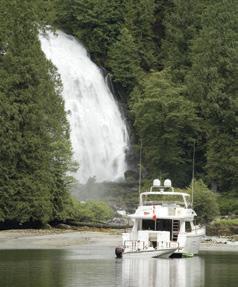



With the acquisition of the True North powerboat brand, the well-known sailboat manufacturer, Catalina Yachts is entering the growing market segment of timeless Downeast-style powerboats and promises traditional style and performance with Catalina value.




The hull designs of the True North offerings are said to be able to handle the roughest conditions and with 30 years of experience building yachts in the United States there is no reason to doubt that. The company uses solid fibreglass below the waterline and a variety of core materials above. True North powerboats are currently being built at the Catalina Yacht plant in Largo, Florida.
In addition to its 34-footer (10.36 metres), Catalina is introducing the second in the lineup, the 39-foot Outboard Express (LOA 44’/13.41 m) with a combined 700 horsepower. Like the 34, the 39 has a sleek look, with a plumb bow, reverse transom and a gentle sweeping sheer line. It has a durable exterior and an “open concept” interior. The main living spaces (including galley) are all on one level and connect seamlessly to the spacious cockpit. It offers two accommodation spaces: a V-berth in the bow with en suite head and shower and an athwartship berth under the helm deck.


truenorthbycatalina.com
Sold by Specialty Yachts, Vancouver, 604-689-7491
Turkey-based Vicem Yachts was formed in 1991 to build classic boats with a new level of luxury, comfort and performance using state-of-the-art cold molded wood (mahogany) and epoxy techniques. Their first model line was their Classic series, based
on down-east styling on the lines of the traditional Maine lobster boats. The company says they capitalize on the experience of 2,000 years of Turkish woodworking artisans. Vicem soon expanded its line to include cruisers, sportfishers, centre consoles and megayachts to 46 metres (151 feet). Recently, Vicem began to produce some of their models, including their Classic line,
with fibreglass hulls, decks and superstructure (with the obvious savings in maintenance) with teak decks and classic mahogany woodwork throughout. Set to be one of their most popular yachts yet is the Vicem 46 (51’/15.54 m) with IPS pod drives. The cockpit is fitted with an L-shaped settee and finely crafted table while the saloon features an L-shaped settee, a sideboard cabinet
across, and an all-wood helm console forward to starboard. Standard layout is two cabins and two heads, with the master in the bow and the galley down. The woodwork throughout is absolutely stunning with many panels built with fine inlays and this gives a warm and luxurious feel. Twin 450-horsepower Volvo Penta IPS 600 diesels should offer a fast cruise speed of 26 knots with a top speed of 30 knots, and of course, there is the advantages of pod drives. Look for a full review of the Vicem 46 in an upcoming issue of PY. vicemyachts.com
Sold by SV Business Group, West Vancouver, 604-901-2524
cabin models is the Victory A8 (27’ 10”/8.5 m). This is one of the most angular and radical designs we’ve seen in some time, with a reverse bow above the waterline, a steeply forward swept cabin and convex sheer line and unique handrail design. While the hull is aluminum, the decks are constructed from hand-molded composites. Amenities include a galley area, head, sleeping cabin in the bow (with an extra berth in the cockpit). Power is a single 350-horsepower outboard. victory-boats.com
Sold by SV Business Group, West Vancouver, 604-901-2524
Victory Boats is based in Estonia and builds a range of outboard-powered open speedboats, cabin boats and landing craft, all with reinforced aluminum hulls and buoyancy units that make them unsinkable. Among the

This impressive Finish line of deep-vee aluminum sport yachts is new to Western Canada. XO Boats are designed for speed, performance and year-round operation, mostly as day boats or for short cruises. As the company literature says, “When you
want the most from your boat, join us and head out when others stay in port.” The XO line, founded in 2008, has obvious similarities to the popular Axopar line which was created by former principals of XO Boats.
The XO line offers eight models from 25 to 31 feet (7.79 to 9.4 metres). Expect speeds of greater than 45 knots. The newest addition to the XO fleet is the DFNDR 9 (28’ 10”/8.8 m) twin outboard with a traditional aft swept windshield. This a walkaround boat where the aft deck and bow areas can be turned into large sunbeds while inside, a head (with shower) and a berth for two (accessed from the bow or the cabin), enable comfortable overnight stays. One innovative feature is the sliding glass side doors that fully open to seamlessly transition between the cabin and side decks. Equipped with two Mercury 225-horsepower V6 engines, the DFNDR 9 can reach top speeds of 45 knots. xoboats.com
Sold by SV Business Group, West Vancouver, 604-901-2524
“I’ve gone through rough water like this before.”
“I won’t fall in. I’ve got good balance.”
“The channel is wide enough for both of us.”

“I don’t need a chart. I’ve been there before.”
“We’ve got plenty of fuel.”
“I’m fine. I only had a few beers.”
“I’ve been boating for years. I don’t need to take a course.”
“Don’t worry - the water here is very shallow.”
“I’m just a small boat. I don’t need all that extra safety gear.”

“I don’t need a PFD. I’m a good swimmer.”
“The water isn’t that cold.”
hile 2023 might not mark the beginning of a new era of sailboat design, there do appear to be some interesting trends emerging that we can’t help but be excited about. It remains to be seen if this is the beginning of a larger paradigm shift or it’s “just how things are this year” but we are seeing many of the big manufacturers turn their attention back to mid-sized, “entry level” boats. There are still plenty of “big boats” on offer, but it’s nice to see a few new boats in the 25 to 40-foot range too. This bodes well locally considering the current state of moorage space in many of the main boating centres in BC. It also bodes well for new sailors because, let’s face it, first time boat buyers probably shouldn’t be buying 50-footers unless they plan on employing a full-time skipper. Regardless of what you’re looking for, 2023’s lineup of new sailboats offers something for everyone, from luxury multi-hulls to go-fast sport boats. Pick your poison!
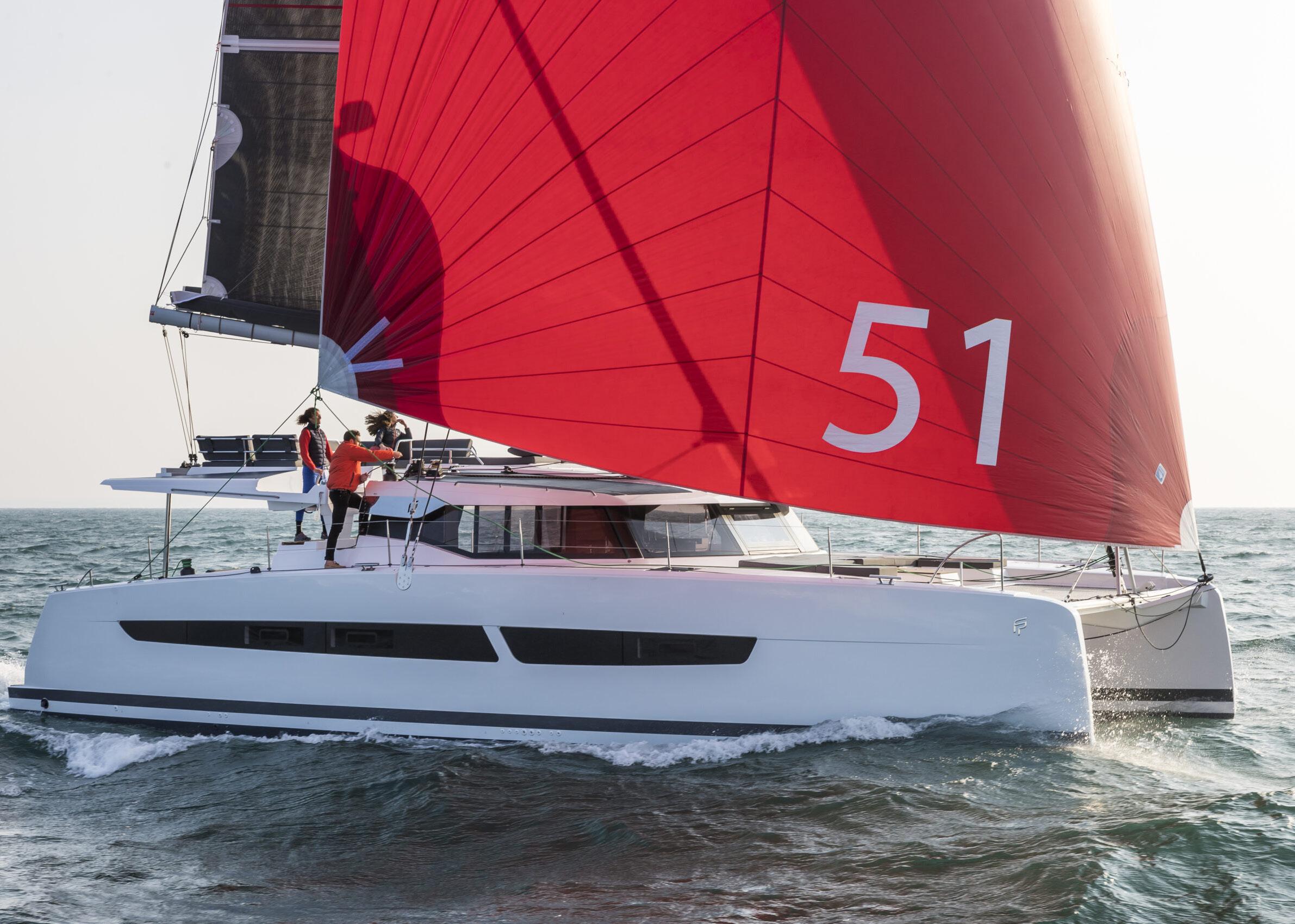
Technological innovation brings increased safety and comfort to this year’s stock of new boats
Founded in 1978, Bavaria Yachtbau is one of Europe’s largest production boat builders. With over 550 employees working at their shipyard in Giebelstadt, Germany, Bavaria produces 450 sailboats and powerboats every year. Currently, Bavaria offers 14 boats in their sailboat lineup from the entry level Cruiser 34 (9.7 metres) to the elegant C57 (53 feet/16 metres).
The latest offering from Bavaria is the C46 which comes following on the success of the C38 and C42.
The C46 (14.86 metres) premiered just last month at Boot in Düsseldorf, Germany. Like its sisterships the C38 and C42, the C46 was designed by Cossutti Yacht Design and features a V-bow and hard chines which should improve sailing characteristics while also creating more liveable space down below. From a sailing perspective. The C46 should be a breeze to sail, even singlehanded, with six optional winch positions and over 100 square metres of sail area, plus an optional gennaker and code zero. The C46 will come to life in the summer with its spacious cockpit, comfortable foredeck lounge and large bathing platform. Down below, buyers will be able to choose from multiple layouts including three, four and five-cabin versions, with the four-cabin available with four en suite heads. The customizable interior should provide options for every type of sailor and that seems to be the hallmark of the C-line: versatility.
Still relatively new in our waters are the C38 and C42. When looked at side-byside, it’s hard to differentiate between the two, and that’s a compliment to the C38, with a hull length of 36 feet (10.99 metres). The interior is similar to the C42 as well, just slightly pared down, but with all the amenities needed for long-distance cruising. Standard features on the C38 include a self-tacking jib, a two-spreader mast and a backstay tensioner.
Before the C38, came the C42 (11.99 metres). The C42 was the first new model after Bavaria’s change in ownership and management. The C42, like its sisters, the C38/45/46/50 and 57, was designed by Cossutti Yacht Design. The 42 is more performance oriented and more modern looking than Bavaria’s Farr-designed Cruiser line. Most notable is a substantial increase in interior volume at each end, thanks to the broad bow section and the beam being carried all the way aft to the transom. Those aft-carried chines also add to the waterline length and improve stability. An increase in sail area
from the Cruiser line will undoubtably ensure above-average performance.
bavariayachts.com
Sold by Yacht Sales West, Vancouver and Sidney, 604-488-1202, 250-656-6644
“taking the first step on a long but inevitable road.”
While these electric and hybrid-powered boats may be the future, Beneteau continues to offer a wide range of sailboats to suit every need in two main lines: The Oceanis line (including the Oceanis Yacht line) and the First line (broken up into the First, First Yacht and First SE groups).
Beneteau recently announced a partnership with Torqueedo to power the new Oceanis 30.1e and 44e. These boats are built with recyclable resin and teak alternatives and are electric or hybrid powered. With these models Beneteau claims to be

Cruisers will want to look at the Oceanis line, the newest of which is the award winning Oceanis 34.1. Marc Lombard and Nauta Design came together to design this entry-level cruiser aiming for comfort and ease of sailing. The 34.1 features a conventional mainsail and self-tacking jib with the option for an in-mast furling main. A stemhead allowing for downwind sails is also

optional as are extra winches and a larger furling genoa. In keeping with the theme of comfort cruising, halyards and furling lines run to the forward end of the cockpit while sheets are led to winches well outboard and aft of the main cockpit area. The result is an uncluttered cockpit made for relaxation. The interior is available in a two or three-cabin layout with single head and well-designed L-shaped galley.
For those who want to soak the rail, look instead at the First line. The First 27 is a racer/ cruiser designed by Gigodesign and Samuel Manuard that is capable of planing in as little as 12 knots of wind. That performance is provided by the wide, flat bottom, T-bulb keel and increased bow volume. Steering is via twin rudders.
The interior is spartan, but for weekending in the Gulf Islands it’s more than adequate, with a micro-galley forward across from the head and just aft of the separate bow cabin. Beneteau claims it will sleep six, but I think four (two adults and two kids) would be a more comfortable cruising complement.
Those determined to sleep six aboard while still reaching podiums on race day should instead look at the First 36, designed by Lorenzo Argento and Samuel Manu-
ard. Beneteau claims the boat will plane in a moderate breeze, which is impressive when you consider the amenities below. The interior is mostly taken up by three cabins (each containing double berths) and a wellappointed galley. The 36 is a viable coastal cruiser with all the amenities needed for a week or more of adventure, including multiple opening portholes in all three cabins, a comfortable L-shaped galley aft with a large chart table across from it and a roomy head forward. A unique feature in the galley is a removable counter/cutting board that, when removed, acts as a pass-through allowing easy access forward to the settee.
The wide and ergonomic cockpit can be configured for both cruising and racing with two winches on the cabin top and four surrounding the cockpit. The 36 was made to be handled easily even when short-handed and the spacious cockpit should make moving about when underway a breeze. beneteau.com
Sold by Grand Yachts, Vancouver and Sidney, 604687-8943, 250-656-8909
Signature Yachts, Seattle, 206-284-9004

Catalina continues to offer a broad range of family-oriented sailboats that are built and designed in the US. The Sport Series of daysailers range from 12 feet, nine inches to 27 feet (3.7 to 8.2 metres), the Cruiser Series of roomy, mid-sized yachts from 31 to 35 feet (9.4 to 10.7 metres) and the offshore adventure Ocean Series from 38 to 45 feet (11.6 to 17.1 metres).
Catalina’s latest is the comfortable but sporty 315 (9.73 metres). This family-friendly cruiser puts safety first with a watertight collision bulkhead forward and a rudder system designed for failsafe steering (among other impressive features). The teak interior provides a warm, cosy ambience down below while three ventilation hatches and four opening ports (with screens) provide plenty of fresh air. The galley is impressive, with a two-burner stove with oven and a polished stainless steel double sink. Standard power is the Yanmar 3YM20.
We’re also excited to see a few more Catalina 275 Sports sailing on our coast with their striking light blue hulls. Most sailors will be familiar with the Catalina 27, of which 6,500 were built in the Lower Mainland
in the ‘70s and ‘80s. The 275 is quite a departure from the classic 27 with a focus on fun, “sporty” sailing. It’s sleeker, slightly longer and weighs 1,600 pounds less so it should show a turn of speed even in light airs. At eight feet, six inches in beam, it is trailerable and an outboard bracket is offered instead of an inboard. It’s hard to find fault with this entry level boat.


On the upper end, Catalina continues to produce the 425 (13.26 metres) which replaced the well-renowned Catalina 42, and the 445 (13.54 metres) which is known for its contemporary styling and comfortable living spaces.
catalinayachts.com
Sold by Specialty Yachts, Vancouver, 604-689-7491 Windworks Yacht Sales, Seattle, 206-784-9386
Hanse-owned Dehler performance cruisers, with models from 29 to 46 feet, bridge the gap between high-performance sailing and cruising comfort. So, whether you’re looking for proven racing pedigree, or modern, stylish liveability, these German-built yachts fit the bill.
The latest offering, the 46 SQ (14.94 metres), is Dehler’s new flagship model. It’s a redesign of the original Dehler 46 with the added “speed and quality” moniker and a ton of improvements, including an ergonomically designed cockpit with minutely adjusted winch and traveller positions. Down below, windows are the name of the game. They’ve been enlarged from the original 46 and bring in tons of natural light. The standard interior layout features a large double berth in the owner’s suite and a single berth in the port. There is a U-shaped sofa on the starboard and L-shaped sofa on the port side of the saloon.
Last year, Dehler introduced the 38 SQ—a sleek looking performance cruiser that will likely finish high in the standings if tested in local races. But that doesn’t mean it won’t serve as a coastal cruiser too. The standard interior layout features a spacious owner’s cabin in the bow with a double berth, while the stern is divided into a storage space and a second double cabin. In between, a sea-friendly L-shaped galley is to starboard with a full head, including shower to port. An

optional nav station shortens the port settee if added but will be a welcome addition for those “working from home.” Dehler claims that the 38 SQ is “where speed meets quality” and the boat certainly looks the part, with a plumb bow to maximize waterline length and twin helms for the driver. There are also six winches located around the cockpit for easy sail handling and trimming.
Prior to the 38 SQ, Dehler introduced the 30od, it’s a slight departure from the other boats in their lineup. This cool new onedesign (hence od) racer won European Yacht of the Year in 2020 and will certainly turn heads when it makes it into local regattas. The 30od is fitted with a Dehler Carbon Cage, carbon mast, bowsprit and runners, composite T-keel and Stealth Drive—these features come standard. That’s not something you see on many boats under 40 feet. This boat may be a race boat first, but it’s a more than capable adventure cruiser as well. Dehler calls it “the best of both worlds” and we can see why.
hanseyachtsag.com/dehler/gb/
Sold by Freedom Marine, Vancouver, 604-609-0985
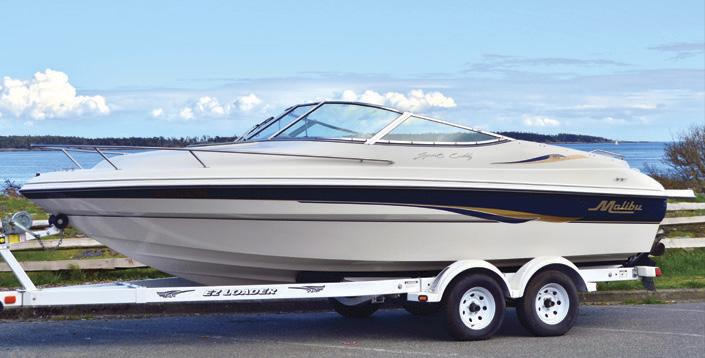

Seattle Yachts, Seattle, 206-789-8044
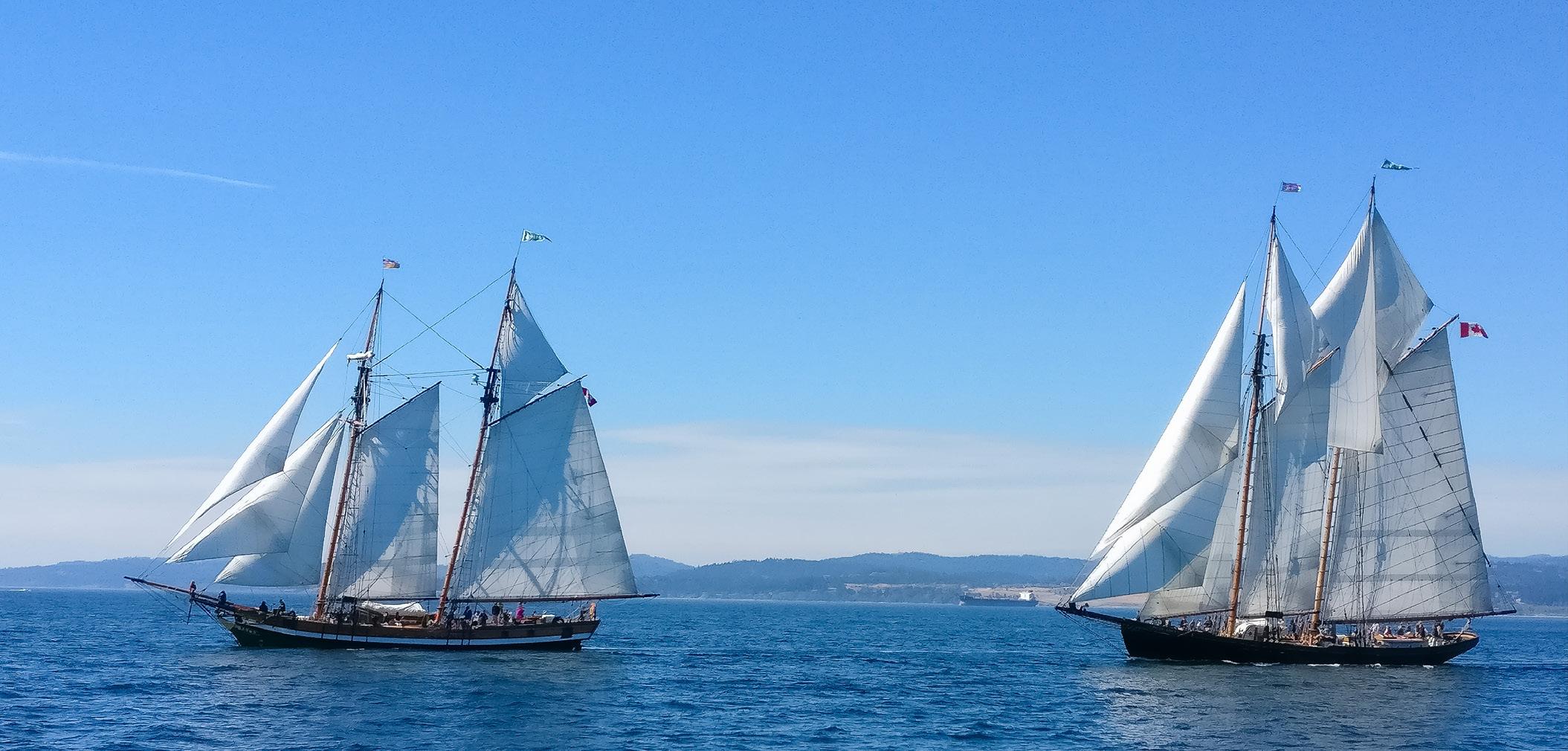

Dufour Yachts builds well-engineered, high-performance cruisers from 32 to 61 feet (10.31 to 19.2 metres). Dufour’s Grand Large series always offered a magic mix of sailing characteristics and amenities that fit the sweet spot for a versatile family cruiser. In 2018, French multihull builder FountainePajot purchased Dufour, and have since dropped the Grand Large moniker. Launched in 2022, the Dufour 32 (10.31 metres) is a versatile and sporty yacht. Designed by Felci Yacht Design to be easily sailed even when shorthanded, the 32 should make for a great family cruiser. An inflatable (and removable) aft transom door folds down to create a swim platform.
It’s a neat addition, perfect for sunbathing or launching water toys and it makes the 32 feel like an even larger boat. The 32 is available in two versions: performance and standard. The performance version offers a movable mainsheet that can be controlled from the cockpit sole or the coachroof while the standard version relies on a coachroofmounted mainsheet traveller. Both versions come with tiller steering. The standard layout features two cabins, one portside aft and another in the bow with a single head aft of the starboard settee. The L-shaped galley should be more than adequate for weeklong trips up or down the coast.
Also new this year is the Dufour 37 (10.77 metres). This beamy 37-footer is available in a two or three-cabin layout with a large forward cabin in either configuration. In the two-cabin layout, the starboard aft cabin becomes a storage area while the mid-ships head is enlarged. The interior is bathed in natural light thanks to large central hull windows in addition to the usual ports and hatches. Like the 32, you’ll find an
emphasis on outdoor living aboard the 37, with a large, comfortable cockpit and an expansive foredeck lounge area. Steering is via twin wheels connected to a single rudder so one should expect a responsive and lively helm.
dufour-yachts.com
Sold by Yacht Sales West, Vancouver and Sidney, 604-488-1202, 250-656-6644
The Aura 51 (15.54 metres) was launched in 2021 and continues to turn heads at the dock with its reverse bows, reverse sheer and reverse transom. Large opening doors between the saloon and cockpit create a huge open-concept living space and facilitate easy communication between the galley and the large cockpit table. The Aura 51 is available in four different layouts including a six-cabin, six-head version (ideal for charter fleets). There is also a Maestro version which turns the entire port hull into an owner’s cabin. Designed for pleasant, comfortable sailing the Aura 51 should make a perfect West Coast cruising platform.
fountaine-pajot.com
Sold by Signature Yachts, Seattle, 206-284-9004
The Hallberg-Rassy 69 (20.96 metres) is slated for launch at the end of this year and when splashed will be the largest boat in HR’s lineup. This flagship yacht is designed to be handled by a family crew but will have accommodations for a deckhand if desired. The 69 is a centre cockpit boat with a same-level interior and a walk-in engine room. Like all Hallberg-Rassy’s the cockpit will be well protected by high coamings and a forward windscreen with optional hardtop.
Launched in 2020, the Hallberg-Rassy 400 (12.3 metres) is a go-anywhere cruiser featuring twin helms, a modern and efficient hull shape with twin rudders and an easyto-handle rig. All lines are led aft through concealed channels for a clean and uncluttered cabin top. A fold-down swim platform leads up through the twin wheels to a roomy cockpit with large, comfortable cockpit coamings, while a windscreen provides protection from wind and spray. The interior of-
Hallberg-Rassy 400
Hanse 460
fers the option of one or two aft cabins, one or two heads, a classic mahogany or bright European oak interior. A handrail running the length of the saloon, just to starboard of the centre line, is a nice touch for a boat with ambitions of crossing oceans. After the centre cockpit 40C, the aft cockpit 400 was the second 40-footer from Hallberg-Rassy to be launched in 2020.
hallberg-rassy.com
by Swiftsure Yachts, Seattle, 206-378-1110
Founded in 1993, this is the core brand of yacht manufacturer HanseYachts, also the
builder of Moody and Dehler. Hanse’s award-winning models, including the popular 458 and 508, provide big-boat luxury while maintaining easy-handling for couples and families. These yachts focus on combining high performance sailing characteristics and modern design with bright and well-thought-out interiors, all packaged in the iconic Hanse style. HanseYachts currently offers 11 models of sailing cruisers, including their recently updated lineup of 8-series boats, ranging from the 31-foot, seven-inch (9.6-metre) 315 to the 68-foot, nine-inch (21-metre) 675.
The latest from Hanse is the recently announced 510, which slots in between the 508 and 548 and continues the partnership with French designer, Berret-Racoupeau. One interesting feature on the 510 is a new


“Smart Tender” system which will simplify launching and retrieving your dinghy. The stunning 510 will be on display for the first time at the Sydney Boat Show this August. Launched last year, the 460 was the first Hanse to be designed by the renowned French firm, Berret-Racoupeau. While the hull may be new, the boat contains many of the features we’ve come to expect from Hanse in this range, including a self-tacking jib with optional genoa on a second forestay, a large, lowering swim platform and a bright modern interior. That interior is customizable with options for six to 10 berths and an impressive nav station integrated into the saloon. The nav station could easily double as a “work from home” desk and Hanse’s marketing team is eager to point out how liveable the 460 is, describing it as “family-friendly” and a “home on the water.” The U-shaped galley might be more accurately described as linear, but it’s large enough to keep even the most ambitious cook happy, with all the amenities one would expect on a boat this size.
hanseyachts.com

Sold by Freedom Marine, Vancouver, 604-609-0985




Seattle Yachts, Seattle, 206-789-8044



Since its founding by Rod Johnstone in Newport, Rhode Island, in 1977, J/Boats has built 15,000-plus boats. Their current lineup consists of vessels from 22 feet (J/70) to 45 feet (J/45). 2022 saw the addition of the J/9 to the lineup of elegant racers and cruisers. J’s tagline for the J/9 is, “the most comfortable cockpit ever?” Clearly then the J/9 is a cruiser first and a racer second. The idea behind this 28-footer was to create an easy-to-sail daysailer that would be fun to spend time on. A swim platform provides walkthrough boarding into the spacious cockpit where four corner seats molded into the cockpit coaming provide comfortable seating for the whole family. A sailer first, the cabin amenities are less than you’d find on a similar size boat from a different era, but they are more than adequate for a weekend on the water, with plenty of storage, an optional V-berth and a marine head forward of the main bulkhead. Unlike those older boats, the J/9 has the get-up-and-go of a modern boat, though it’s not a sport boat like its siblings the J/70 (22 feet, eight inches) or the J/88 (29 feet).

Launched two years ago, the J/45
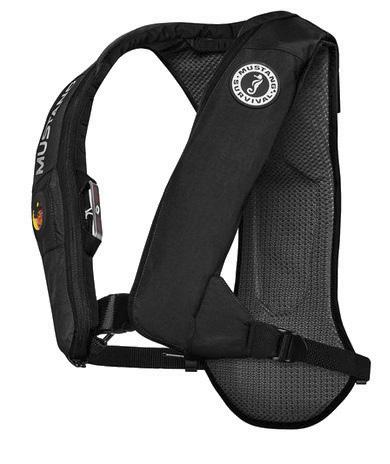



offshore sailing yacht is a stable, twinwheeled offering. The hull design is the product of three years of collaboration between J/Boats and J/Composites, and is built using the latest advanced composite resin-infusion technology, which is twice as strong as hand-laid fibreglass. This boat was built to take on whatever the ocean throws at it. Exceptional light-air sailing capability reduces the need for sail changes in varying weather, and with all sail controls accessible from the helm, sailing is a breeze whether single-handing or cruising with friends. The J/45 is offered in a two or three-cabin, twohead layout.
jboats.com
Sold by Fraser Yacht Sales, Vancouver and North Saanich, 604-734-3344, 250-516-4393 Sail Northwest, Seattle, 206-286-1004
Jeanneau continues to launch new models aiming for the perfect balance between comfort and high-performance sailing. New for 2023 is the Jeanneau Yachts 55 (16.93 metres) and it’s quite the departure from the norm. Comfort and livability are the name of the game here. Most of the cockpit is dedicated to relaxation, with the twin wheels about as far forward as we’ve ever seen them. The result is that all lines and winches are close at hand while driving and there are no lines to get tangled up in when lounging on one of the two cockpit settees. A large, hydraulic swim platform creates even more leisure space at the stern. The standard layout features a huge owner’s cabin forward of the main saloon with a large en suite head forward of the

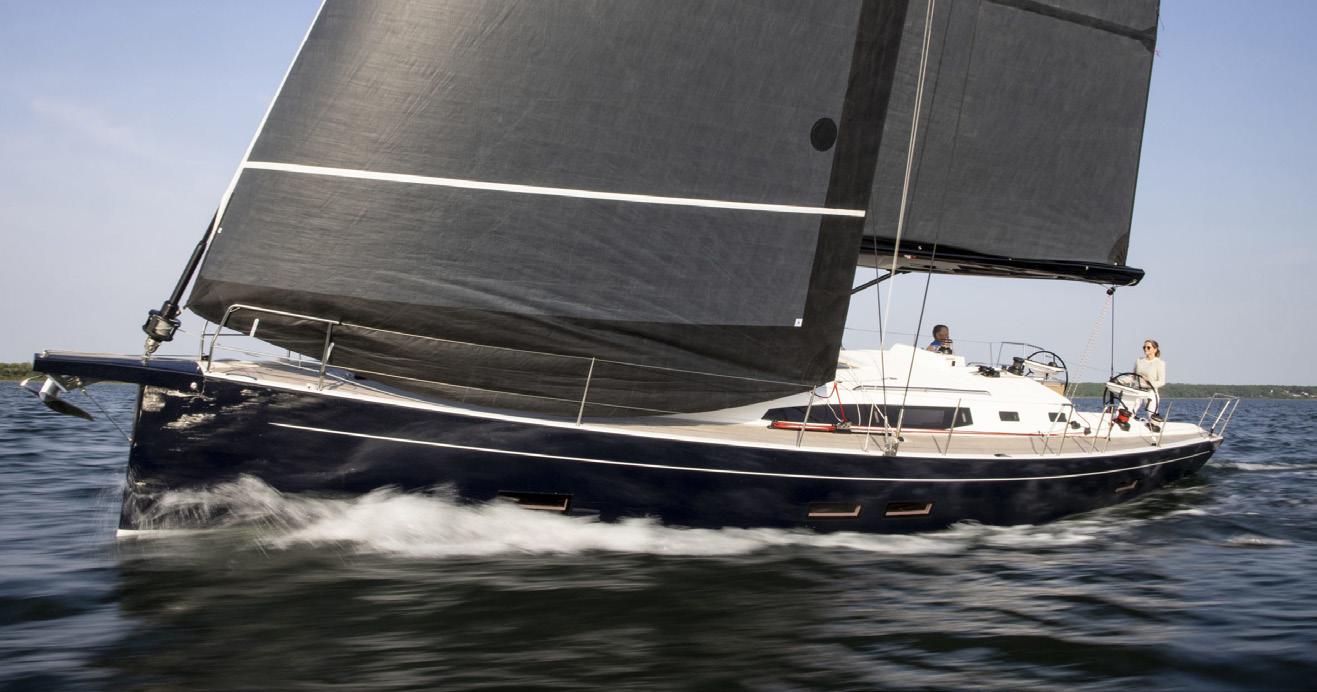
owner’s cabin and ahead of that is a crew quarters in the bow.
Jeanneau is marketing the boat as a goanywhere, all-season cruiser—perfect for our West Coast.
jeanneauamerica.com
Sold by Fraser Yacht Sales, Vancouver and North Saanich, 604-734-3344, 250-516-4393
Marine Servicenter, Seattle, 206-323-2405
Lagoon was first launched as an extension of the competition department at Jeanneau Technologies Avancees in 1984 and since then has become one of the leading catamaran builders in the world. The latest offering from the French builder is the Lagoon 51 (15.35 metres)—a stunning offering. Boarding is easy via two extended transoms with two steps up to the main cockpit. The tender lift is a nice feature which acts as a large water-level balcony and transforms to a bathing platform with the push of a button.
Two sets of stairs lead up from the cockpit to the large flybridge, which features a fully equipped helm station and 360-degree views as well as ample seating for guests. Back down the stairs, the raised saloon is bathed in natural light and offers complete freedom of movement thanks to Lagoon moving the mast to the forward end of the living space. The 51 is offered in a variety of layouts including a six-cabin, four-head version best suited to charter fleets. Local buyers will likely choose the four-cabin, three-head layout. Ahead of the main superstructure you’ll find the forward “cockpit,” perfect for lounging with comfortable seating surrounding a central coffee table. The Lagoon 51 is specced for more than 3,000 watts of integrated solar panels meaning more time off the grid exploring the places you love.
cata-lagoon.com
Fraser Yacht Sales, Vancouver and North Saanich, 604-734-3344, 250-516-4393 Marine Servicenter, Seattle, 206-323-2405
Beginning as a business to repair fishing boats on the south coast of England in 1827, Moody didn’t build its first boat until 1935. In the 1960s Moody began using glass-reinforced plastic (or fibreglass) to produce their
boats, building their first deck saloon model, the Carbineer 46 in 1969.
Today, Moody builds two lines of sailboats from 41 to 54 feet. The first is their traditional aft cockpit (AC) design and the second is the more unique decksaloon (DS) models. Moody’s latest offering is the Decksaloon 41 (41 feet, one inch or 12.5 metres). The silhouette of the DS41 will stand out at the dock with the raised pilothouse as a nice departure from most other production boats. The roof of the pilothouse is carried aft, with a retractable awning covering the forward section of the cockpit. Belowdecks, the one-level design is warm and modern, featuring 360-degree, panoramic views and a protected indoor helm for rough weather. The 41 features a customizable two-cabin layout, with the choice of two heads or one with extra storage. Made as a take-youanywhere in any weather boat, the 41 is powered by a 57-horsepower saildrive with a 210-litre holding tank. The DS41 was named Cruising Yacht of the Year in 2020 at the British Yachting Awards. In addition to the 41, Moody also builds a 45 and a 54 in the decksaloon line, as well as a 41-footer in their aft cockpit line.
hanseyachtsag.com/moody/gb
Sold by Freedom Marine, Vancouver, 604-609-0985
Seattle Yachts, Seattle, 206-789-8044
The new Nautitech 44 Open, designed by Marc Lombard, will slot in between the 40 Open and the 46 Open and is gaining attention in multihull circles after being nominated for 2023 European Yacht of the Year. The 44 Open will feature twin helm stations positioned well outboard for unobstructed views forward. A shorter steering circuit will provide responsive feedback at the helm. Perhaps the most interesting addition is what Nautitech is calling the “SmartRoom,” a multifunctional space designed for long-distance cruisers. Here you’ll find a washer/dryer, a workshop and storage for all the equipment you’ll need on your adventures. The openconcept main level blends the saloon and cockpit into one spacious and comfortable living space, while down below there are multiple cabin configurations including three or four-cabin layouts.
nautitechcatamarans.com
Sold by Yacht Sales West, Vancouver, 604-488-1202
One of X-Yachts’ most popular models, the X4.3 has gone through a serious makeover process. This boat was the first model in the X Range and was introduced in 2016. The X4.3 2.0 takes the lessons learned from the boats that came after it, including the X4.6 and X4.0. The redesign includes wider stern sections above the waterline with the addition of soft chines for greater downwind performance and a wider cockpit. The integrated bowsprit, which can be found on the X5.6, has been incorporated and the mast height has been raised, increasing the sail area and thus improving performance. An improved sprayhood design will keep the cockpit dryer
and have a more sleek appearance than its predecessor.
Little has changed down below, but the slightly raised cockpit floor creates more room for the berths in the aft cabins, a welcome improvement.
2021 saw the addition of the X5.6, a 56-foot (17.1-metre) performance cruising yacht built for offshore passages and island hopping. This stable cruiser joins the X Range, so owners can expect a flexible sail plan for easy handling, and a bright and comfortable interior.

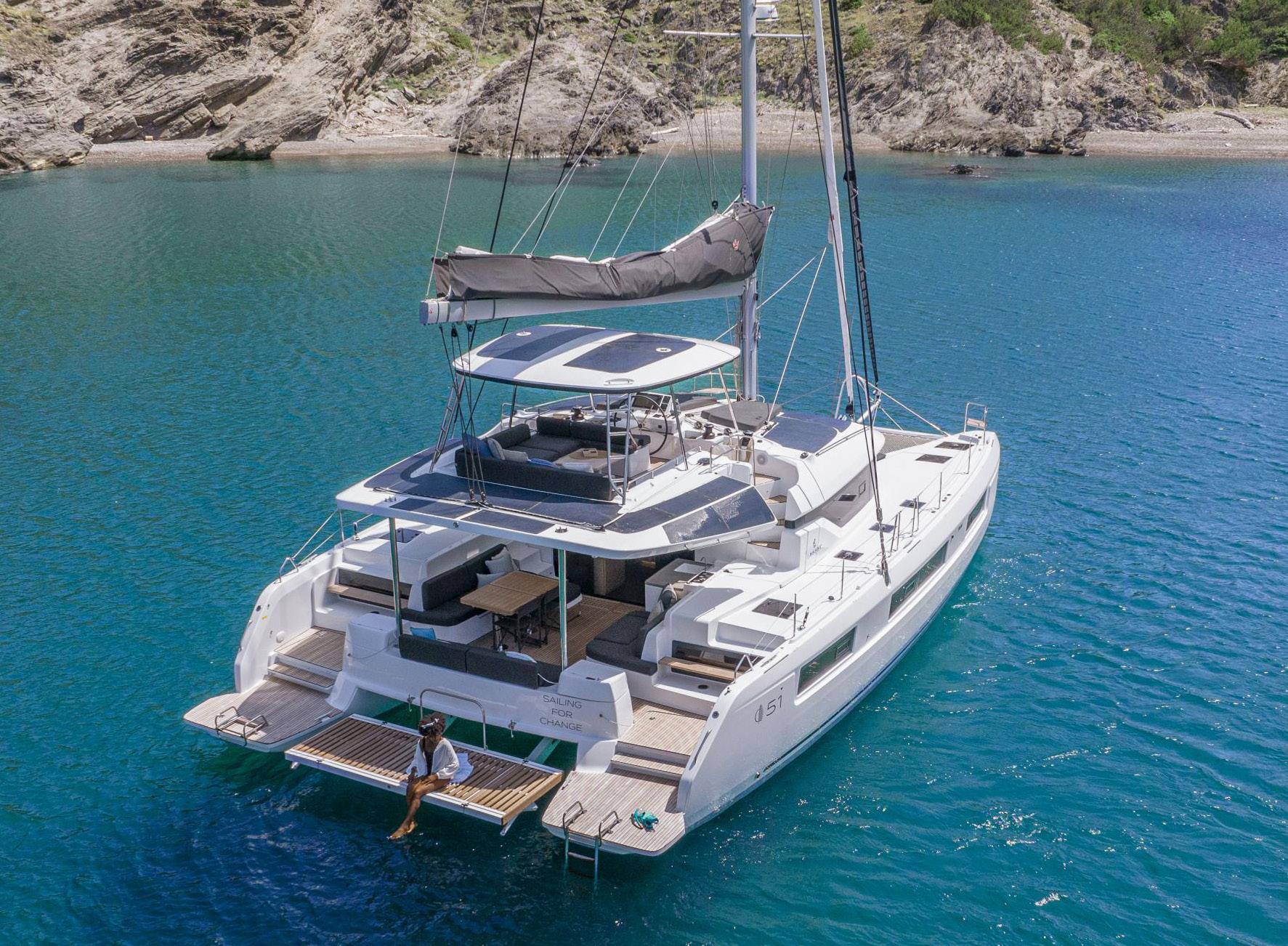
x-yachts.com
Sold by Fraser Yacht Sales, Vancouver and North Saanich, 604-734-3344, 250-516-439

Day tradition is truly one of the world’s most iconic sailboat races and participating in it was certainly a highlight of my sailing career.
I’d almost completed this month’s article on traditions and superstitions. But for a variety of reasons, I’ve chosen to adjust course a little, heading in a somewhat related, but slightly different direction. I’m inspired to look back on my 2018 Rolex Sydney Hobart Yacht Race, after watching this year’s coverage, and by other recent life events. This Boxing

This won’t be so much a recounting of our race that year, more of a reflection on the imprinted memories and takeaways that remain with me, some four years on. I think a little background is in order first though, for those who aren’t familiar with the Team Joy Ride racing program. Owner John Murkowski, from Seattle, purchased his J-122e back in 2015. John, by chance, reconnected with an old college roommate, Bron Miller, who is an active racer, and also worked in the marine industry. I first met Bron through his girlfriend Maaike
Penn at a Cow Bay Regatta that same year. Gleaming dark blue with its carbon rig with matching 3DI sails, I thought, “what is that gorgeous boat?” A few months down the road, I received an interesting series of texts. First came the photos of a keel and rudder then a carbon mast, then a nice cockpit shot with a carbon wheel. I didn’t recognize the phone number. Later that day came the message: “New J-122, 3DI sails, perfect bottom, Round the County Race. Want to go?” Of course, I said yes and what followed was a wonderful four years of adventure racing throughout the Pacific Northwest and beyond, including a successful Van Isle 360 and Vic-Maui, culminating in the 2018 Sydney Hobart!
It was of course an extreme privilege to be able to take part in these great races, each event a unique and special experience. The Sydney Hobart had of course been on my bucket list for some time and being there was like being in a movie that I’d watched many times before. Seeing the famous Sydney Harbour Bridge, the Opera House, Shark Island, and the different boats filling Sydney Harbour on our practice days was all a little overwhelming.
The Aussies are sporting crazy, and that’s not an exaggeration. Sailors are treated like rock stars right alongside other sports figures from cricket, soccer and rugby. Feature stories on largerthan-life personalities and the competing boats appeared front and centre in the newspapers and tabloids and on every television station. It’s like living in an alternate universe! As crew of a boat travelling to Australia on its own bottom, us Joy Riders were all treated with a certain curiosity and reverence by the local media. Maaike was featured in a photo shoot by world famous Andrea Francolini, Sailing Girl Power, including many of the women competing in the race. John was invited to a select skippers’ press conference, fielding all sorts of questions about our team. As a crew we were also asked to take part in Santa’s arrival, by boat, to the Cruising Yacht Club of Australia. It was a fun media event covered by all the networks and we were celebrities—at least for a brief moment!
THE WEEK LEADING up to the race was spent going over everything on the boat. Bron, Maaike and Robin Slieker, who were all part of the boat delivery, had the task of getting the boat there in one piece. Then a long list of safety requirements and inspections had to be ticked off. The reputation of the Sydney Hobart is one of crew punishing and boat breaking, so priority one was to make sure the boat was up to the task. We checked everything and then checked it again, retaping, retightening, inspecting every piece of
We make getting out of boat ownership a breeze.
We make getting out of boat ownership a breeze.

Donate your boat in support of our local community of sailors with disabilities and receive a tax receipt for its full market value.
Donate your boat in support of our local community of sailors with disabilities and receive a tax receipt for its full market value.

We call that a win-win.
We call that a win-win.

All boat sale proceeds directly support the Adaptive Sailing Association of BC
All boat sale proceeds directly support the Adaptive Sailing Association of BC



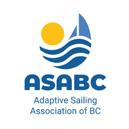










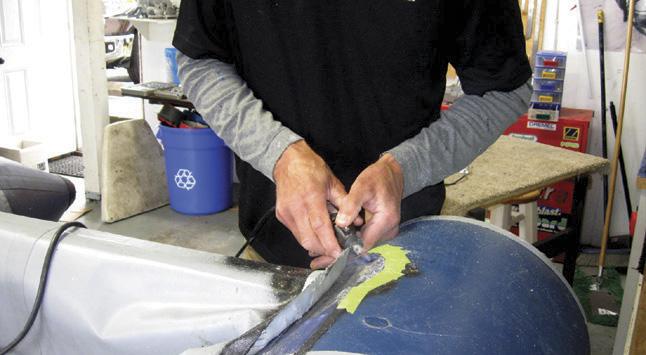
Learn more at www.asabc.org/breeze

hardware and every sail, making small repairs, and in the case of the code zero, driving it out to the North Sails loft for a leech recut and repair. Two days later North delivered the sail back to the CYCA—talk about a different world. Built right into the full length of one side of the clubhouse, were shelves for all the major sailmakers to pick up and deliver sails.


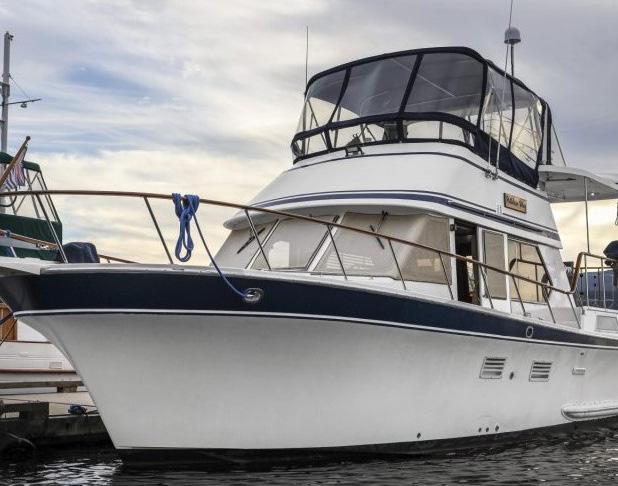

RACE DAY WAS a full one, even before we left the dock. A unique part of the Sydney Hobart is the race finish is on an Island 600 miles from the start. The logistics attached to this require each crewmember drop off their additional bags to be transported and awaiting the sailors at a convenient warehouse on the Hobart waterfront—just one more challenge for the race organizers. After that, race morning was all about controlling my
excitement in anticipation of the start. After loading my gear onto Joy Ride, I first took refuge from the heat on the upper floor of the clubhouse, drank a gallon of water and looked at all the half models of each previous race winner—big dreams! The boat and crew were ready, so with time to kill, I decided to expend a little nervous energy walking the docks and taking in the atmosphere. It was shoulder to shoulder as spectators, well-wishers and family members shuffled back and forth. What a fantastic scene. There were smiles, tears and hugs aplenty—a feel good send off, but also a reminder of the challenge ahead. Then it was time to make my way back to boat, when I heard “Hey, Alex!” It was fellow Canadian Eric Holden, who was racing on Primitive Cool, a British boat. We had a short chat, wished each other luck and said “see you in Hobart.”
SO MUCH IS made of the Sydney Hobart start, especially the spectacle of the 100-footers tussling for bragging rights for first to the Heads and first to Hobart. That was not us, we were at the opposite end of the fleet, as a 40-footer, relegated to the third start line off Shark Island. Ours was the biggest number of boats, and I can tell you I felt no less pressure to help deliver a winning start—the butterflies were real. As the final seconds to our start ticked down, I felt a giddiness that I still struggle to describe. The most apt description would be proud and grateful. In many ways this was the crystallization of a dream for everyone on board, it represented a huge effort and commitment from every member of the Joy Ride Team, including many supporters back home. We managed to nail the start and a few minutes later, tacked to cross all but a couple
of bigger boats—butterflies at bay for now, onwards!


I’ve previously written a recap of this race, so I don’t want to repeat myself too much. There is, however, one moment that really stuck with me. It began near the end of the first day, running under spinnaker in a nice 15 knots of breeze, with the A3 up. I had come back on deck after a short rest and a snack, just as darkness fell. The air was warm, almost muggy, and after getting my bearings and taking the helm, the sky ahead suddenly lit up with lightning. Our boat went very quiet, and I had a momentary vision of us sailing off the edge of the earth—ha. Funny now, sure, but at the time there was a sense of foreboding and high alert. John, Maaike, Robin and I were on deck, and there was sparse conversation, only focus, accompanied by the rhythmic sound of the winch grinding the spinnaker sheet, followed by
the burp as it eased again on the drum. Layered on top was a symphony of water sounds surging past the hull whenever we surfed down the wave face. The wind and the waves, the speed and the sounds continued to build. Then came another flash of sheet lightning across the pitchblack sky ahead. Maybe this really was the edge of the earth? With our speed in the mid teens and the wind pushing 30, this type of moment becomes etched in your mind. I was having to work hard to keep the boat under the chute…then a moment of clarity. “Let’s get her down,” I called out. No debate, just an allhands-on deck call and a well practiced take down. Soon we had the code zero deployed, our go to heavy air downwind option, that had served us so well in previous races. We sailed on through the night with the zero, later changing back up to the A2. I second guessed myself for the call to shift down, worrying that
we’d given up some speed and miles to the competition. My fears were washed away, as the morning position update showed us surprisingly near the front of the fleet on handicap—a relief and a lesson relearned. Keep the boat together, stay safe and live to fight another day. As usual I’m running short on space. Needless to say, the Hobart finish was even better but that’s a story for another day.
I SPENT BOXING Day this year, competing in another traditional event, our Rum Race Pursuit around Discovery Island. Not quite as grand, but a fine tradition just the same. Thank you, John, Bron, Maaike, Erik, Robin, Quill and Byron for allowing me to share in such a great adventure, and for your friendship. How lucky we are! Heres to some more great racing in 2023. Good sailing everyone, see you on the water sometime soon.




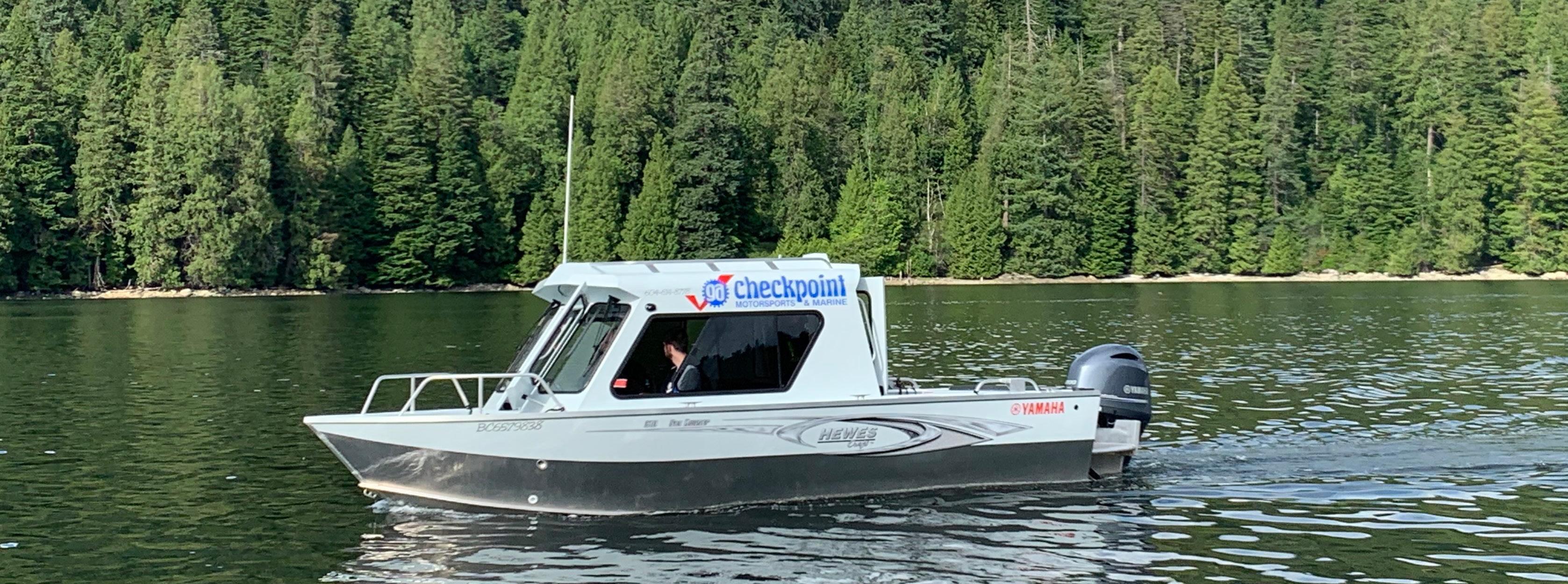










OCEAN ALEXANDER 27E



A Higher Standard of Excellence.
ALEXANDER MARINE USA offers an unrivaled premier selection of new yachts on the West Coast, as well as an extensive selection of pre-enjoyed yachts from coast to coast. Our promise is to put you in the ideal yacht to match your discerning lifestyle. From initial contact to final contract, our expert staff will serve with integrity, competence, and confidentiality. Join us on the journey to making your yacht dreams a reality. Contact us today to get started...

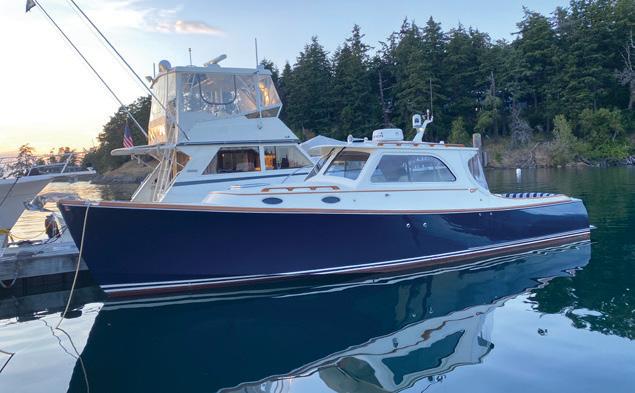
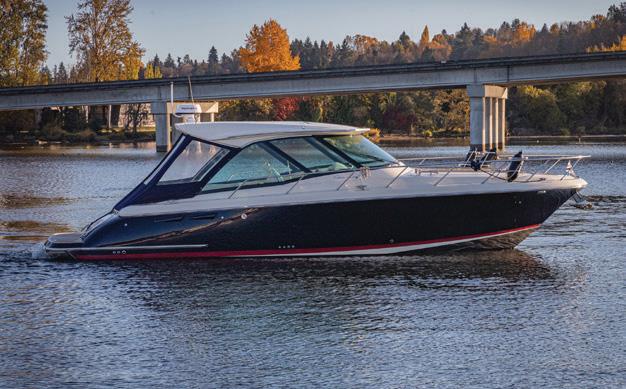











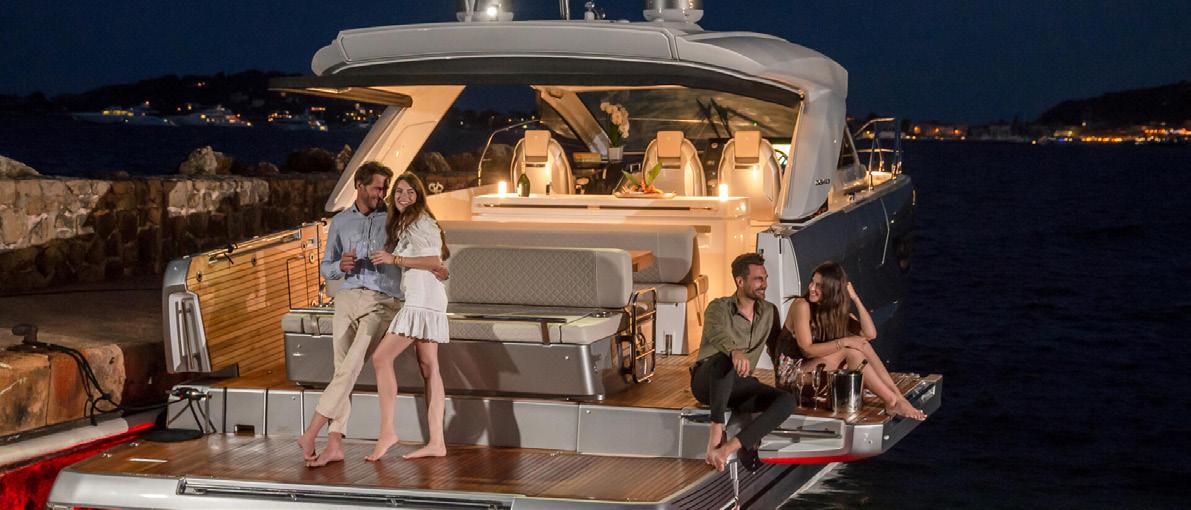

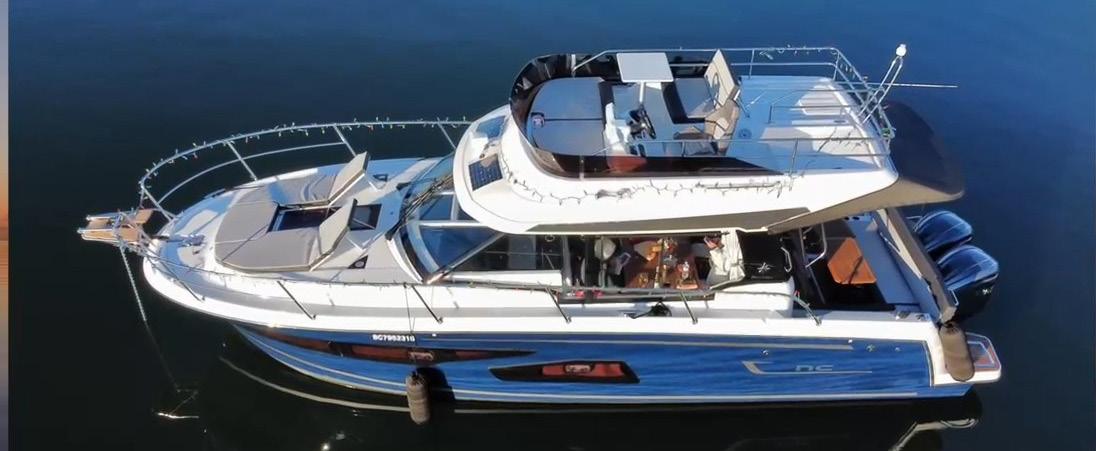
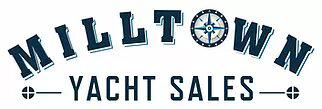




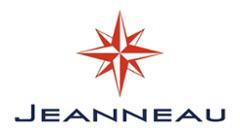

Sula Hinckley Sou’wester 59 1997 • $695,000 42 Baltic 1982 $130,000 42 Passport 1980 $150,000 41 Sceptre 1988 $165,000 40 Caliber LRC 2003 $210,000 40 Ellis Custom 1990 $189,000 36 Sabre 362 1995 $129,000 34 Able 1988 $75,000 32 Beneteau 323 2006 $72,000 30 Henderson 1997 $29,000








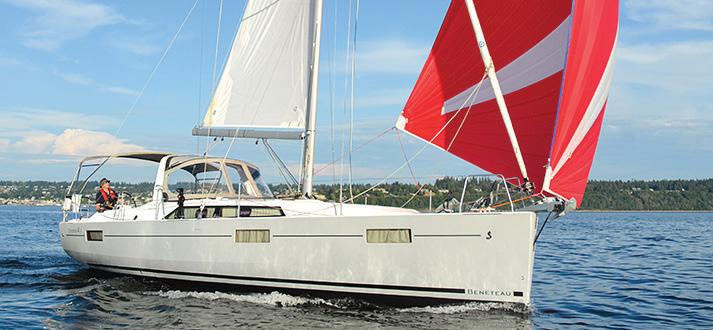

price reduced











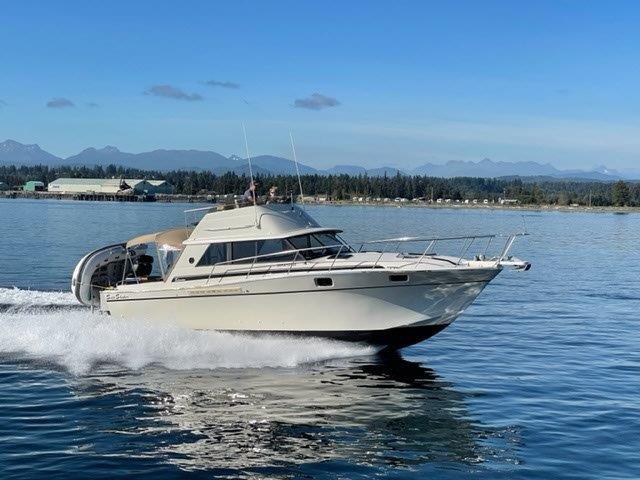


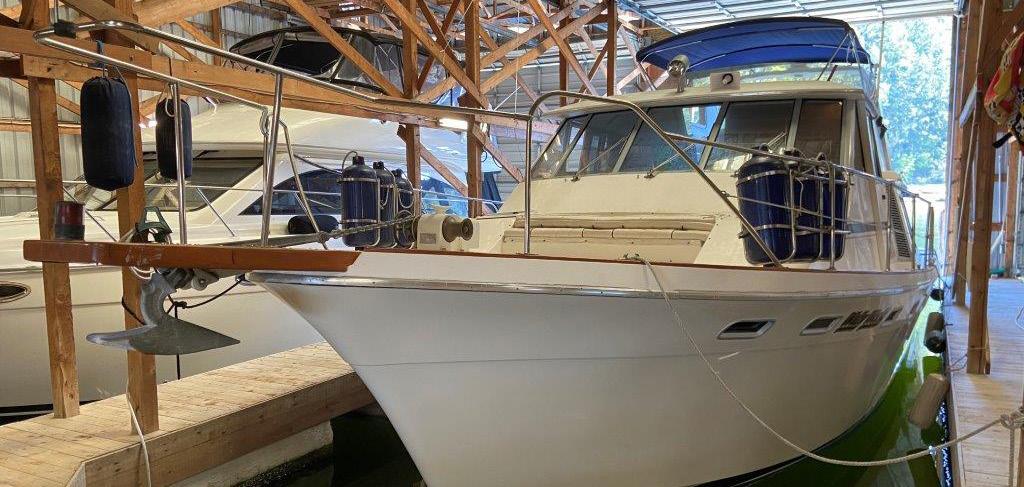


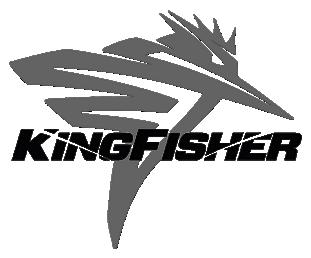






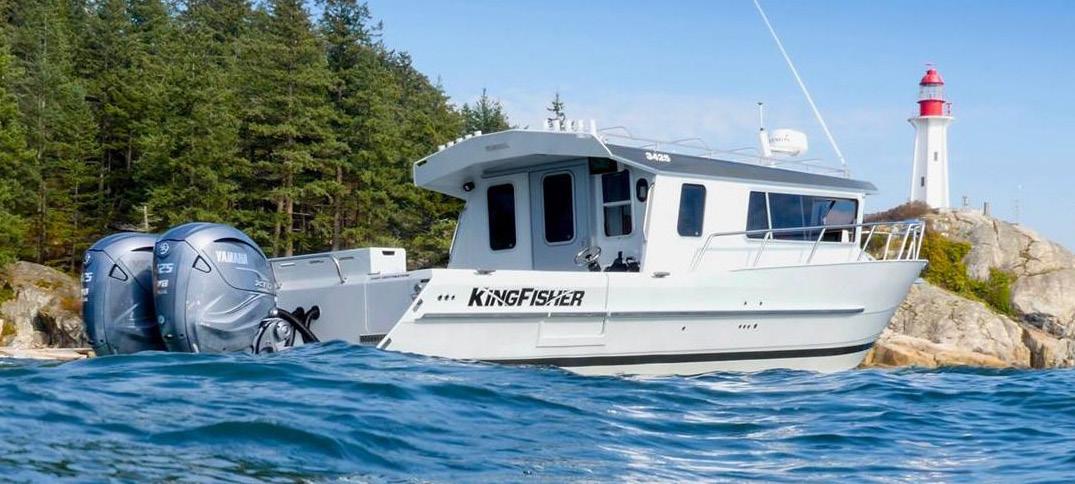












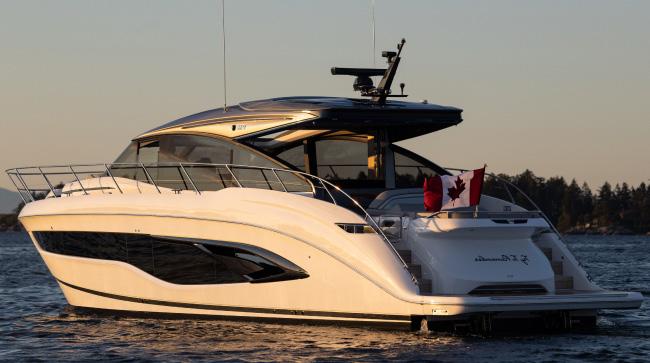




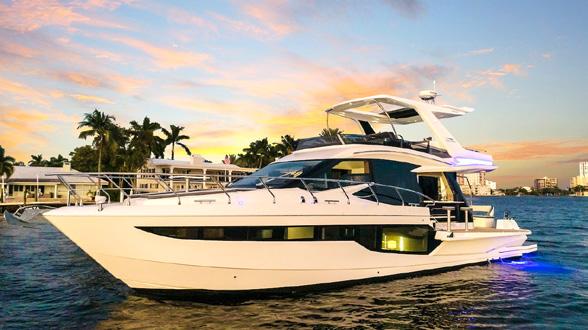

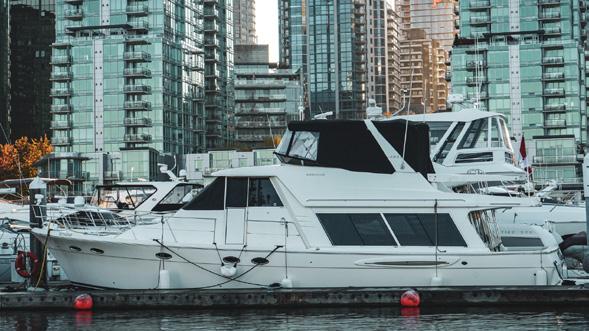


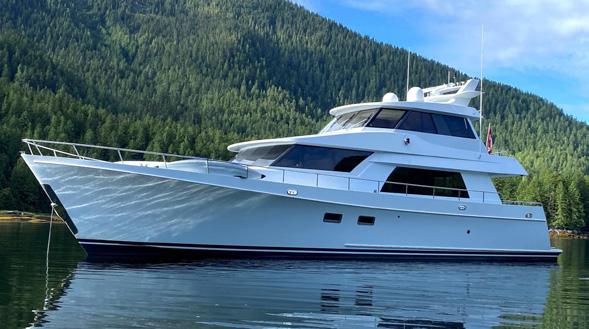




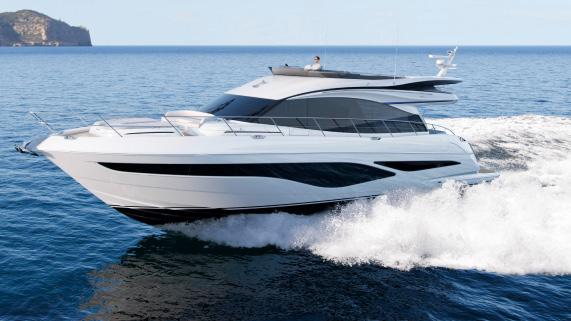

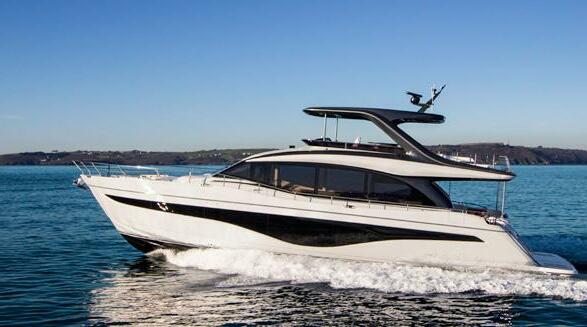










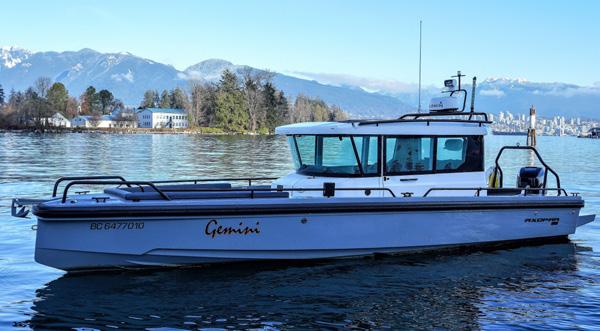

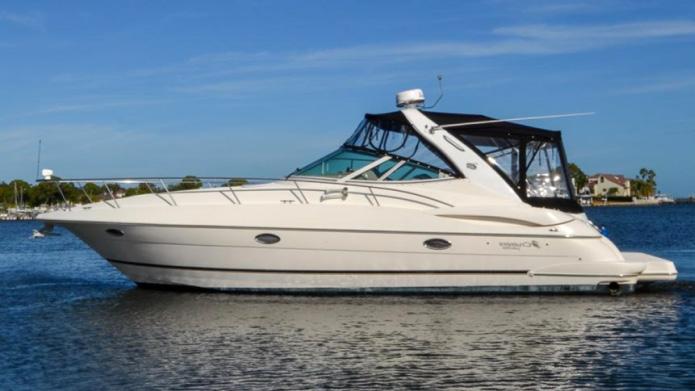
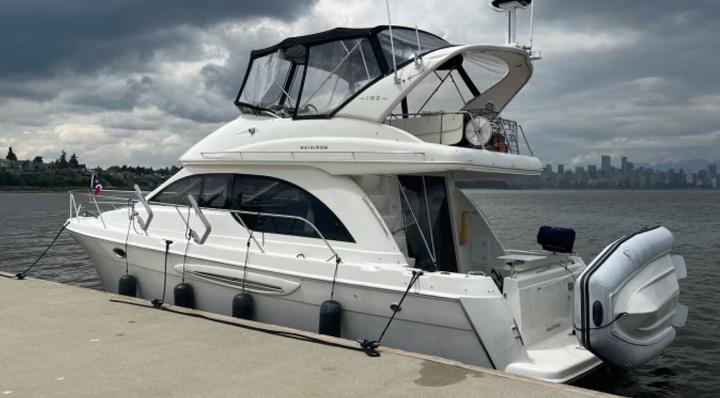







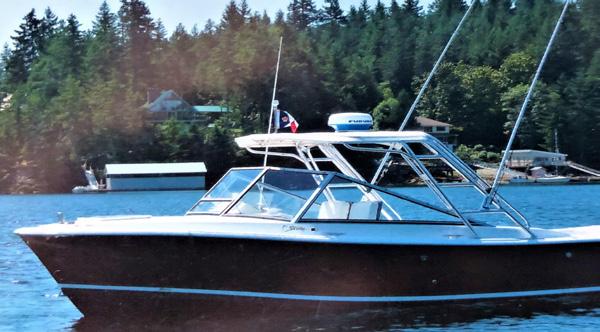

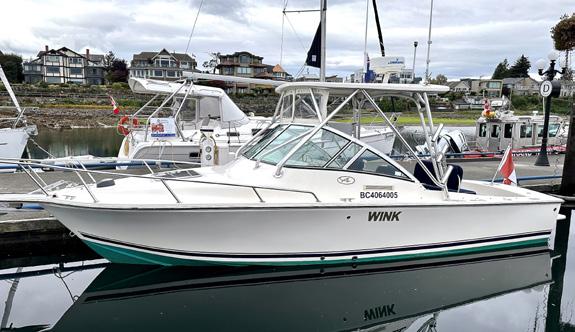










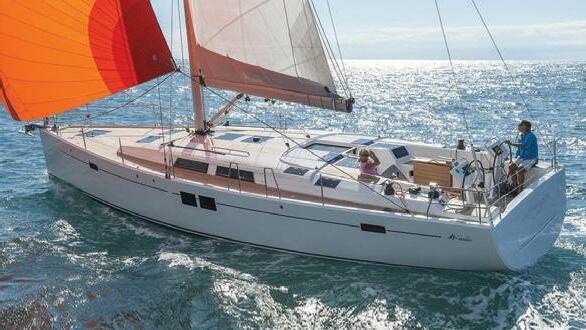





















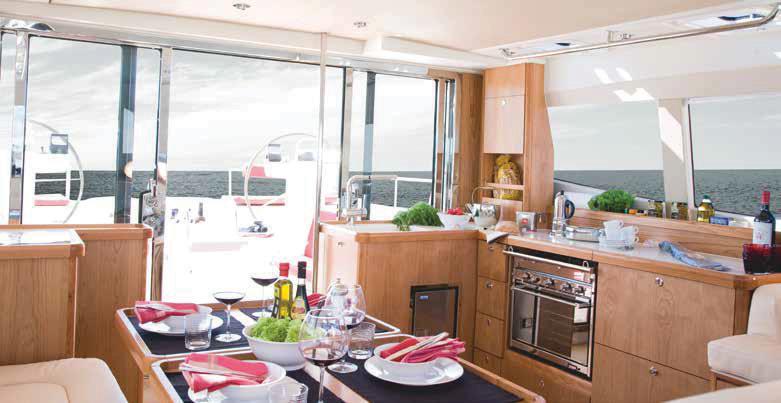



The 500 FLY is one of Galeon’s most award-winning and innovative yachts. The model sets benchmarks with its ever-popular Beach Mode, comprised of fold-out side decks. Optional rotating aft seat with garage underneath acts as a luxurious complement to space. On the flybridge, guests can take advantage of high-level features like a wetbar, sundecks, and a second, state-of-the-art helm station.



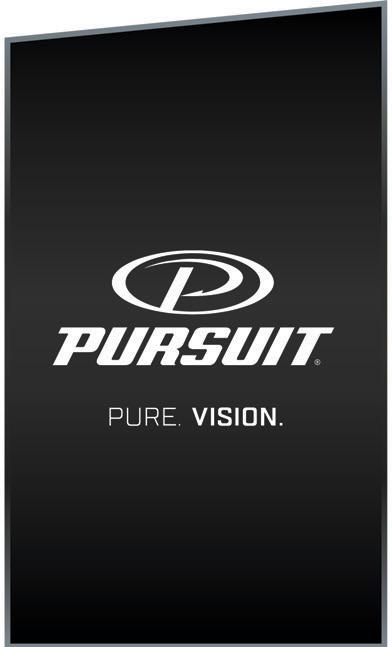









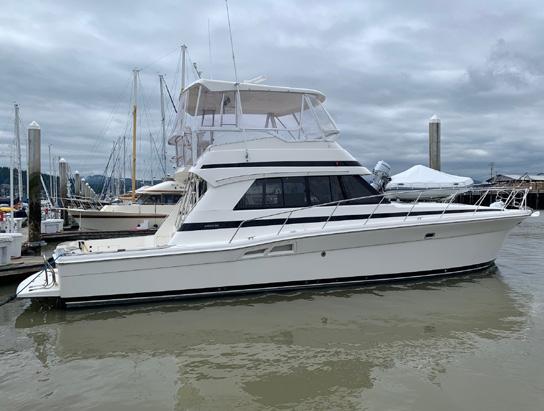





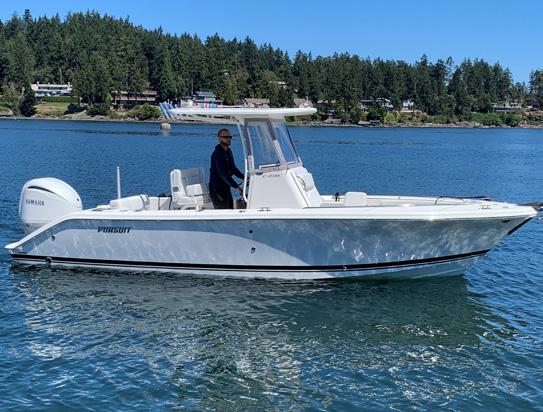










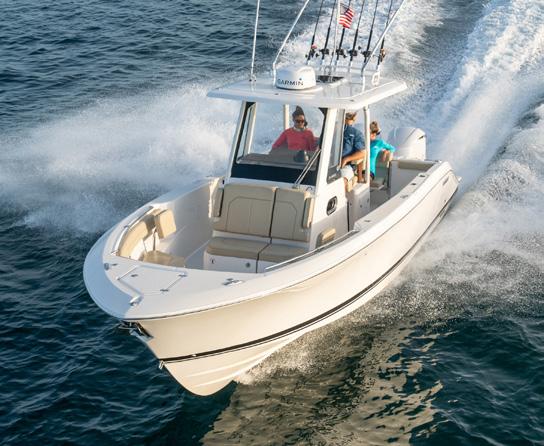



















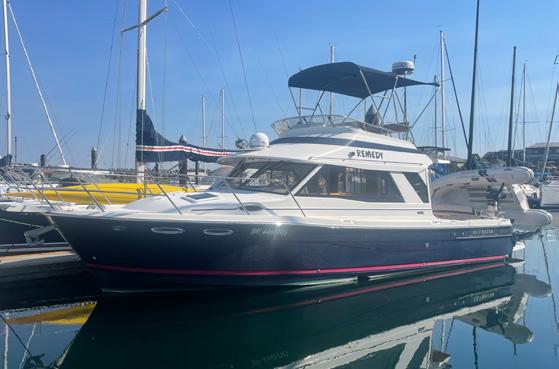

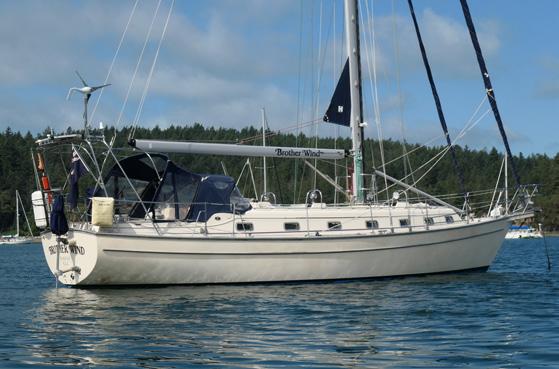




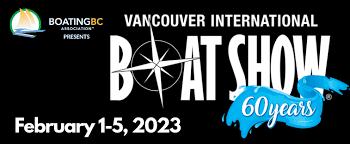








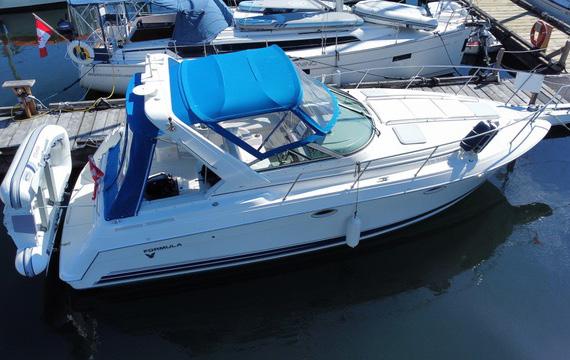
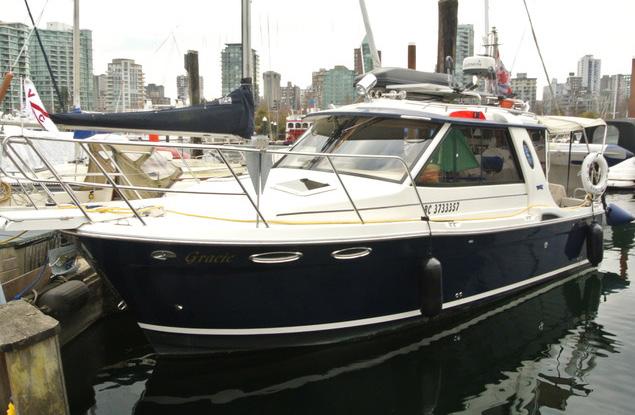
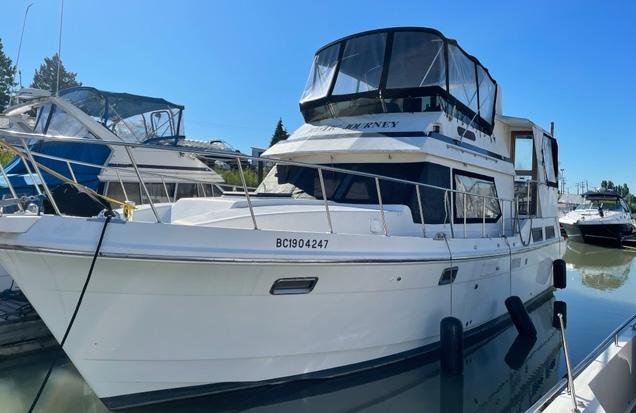





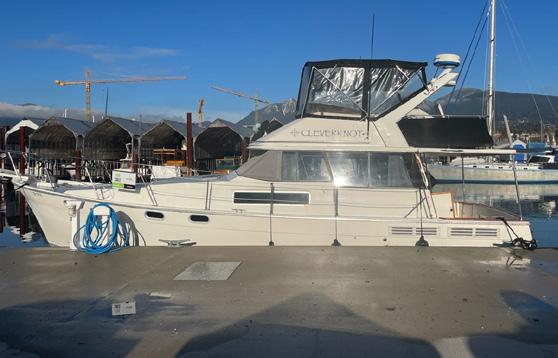

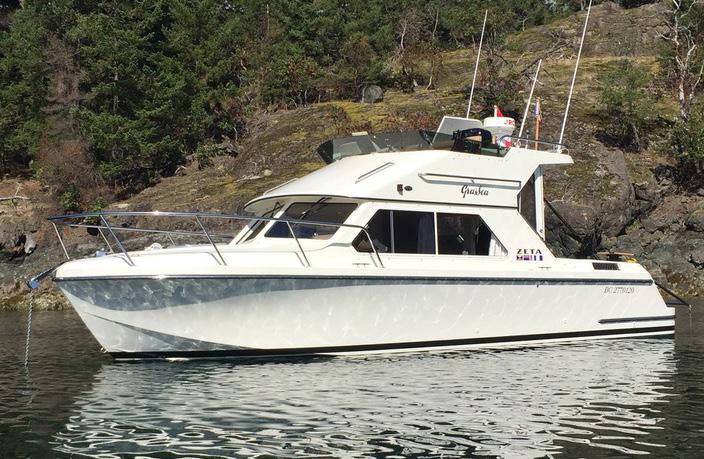












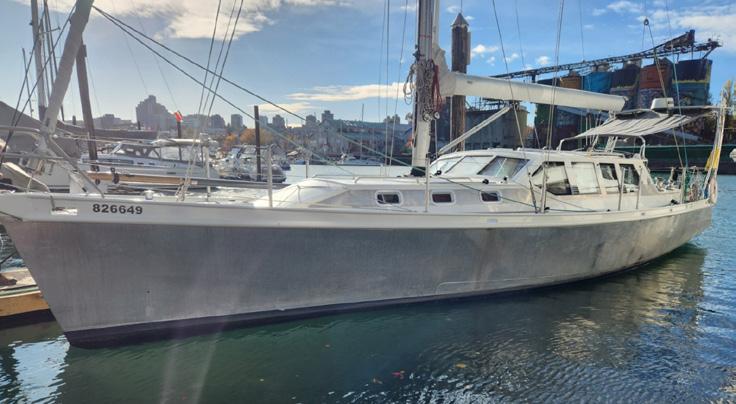






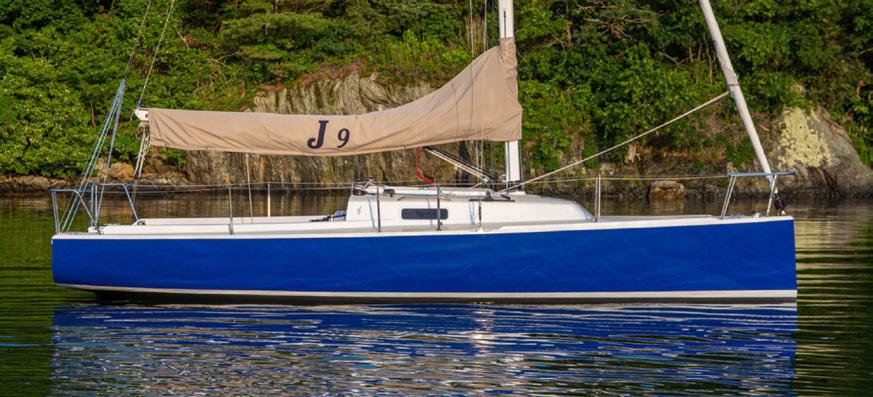











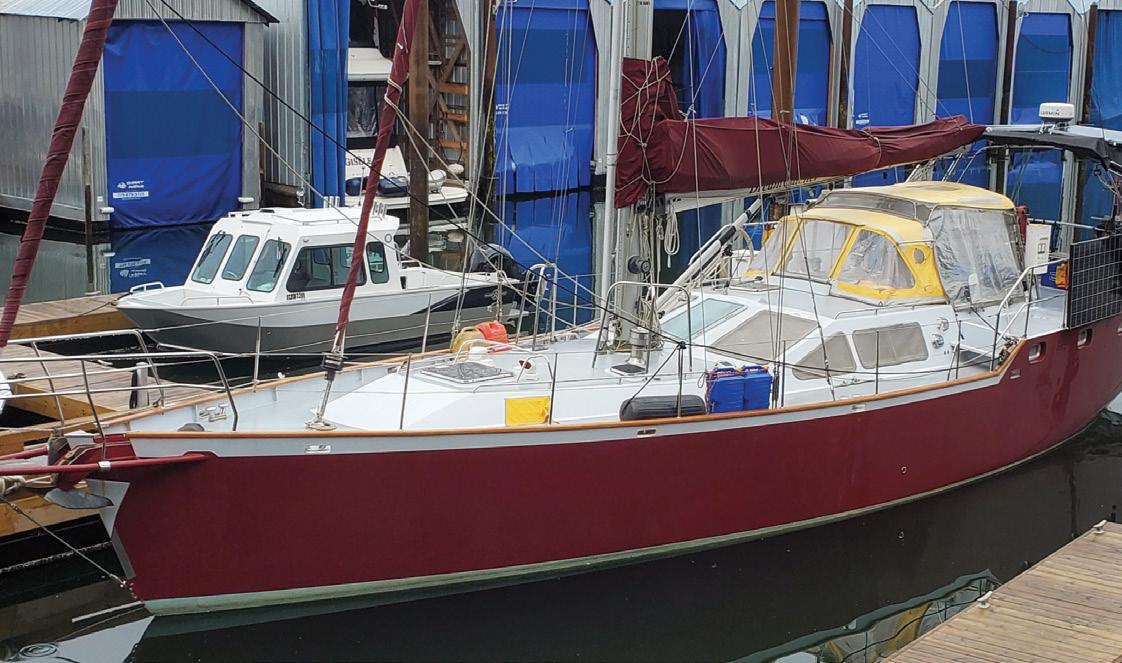







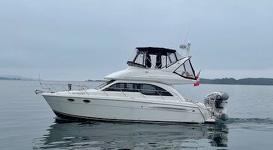











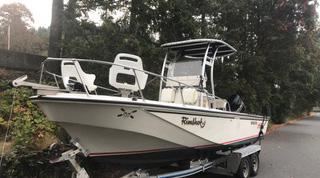






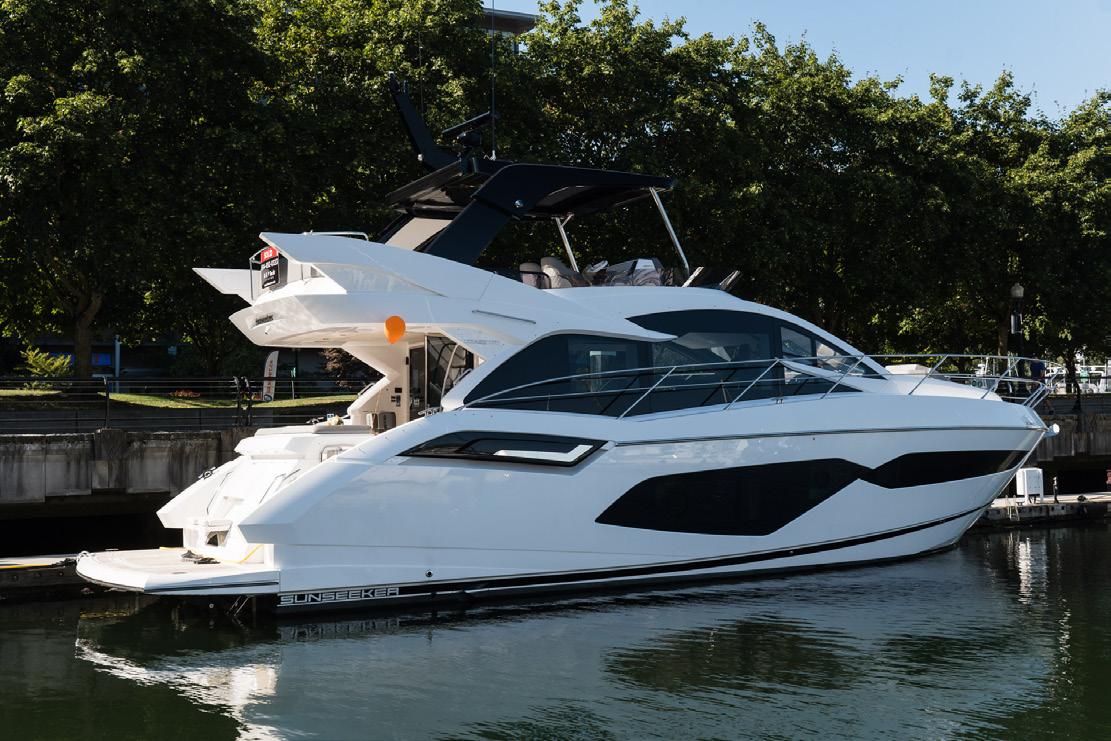


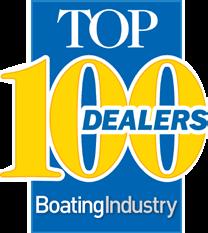







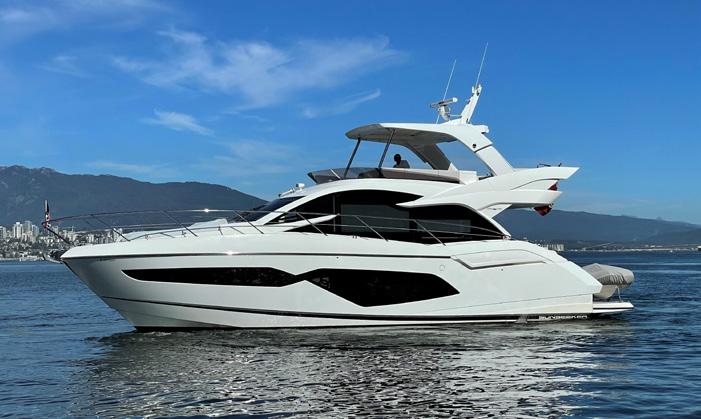


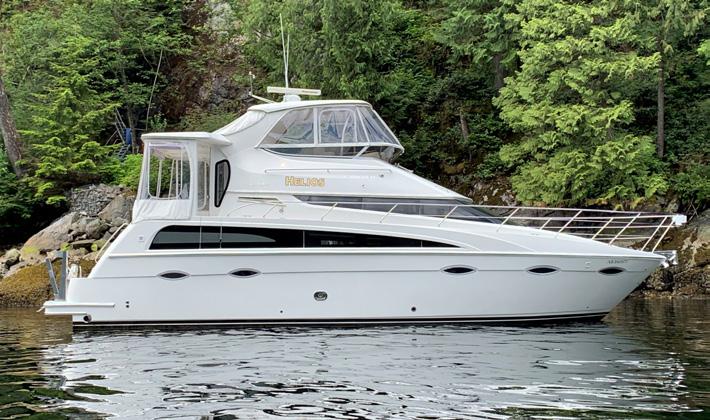










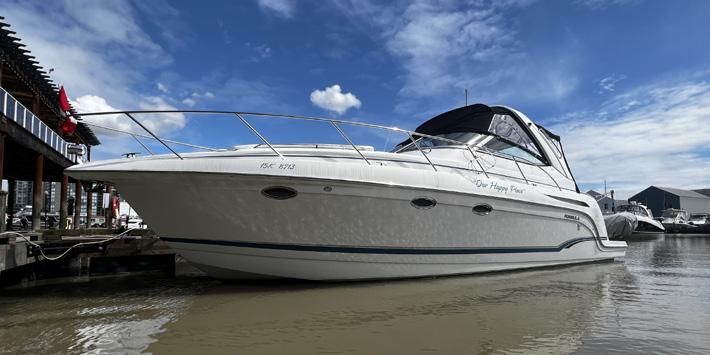








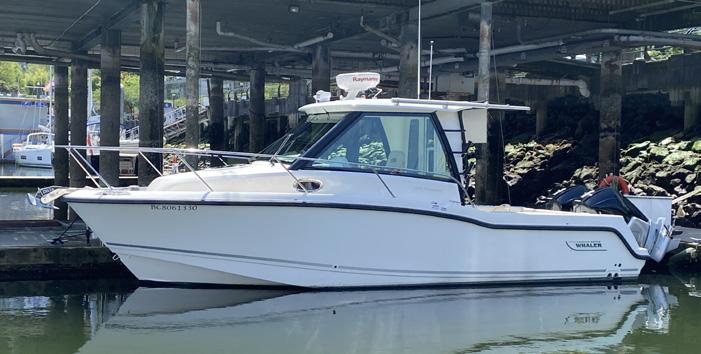

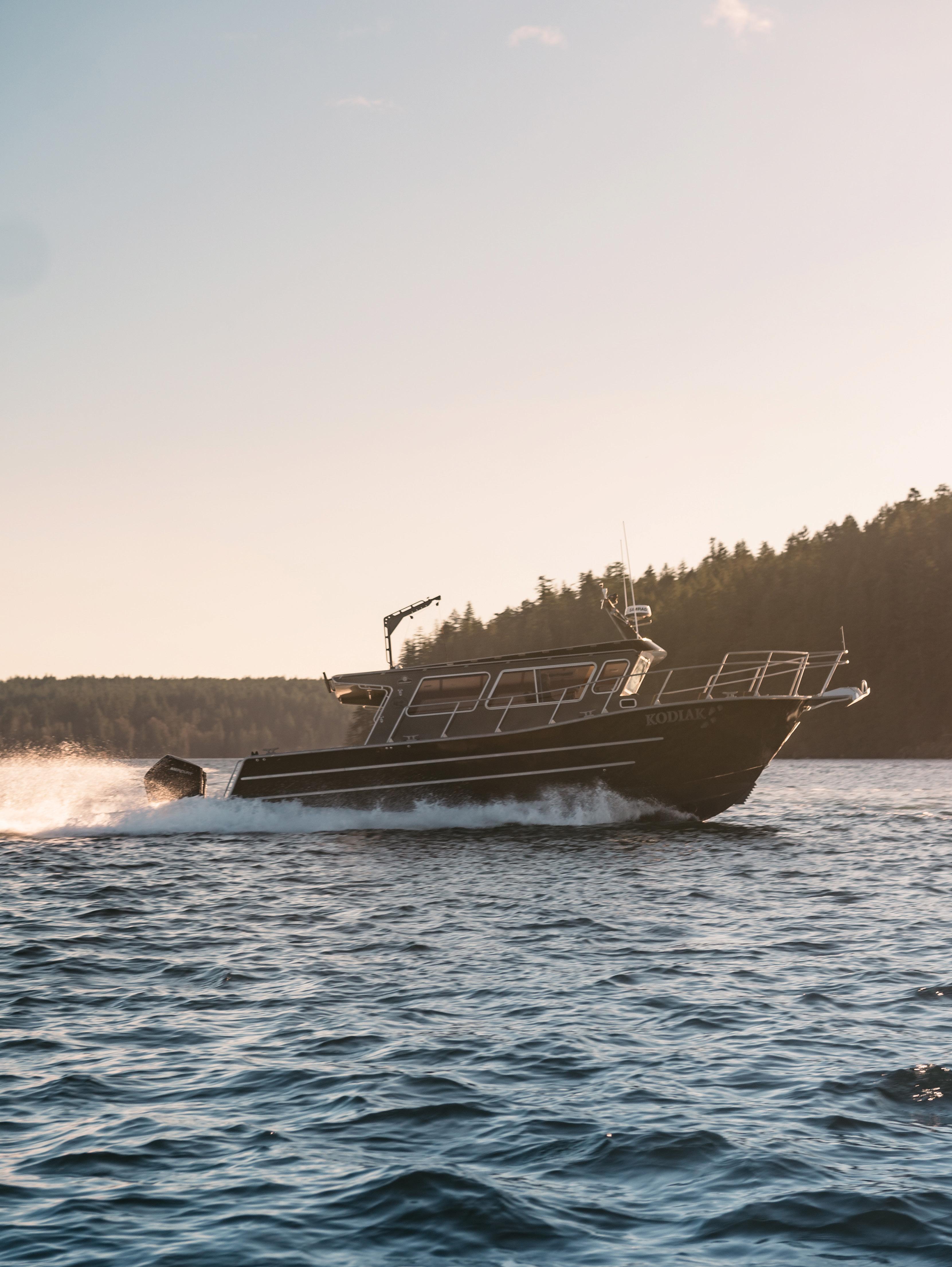







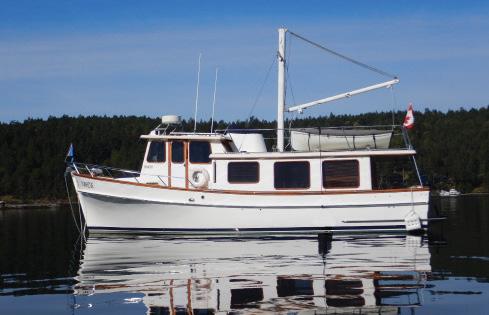
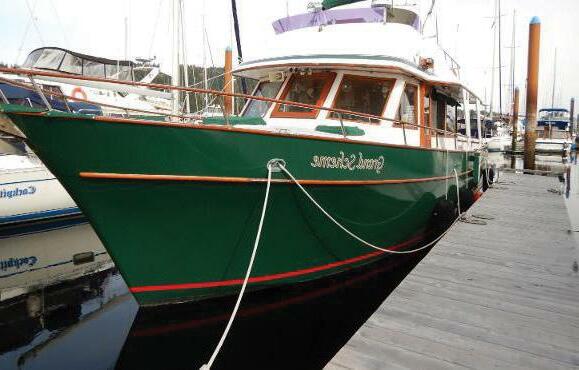



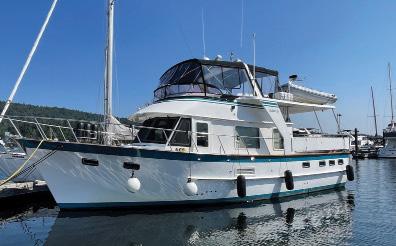


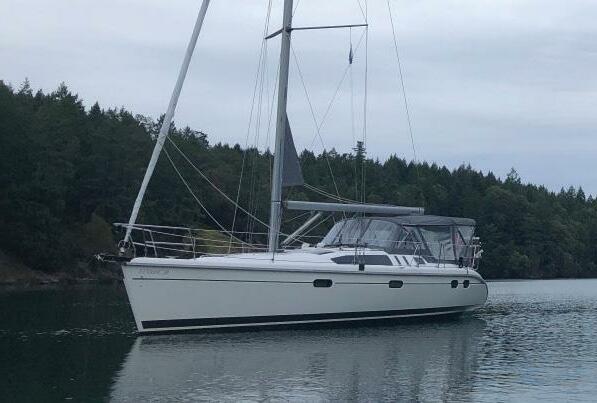


























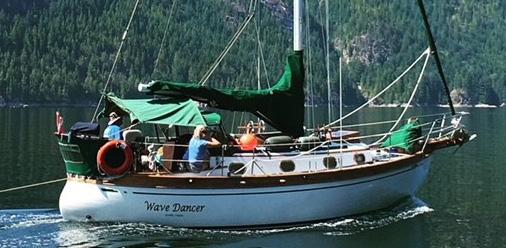
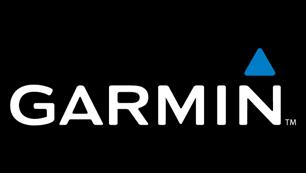
Designed INVENTORY ARRIVING SOON
to
grandyachts.com
remarkable ©BENETEAU








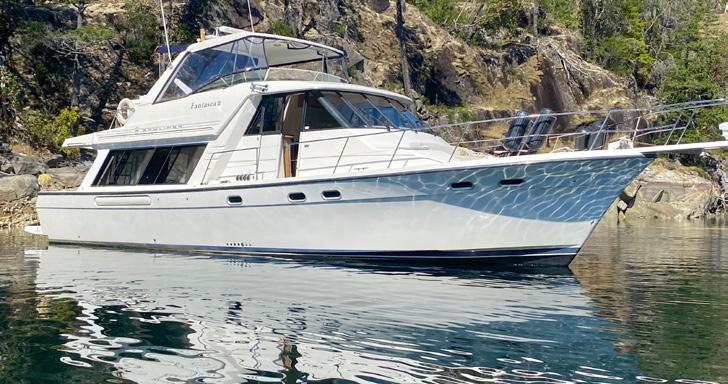










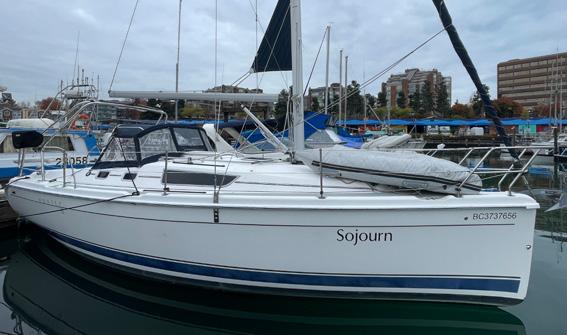

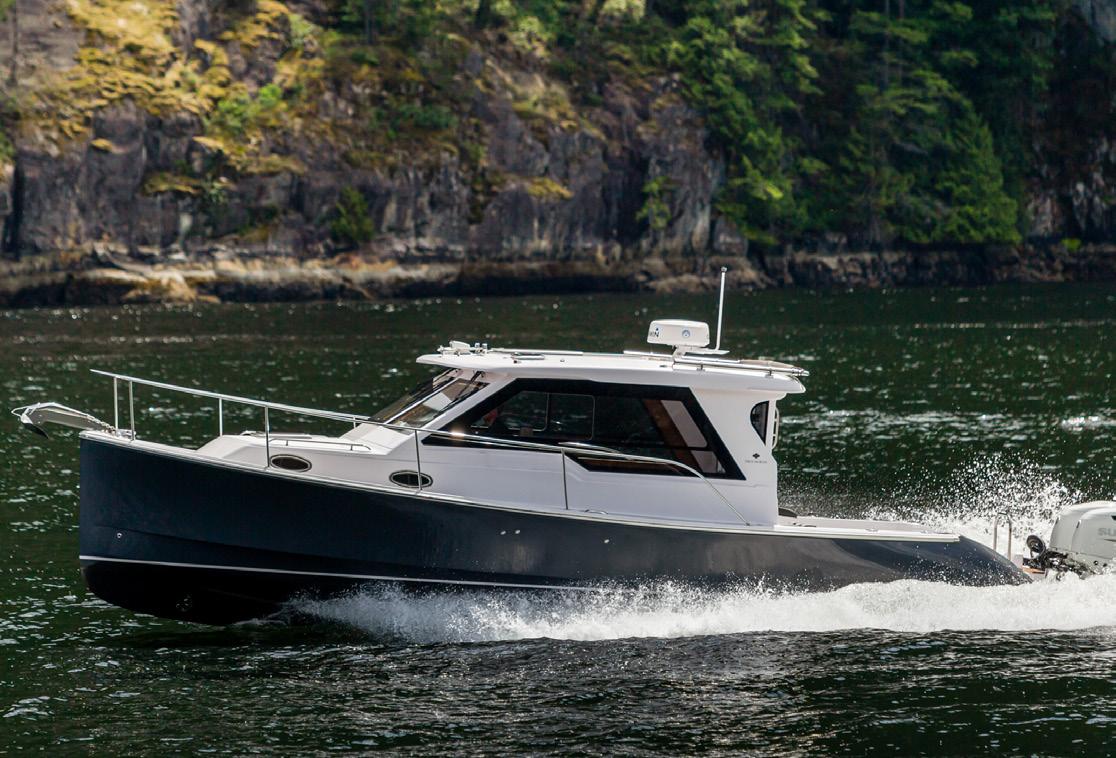















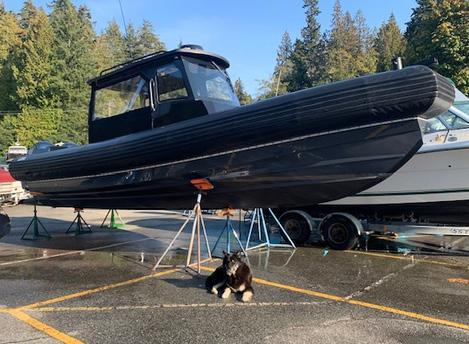

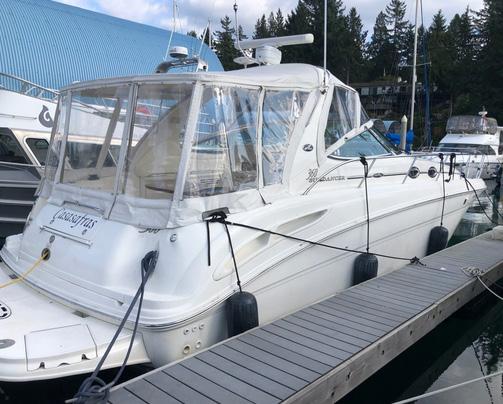
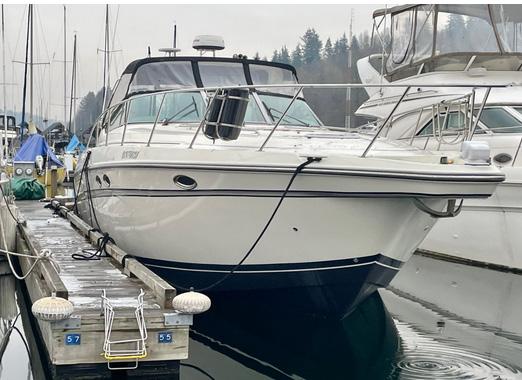



Sellers and buyers both benefit from a BCYCA member’s experience. BCYBA brokers assist buyers to find suitable boats in the local market or further afield in the international market. Similarly, they present locally owned boats for sale to local and international buyers.
Take the stress out of purchasing or selling your boat. A BCYBA broker is your guide through a successful transaction. They help in these ways:

• Identify and evaluate yachts of interest.
• Provide experience in negotiating acceptable sale terms.
• Ensure your deposit stays in Canada.
• Outline vessel documentation, title, importation, insurance and taxation issues.

• Utilize strong working relationships with co-operating brokers, marine surveyors, marine mechanics, boatyards and other key industry contacts.
• Provide local follow up to help you in your boating adventures.













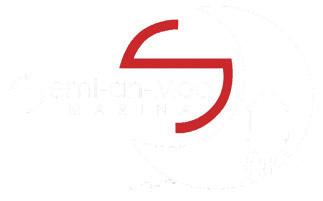

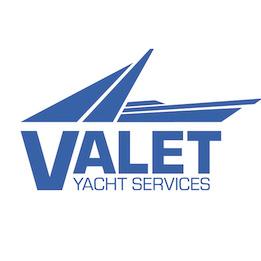
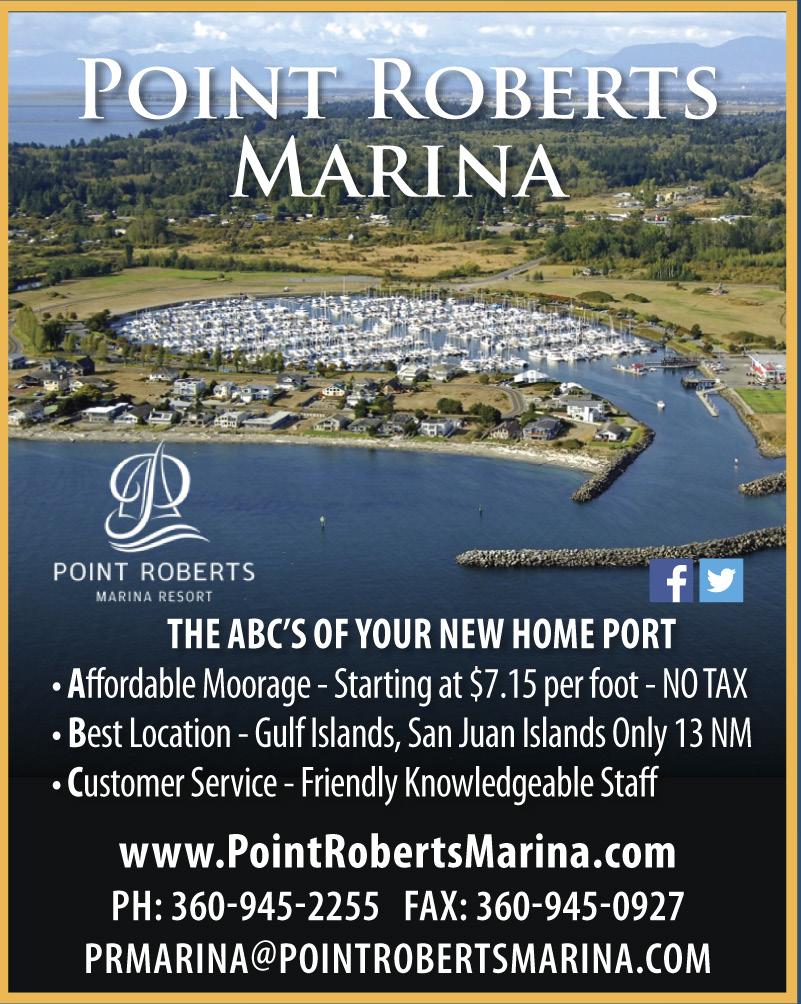








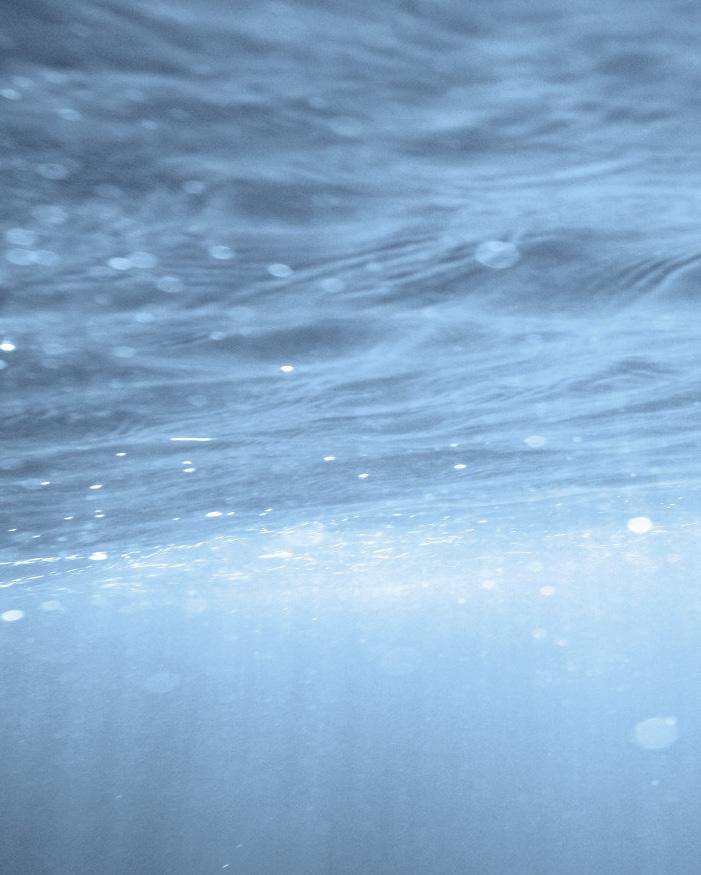







90 acres, 2 titles 1,150 ft oceanfront in Hecate Cove and 1,850 ft lakefront on Colony Lake in Quatsino on the west coast of Vancouver Island. Road goes through property. May be subdivision potential. Substantial mature timber, some cedar, no estimate of volume. $1,800,000











1.79 acres with 190± ft southwest oceanfront overlooking Sidney Channel, James Island and Vancouver Island to the Olympic Mountains. Flat, treed, easy to build on and landscape, when building site clearing is complete will be open, warm, and sunny. Set back from the road the treed winding driveway is one of the nicest on the island. $378,000
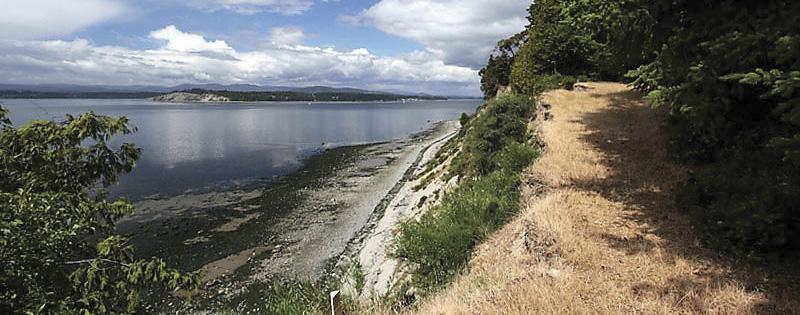
Very special 2.42 acres, 291 ft east facing oceanfront, incredible sunrises, sunsets bathe the view in splendid light. Beautifully treed with fir, cedar and arbutus, shared well excellent building sites. Communal dock and breakwater, airstrip, swimming pond, miles of roads trails, beaches and island caretaker. $528,000
Over


Excellent mid-sized acreage with a little bit of everything. Property is just under 20 acres with approx. 8 - 10 acres of mostly spruce forest and then a large open meadow / wetland area making up the rest. Land front on Little Knouff Lake and has a creek. Drilled well, near power but has solar set up. Assessed for $329k. $275,000

This luxurious 1/4 share ownership, corner suite villa is one of the largest homes & enjoys stunning ocean & island views through the large windows, featured throughout.
Halfmoon Bay • $249,900
604.741.1837 | www.oreillyrealestate.ca
Spectacular 3bed/2bath rancher situation on 0.75 acre oceanfront property with Western exposure, stunning sunsets & great privacy.
Sechelt • $2,850,000


Don't miss this custom built, brand new 4bed/4bath home in one of Madeira Park's loveliest & quietest locations, steps to Baker Beach, one of the area's finest!

Nestled on a 5 acre waterfront parcel, this spectacular custom built home features stunning ocean & island views from nearly every room!
Sechelt • $2,150,000
Madeira Park • $1,850,000
Very private low-bank waterfront home on a level .26 acre property with 60ft of oceanfront!
Sechelt • $1,985,000
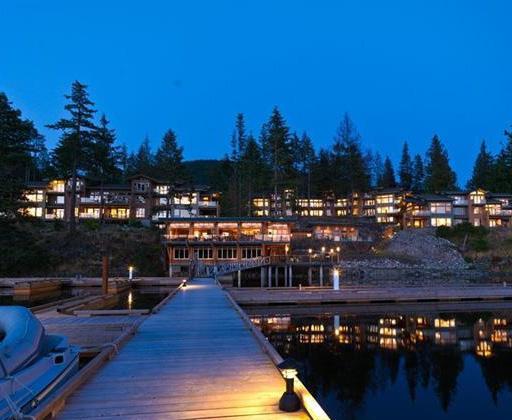


Immaculately maintained waterfront home on a quiet cul-de-sac in Halfmoon Bay! Spectacular ocean & island views are front & centre from this lovely 2bed/2bath home

Halfmoon Bay • $1,650,000
First time on the market, stunning private esplanade lakefront acreage! This is one of the last large acreages (13.88) on Hotel Lake, featuring unobstructed & panoramic lake views & sunshine.

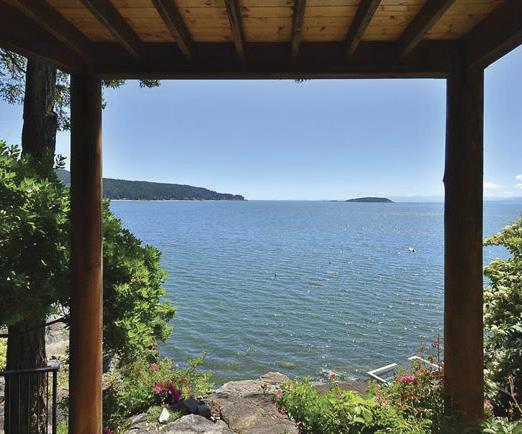

Garden Bay • $1,398,000
Very private low bank waterfront just mins to Sechelt! Easy access to the pristine beach from this 2,800+ sq.ft. recently reno'd Rancher with level entry access.




Sechelt • $2,299,000
Immaculately maintained waterfront home! This lovely 3bed/2bath West Coast home is bright and sunny and offers spectacular ocean & island views.
Low-bank 3bed/2bath waterfront cottage in Secret Cove with a private dock! Just minutes to some of the best boating in B.C, close to Smuggler Cove Provincial Park & Thormanby Island!
1st time on the market, this spectacular 5+ acre parklike setting at Ruby Lake features 2 separate homes & is the kind of property that sets a new pace the minute you arrive.


Gorgeous waterfront home with easy access into the ocean for swimming or launching a kayak, as well as stunning, unobstructed ocean/ island views!

Low-bank Sakinaw lakefront, well maintained 3 bedroom/2 bathroom home + a separate guest cottage! A stunning setting with sunny Southern exposure and spectacular views.
Halfmoon Bay • $1,800,000
Halfmoon Bay • $1,298,000
Ruby Lake • $1,699,000
Garden Bay • $1,998,000
Sakinaw Lake • $2,499,000
West


DL 6, Noeick
portion of the property. Completely off grid. In the Great Bear Rainforest , on the BC Coast $850,000






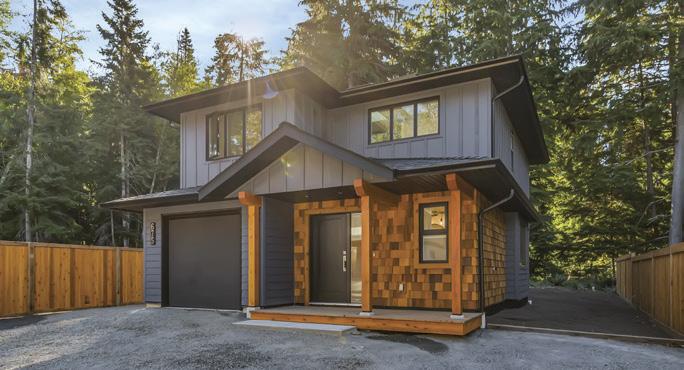


: 178 acres, ocean and riverfront south of Bella Coola, at the mouth of the Noeick River Potentially harvestable 2nd growth spruce on a portion of the property. Completely off grid. In the Great Bear Rainforest , on the BC Coast $850,000





West Coast Oceanfront: 3.56 acres in the Hot Springs Oceanside development north of Tofino on Vancouver Island’s west coast. Nicely forested, diverse shoreline including a peninsula and



West Coast Oceanfront: 3.56 acres in the Hot Springs Oceanside development north of Tofino on Vancouver Island’s west coast. Nicely forested, diverse shoreline including a peninsula and bay. Protected location, southern exposure. Water access only. $159,900
Orca Inn, Alert Bay: Inn and restaurant/pub with lots of potential! Commercial kitchen, 3 rental units plus self-contained manager’s suite, retail space. Region renowned for whale watching, fishing and First Nations cultural activities. $600,000
Orca Inn, Alert Bay
and restaurant/pub with lots of potential! Commercial kitchen, 3 rental units plus self-contained manager’s suite, retail space. Region renowned for whale watching, fishing and First Nations cultural activities. $600,000




Centre Island : 110 acre private island in Esperanza Inlet, west coast Vancouver Island. Numerous little bays, peninsulas, and bluffs. Oneroom cabin plus workshop, fresh water ponds, complement of equipment. Quick access to the open west coast! $1,790,000
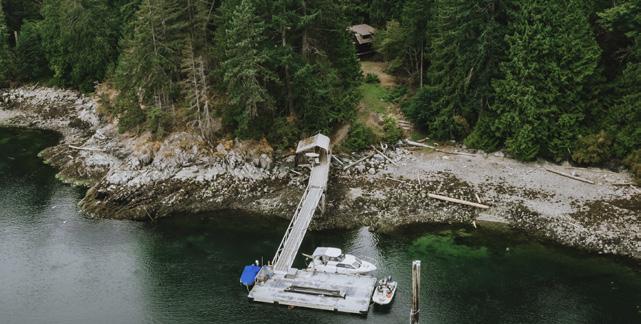


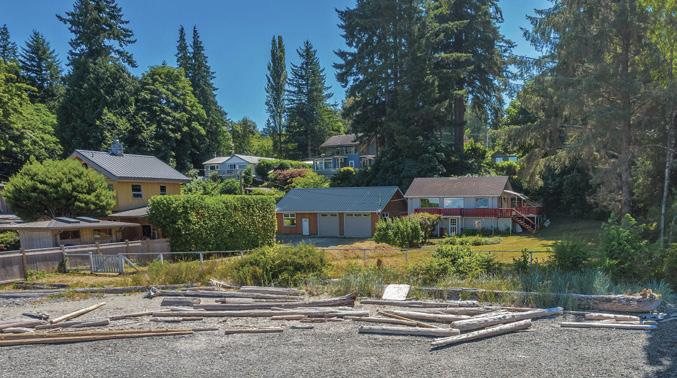
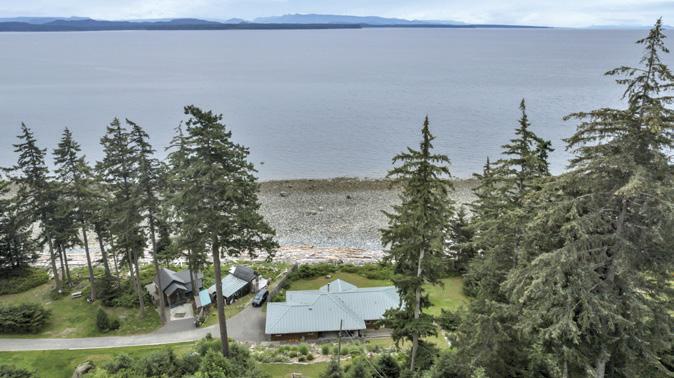
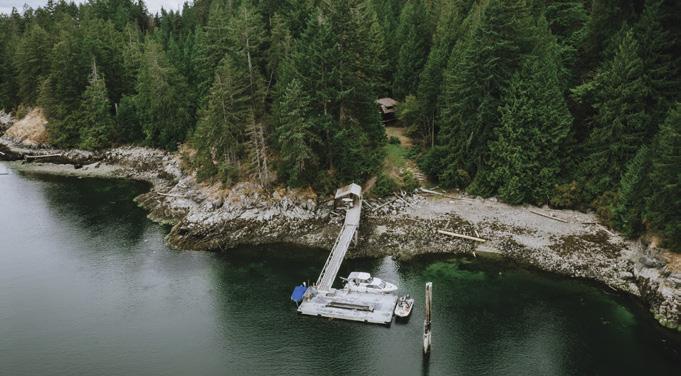


Centre Island : 110 acre private island in Esperanza Inlet, west coast Vancouver Island. Numerous little bays, peninsulas, and bluffs. Oneroom cabin plus workshop, fresh water ponds,




Hidden Cove Lodge: 8 acre resort on the shores of Johnstone Strait on northern Vancouver Island. Several types of



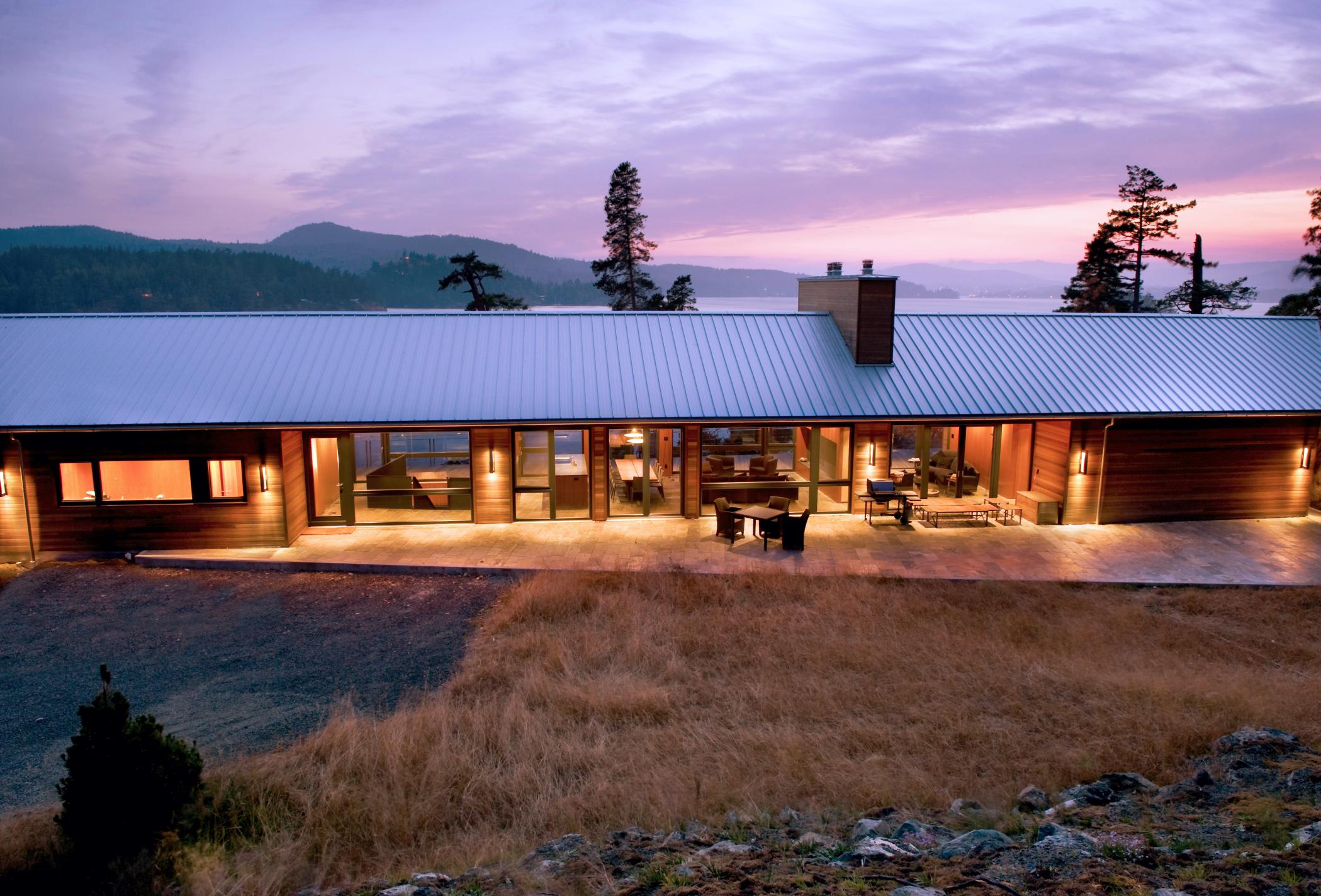








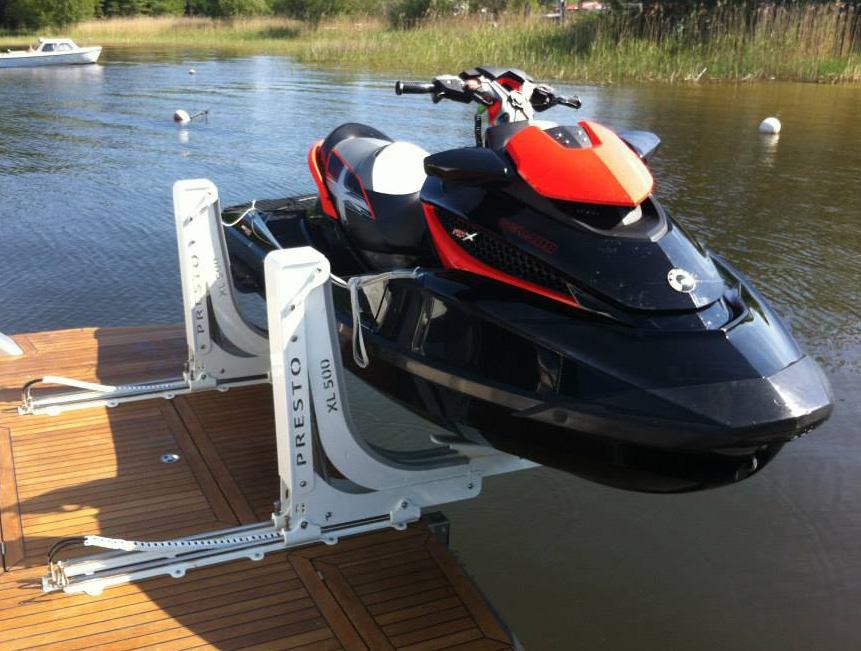









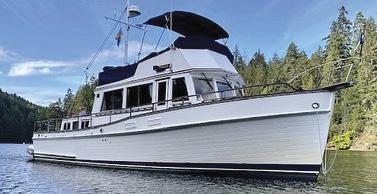











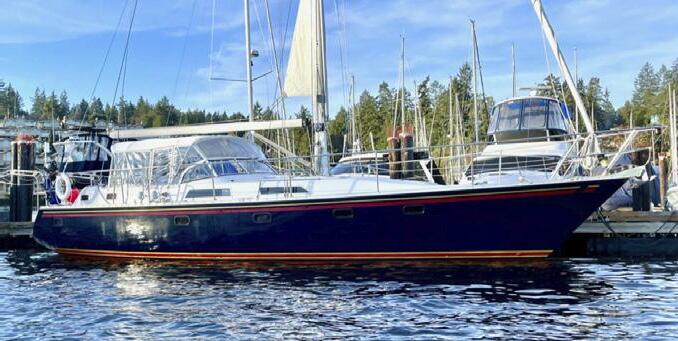

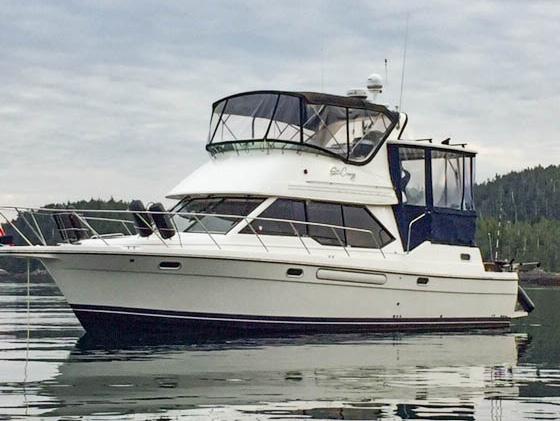
We make getting out of boat ownership a breeze. Donate your boat in support of our local community of sailors with disabilities and receive a tax receipt for its full market value. We call that a win-win. All boat










We make getting out of boat ownership a breeze. Donate your boat in support of our local community of sailors with disabilities and receive a tax receipt for its full market value. We call that a win-win.







Maine-Alaska (SE,Gulf,PWS), Panama, China. U.S. West Coast. Electronic Chartplotting, EXPERT: picking weather, bar crossings (2000+), wintertime, North Pacific. USCG Master. 45+ years experience Mike Maurice +1-503-310-7590 www.yachtsdelivered.com








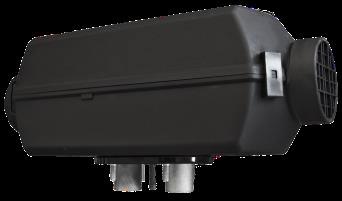






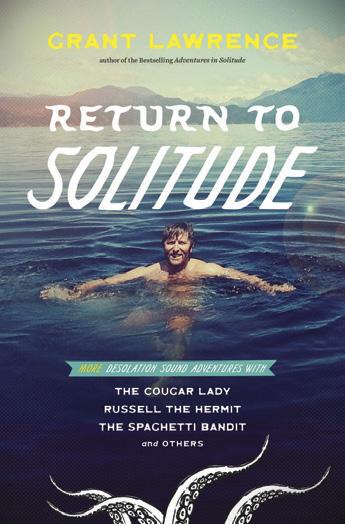











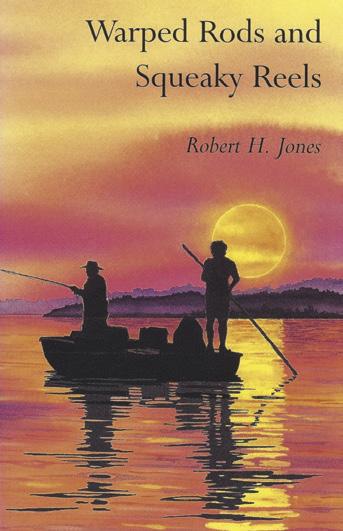








After gathering myself together, I got back to my feet and returned to the pulpit to see if I could spot any other rocks in the water.
Almost immediately, the foredeck plunged, and I was again in the air. This time landing on deck and getting a deck rash from my ankle to my hip.
We quickly cleared the rocks and were back in deeper water!
The instructor scrambled to make sure no one was seriously injured (the instructor and two other students had bruises from being thrown around in the cockpit) and then rushed below to lift floorboards and make certain the boat wasn’t taking on water. All appeared normal.

We had made it through Boat Passage!
We radioed the charter company and told them what had happened and that the boat seemed to sail OK and did not have any visible damage. They allowed us to stay overnight at Bedwell Harbour and sail back to Sidney the next morning.


When back at the dock, the charter company had a diver check the hull while we lifted more floorboards. The diver said that there were some significant gouges on the keel but no other obvious damage.

With two new students, myself and the instructor, we headed out for another three days of cruising and the boat sailed without issue!

Later, when surveyed, it was revealed that there was significant structural damage to the hull of the boat!



Yes, you can go through Boat Passage on a monohull but I will never attempt it again!



water (and in the head).
TWe spent the rest of the night studying charts and trying to identify the navigation lights we could see around us.
After a single malt (or two), I posed the question: “Can we go through Boat Passage with this boat?”
slack, we decided to go for it.


In the throat of the pass, our speed through the water was about three knots and our speed over ground (SOG) was one knot. Once through the actual pass, our SOG was likely approaching three knots.
Twenty-five plus years ago, I was aboard a chartered C&C 34 with three other students and an instructor while taking a basic cruising course in the gulf islands. We had spent the day practicing man overboard drills in Plumper Sound and docking skills at the nearby Government Dock.
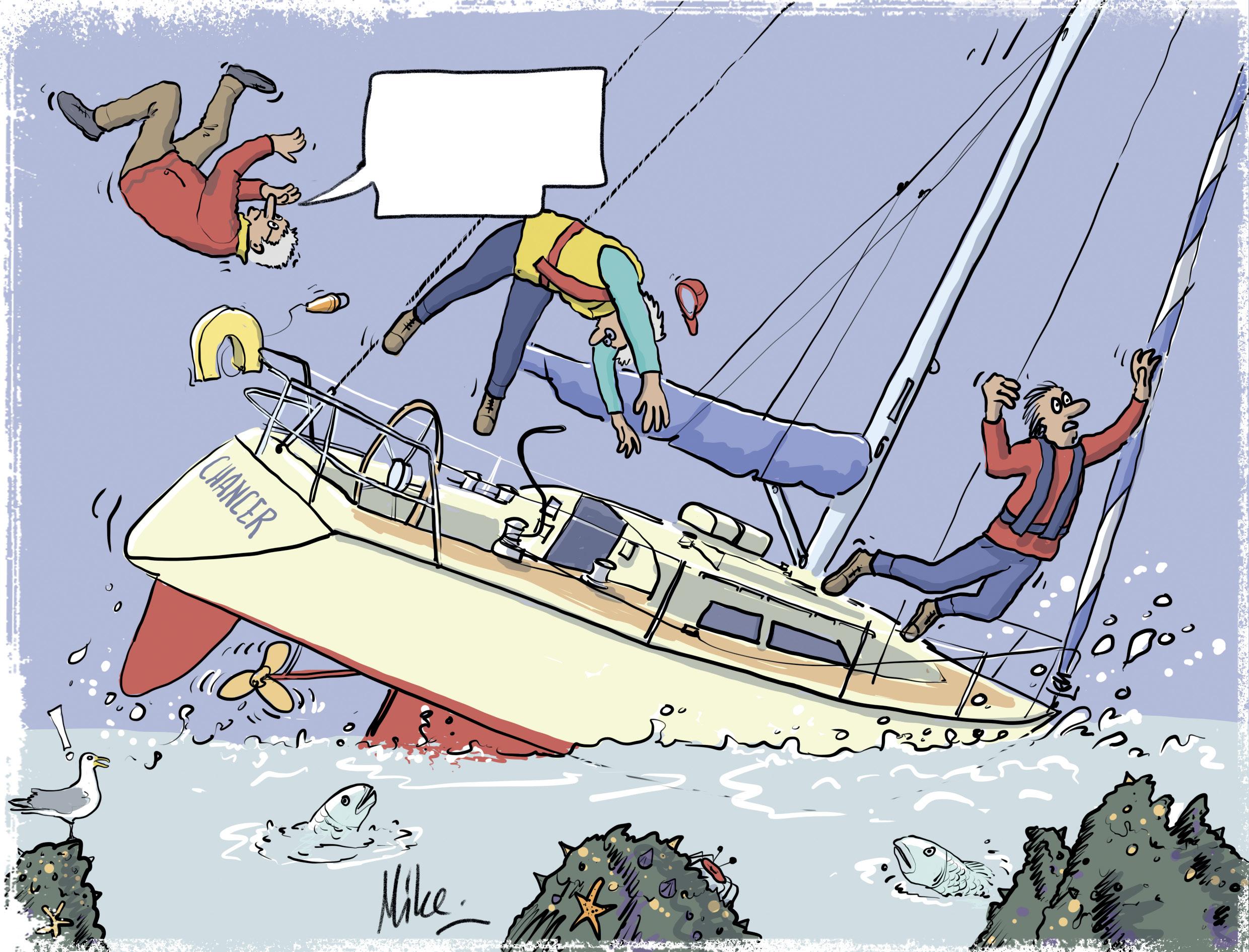
We dropped the anchor in Lyall Harbour and enjoyed a great dinner on board while watching the spectacular phosphorescence in the surrounding
Not knowing the answer for certain, we looked carefully at the chart and eventually decided that it should be possible. There were a couple of kelp patches marking the rocks and shallows at the exit on the east side, but otherwise it looked pretty clear.
Knowing that there would be a current, we studied the tide tables and calculated the time for slack—the plan was hatched!
The next morning, we sailed into Winter Cove and circled around, killing time until slack. At 15 or 20 minutes before
One of the other students was at the wheel, and I went forward to the pulpit to watch for the kelp beds.
After identifying the kelp, I turned to go aft and point them out to the helmsman when, with a sickening crunch sound, I found myself (what felt like) six feet above the foredeck!
I came crashing down thinking that I was going overboard and landed with my butt on the toe rail and my arm over the safety line.




